In today's fast-paced, high-stress world, finding a balance between daily pressures and self-care is more critical than ever before. One of the most effective and enjoyable methods for relaxation is leveraging the ancient art of acupressure in the comfort of your own bathtub. In this comprehensive guide, we will explore the benefits of combining acupressure with bath relaxation practices, as well as share suggestions on how you can enhance your bathing routines.
What is Acupressure, and How Does it Work?
Acupressure is a traditional Chinese medicine practice that dates back thousands of years. Rooted in the understanding of the body's energy pathways or meridians, acupressure therapy applies gentle pressure to specific points throughout the body. This technique facilitates the flow of vital energy or 'qi,' which in turn promotes overall wellness, relaxation, and stress relief.
Like acupuncture, acupressure focuses on specific points throughout the body. However, acupressure therapists use their hands, fingers, or specialized tools, such as acupressure mats instead of needles. By applying targeted pressure, they can alleviate pain, muscular tension, and restore balance to the body.
Acupressure and Bath Relaxation: A Powerful Combination for Stress Relief
Indulging in a warm, soothing bath allows the body and mind to unwind. When you incorporate acupressure techniques into your bath relaxation routine, the therapeutic effects are enhanced. The gentle pressure applied to acupressure points during a soak can aid in symptom relief and promote a deep sense of relaxation—making the experience enjoyable and beneficial for overall health.
The Benefits of Bathtub Acupressure Relaxation
- Eases muscle tension and pain: The targeted application of pressure on various acupressure points can alleviate muscle aches and tension caused by stress or physical strain.
- Improves circulation: Acupressure can help stimulate the proper flow of blood throughout the body, providing essential nutrients to muscles and organs.
- Boosts relaxation: By relieving stress and promoting blood flow, acupressure aids in fostering a deeper sense of relaxation during a bath.
- Connects mind and body: Engaging in acupressure while soaking in the tub encourages mindfulness and a heightened awareness of both mental and physical sensations, contributing to a more immersive, relaxing experience.
Essential Products and Techniques to Create an Acupressure Oasis at Home
Incorporating acupressure into your bath relaxation routine is easier than you might think. With a few simple tools and techniques, you can transform your bathroom into a haven of tranquility and healing.
1. Invest in a Quality Bath Pillow
Elevate your bathing experience with a luxury bath pillow that provides optimal support for your head and neck. A cushioned, ergonomically designed pillow can ensure comfort and ease during acupressure treatments.
2. Acupressure Mats for Bathtubs
When it comes to bath relaxation, using an acupressure mat can be a game-changer. These mats provide an easy way to stimulate acupressure points throughout the body. Designed with a non-slip surface and featuring hundreds of pressure points, acupressure mats can make your bathtub even more therapeutic.
3. Acupressure Tools and Accessories
In addition to bath pillows and acupressure mats, consider investing in specialized tools that help target specific points on your body. Examples include acupressure rings and balls or even a handheld acupressure massager. These tools can enhance your bath relaxation experience by providing targeted relief.
4. Learn and Practice Acupressure Techniques
Knowing how to locate and manipulate various acupressure points correctly is essential for achieving the desired results. Consider taking a course or exploring online resources to further your understanding of acupressure techniques and how to incorporate them into your bathing routine effectively.
Enhance Your Bath Experience with Mindfulness Practices and Aromatherapy
In addition to using acupressure tools and techniques during bath relaxation, combining other stress-relief practices can elevate the experience. Incorporate mindfulness practices like deep breathing exercises and meditation, or add in calming bath salts and essential oils for a spa-like atmosphere.
In conclusion, incorporating acupressure techniques into your bath relaxation routine can provide immense benefits for both physical and mental well-being. As you explore and experiment with different tools, techniques, and spa-like elements, you're sure to create a rejuvenating oasis in the comfort of your own home.
Frequently Asked Questions about Bathtub Acupressure Relaxation
When integrating acupressure into your bath relaxation routine, questions may arise about the correct techniques and potential side effects. To help you navigate the process, we have answered some of the most common questions about bathtub acupressure relaxation.
How long do you apply pressure for acupressure?
The duration of applied pressure during acupressure can vary depending on the individual and the specific point being targeted. Generally, pressure should be applied for 30 seconds to 2 minutes. However, for some points, you may need to hold pressure longer or shorter, depending on your comfort level and the degree of relief you experience.
How much pressure should be applied in an acupressure therapy?
The ideal pressure applied during acupressure therapy is firm yet gentle. It would help if you aimed for pressure strong enough to stimulate the point effectively but gentle enough to avoid discomfort or pain. Ultimately, you should listen to your body and adjust the pressure according to your individual needs and preferences.
What are the side effects of acupressure mats?
While acupressure mats can offer numerous health benefits, they may also have side effects, especially for those who are new to using them. Potential side effects can include:
- Temporary skin irritation or redness due to the sharp points on the mat
- Mild discomfort or soreness during the initial use, as your body adjusts to the sensation of the pressure points
- Overstimulation of certain areas, particularly if you use the mat for an extended period without first building up tolerance
Remember to follow the mat's manufacturer's guidelines, start with shorter sessions, and gradually increase the duration over time to minimize such side effects. You should also consult with a doctor if you have any concerns or pre-existing conditions that may interfere with acupressure therapy.
How do you relax your mind with acupressure?
To achieve mental relaxation with acupressure, focus on stimulating specific acupressure points known to promote relaxation and reduce stress. Examples of such points include:
- Third Eye Point (Yintang): Located between your eyebrows, where the bridge of your nose meets your forehead
- Heavenly Pillar (B10): Located on the back of the neck, approximately one inch below the base of the skull and one inch to either side of the spine
- Spirit Gate (HT7): Located on the inner side of the wrist, in the crease where the hand meets the arm
By applying pressure to these points during your bath relaxation, you can effectively calm your mind and alleviate stress. Additionally, incorporating deep breathing exercises and mindfulness practices can further enhance mental relaxation during acupressure therapy.
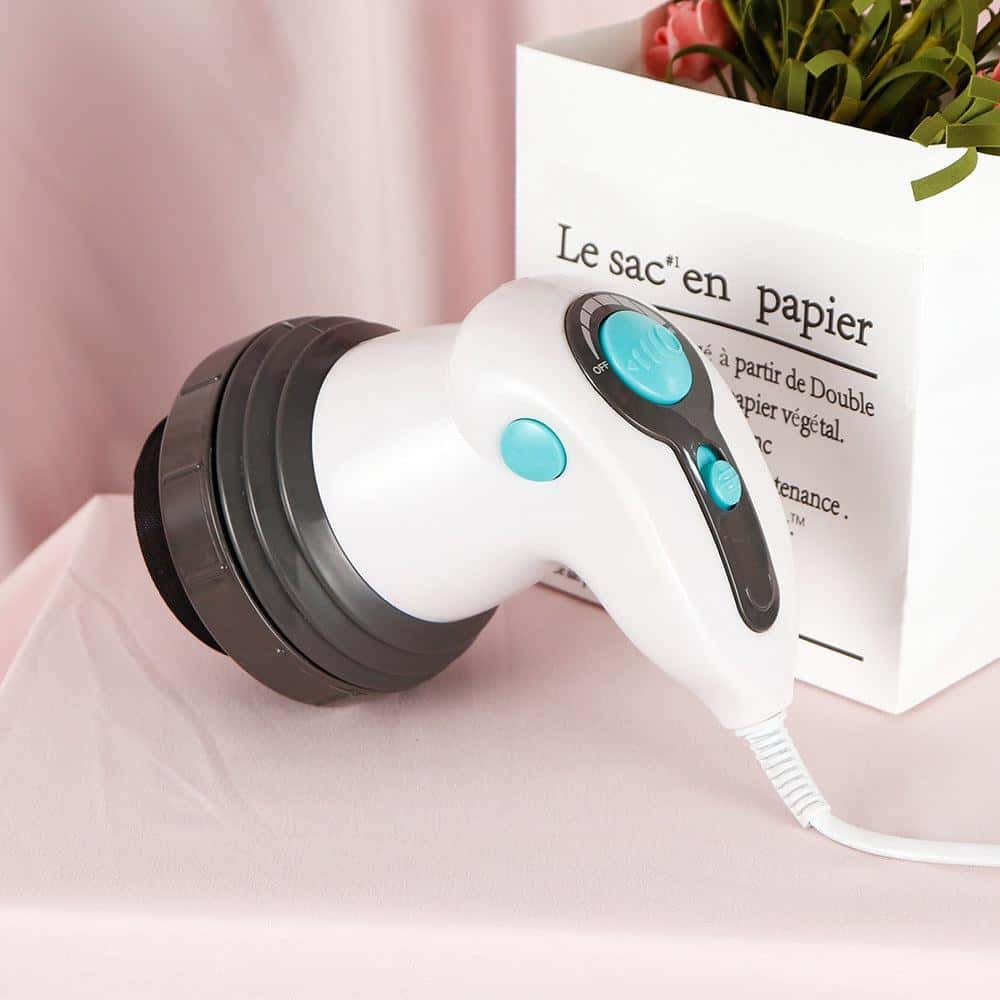
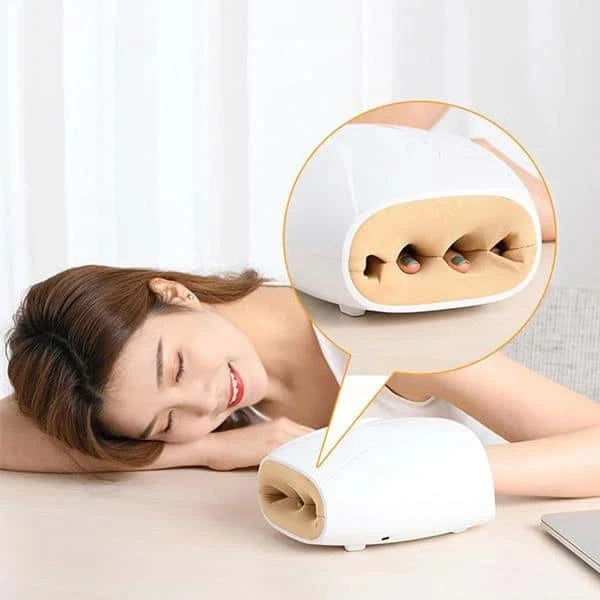
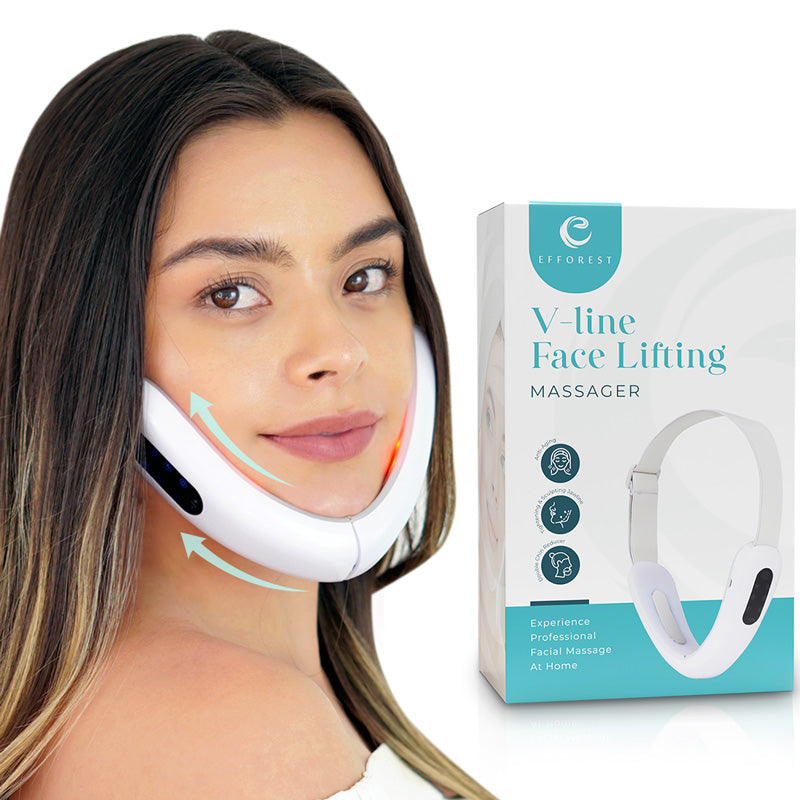
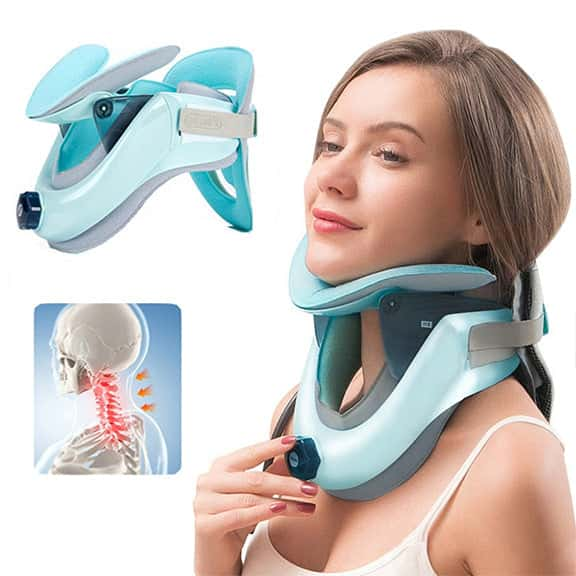
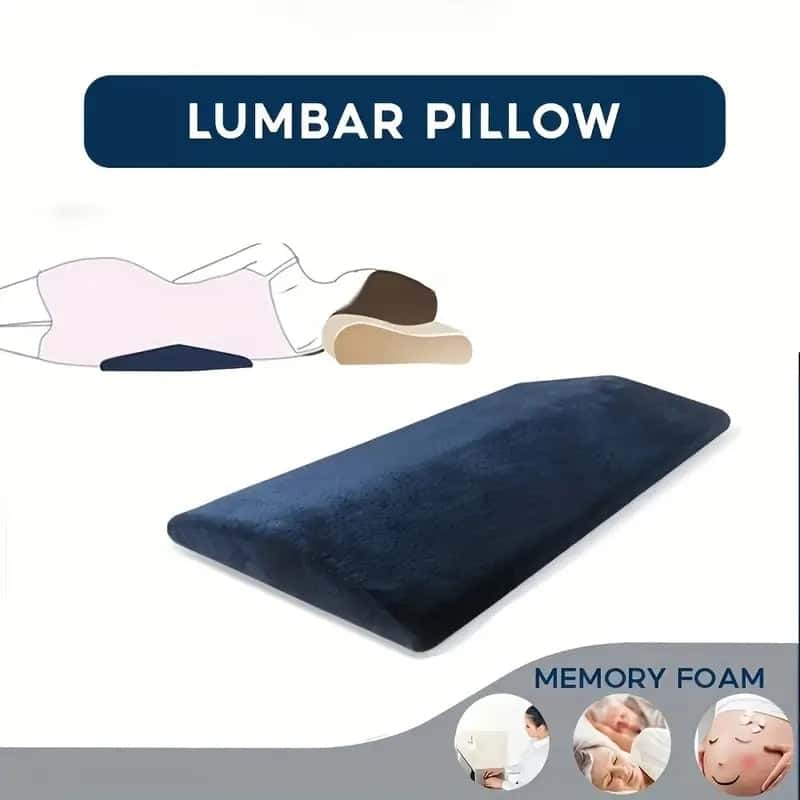

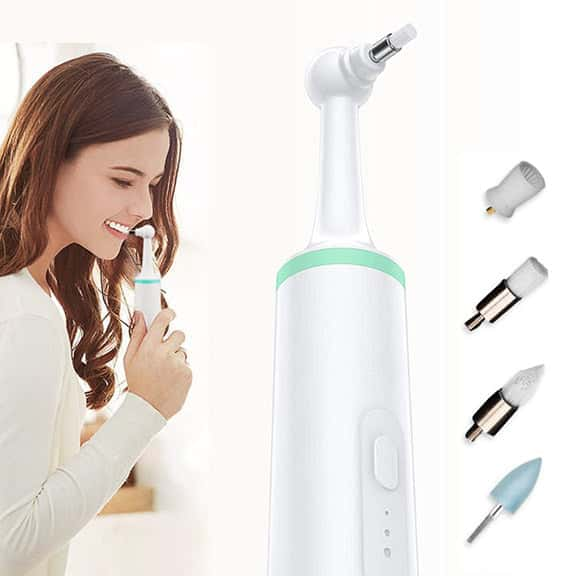

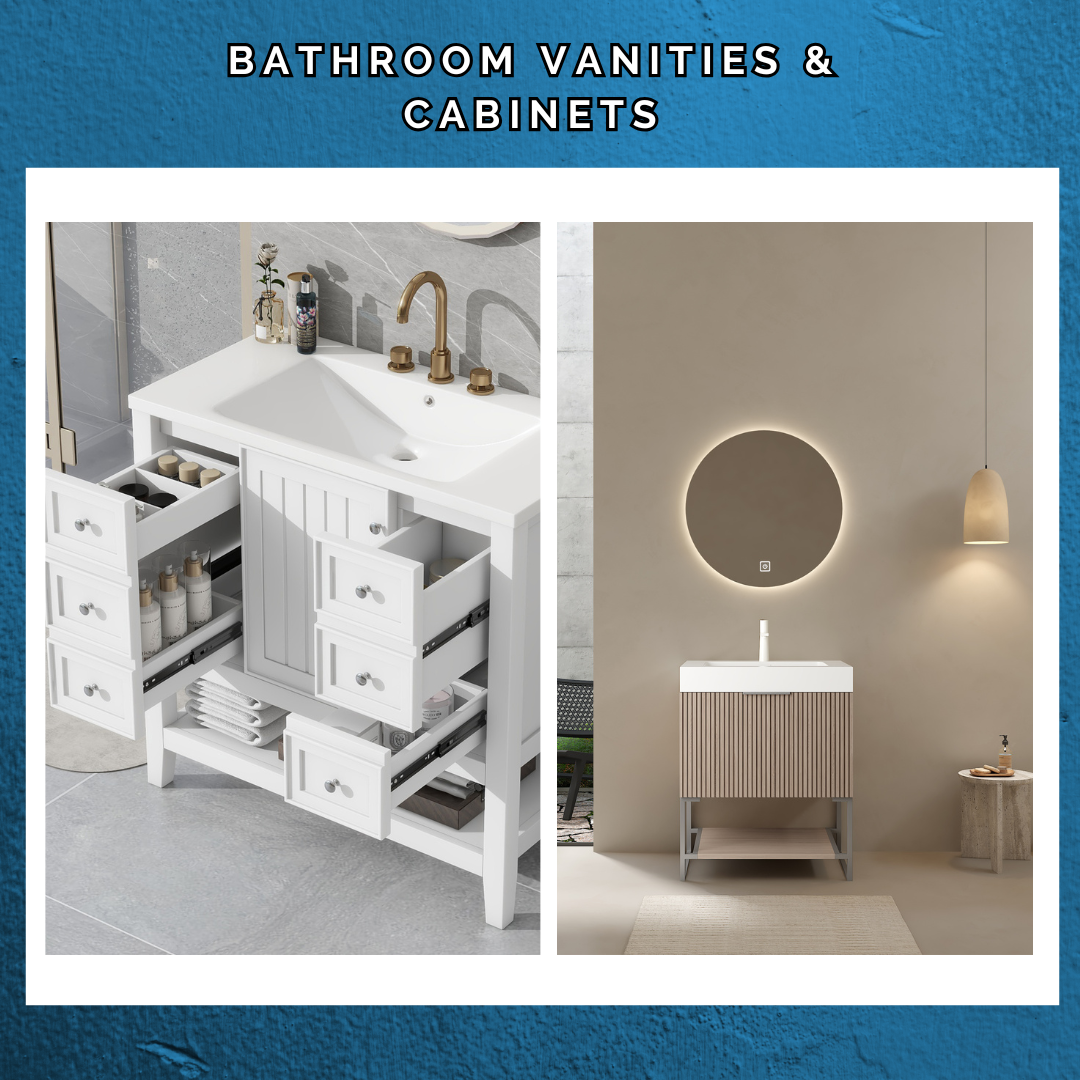
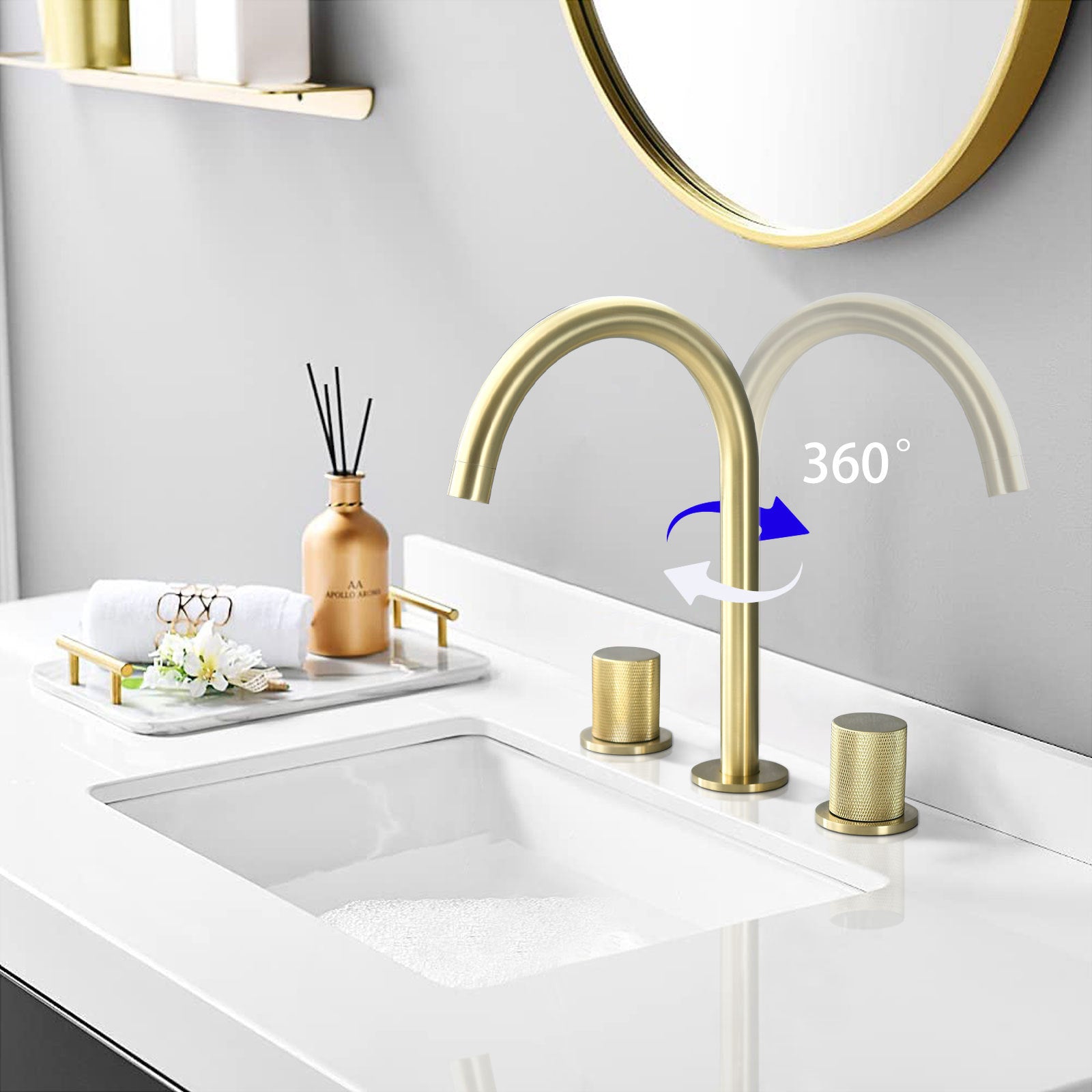
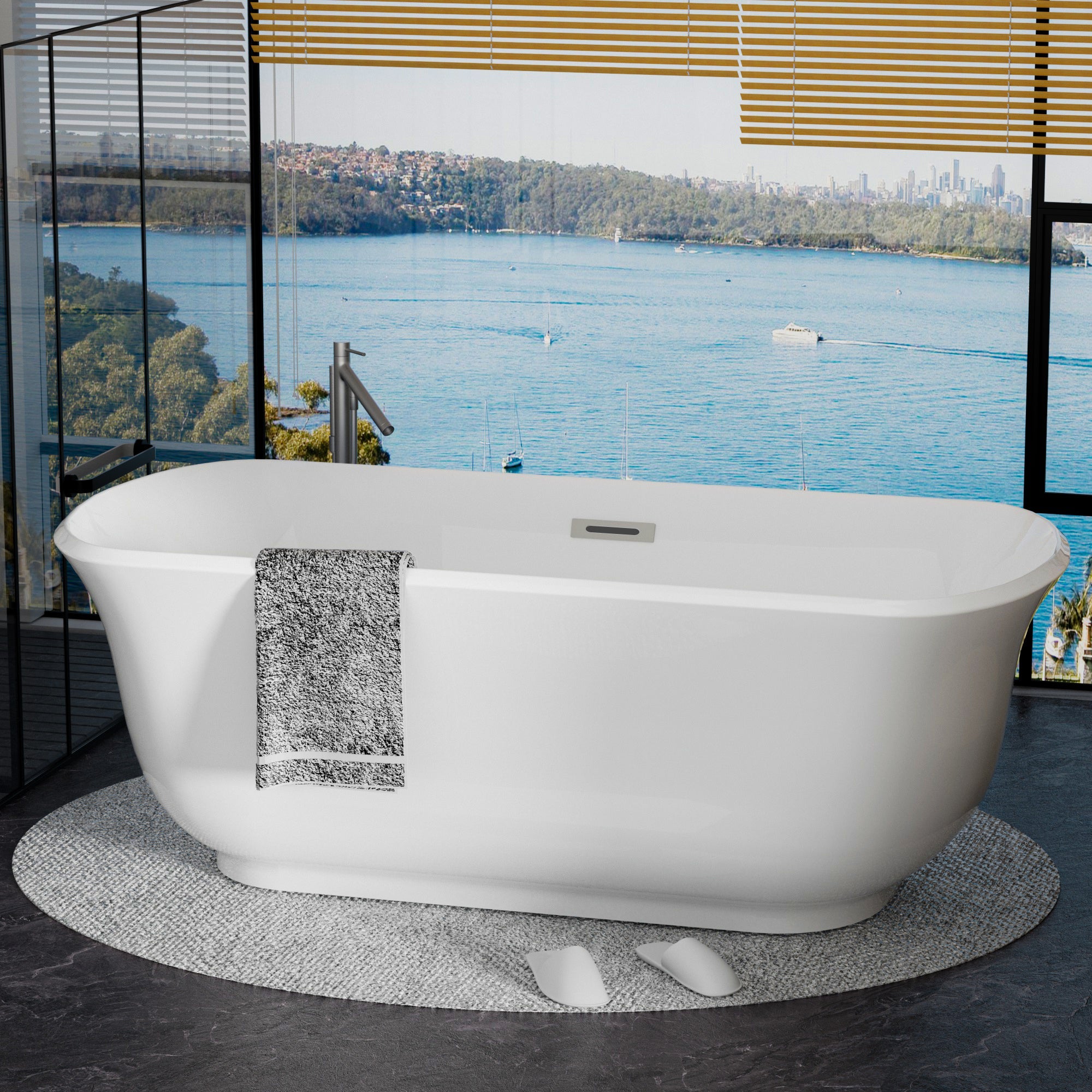


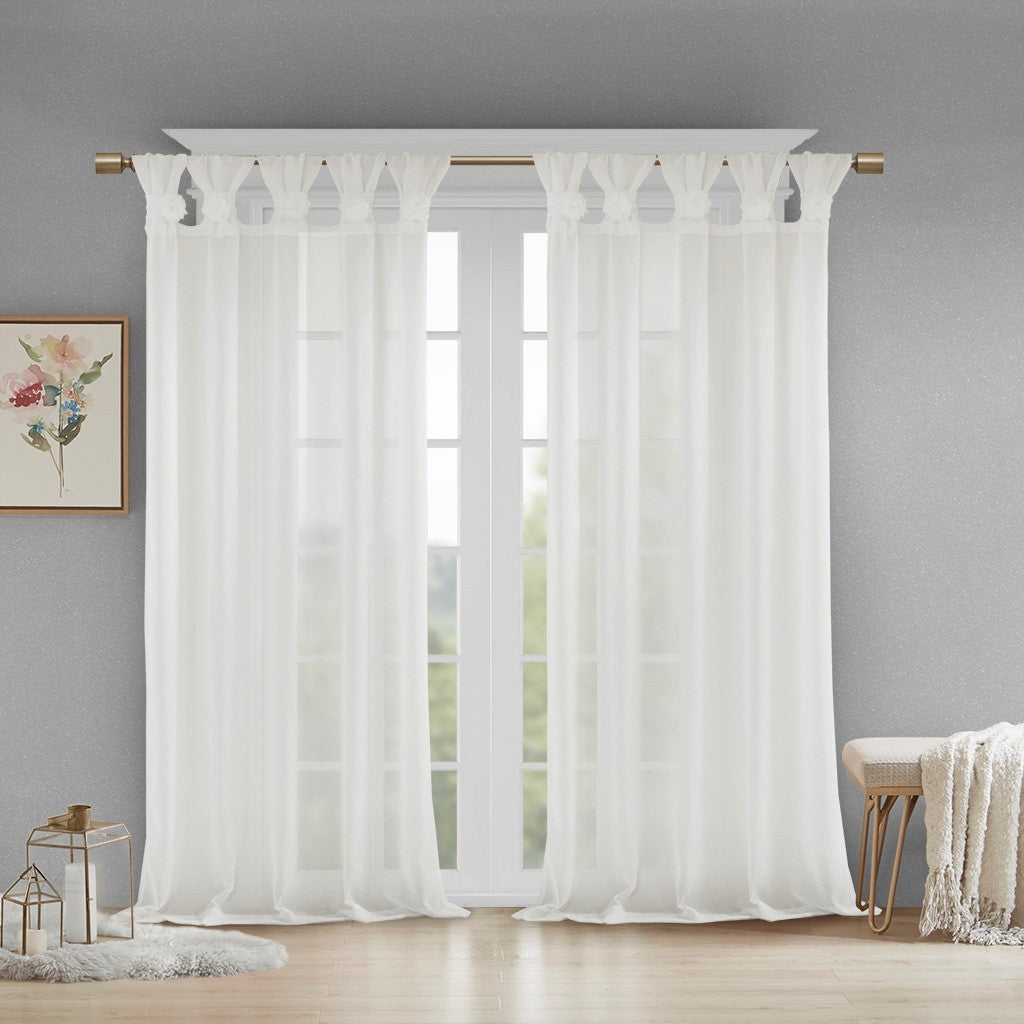
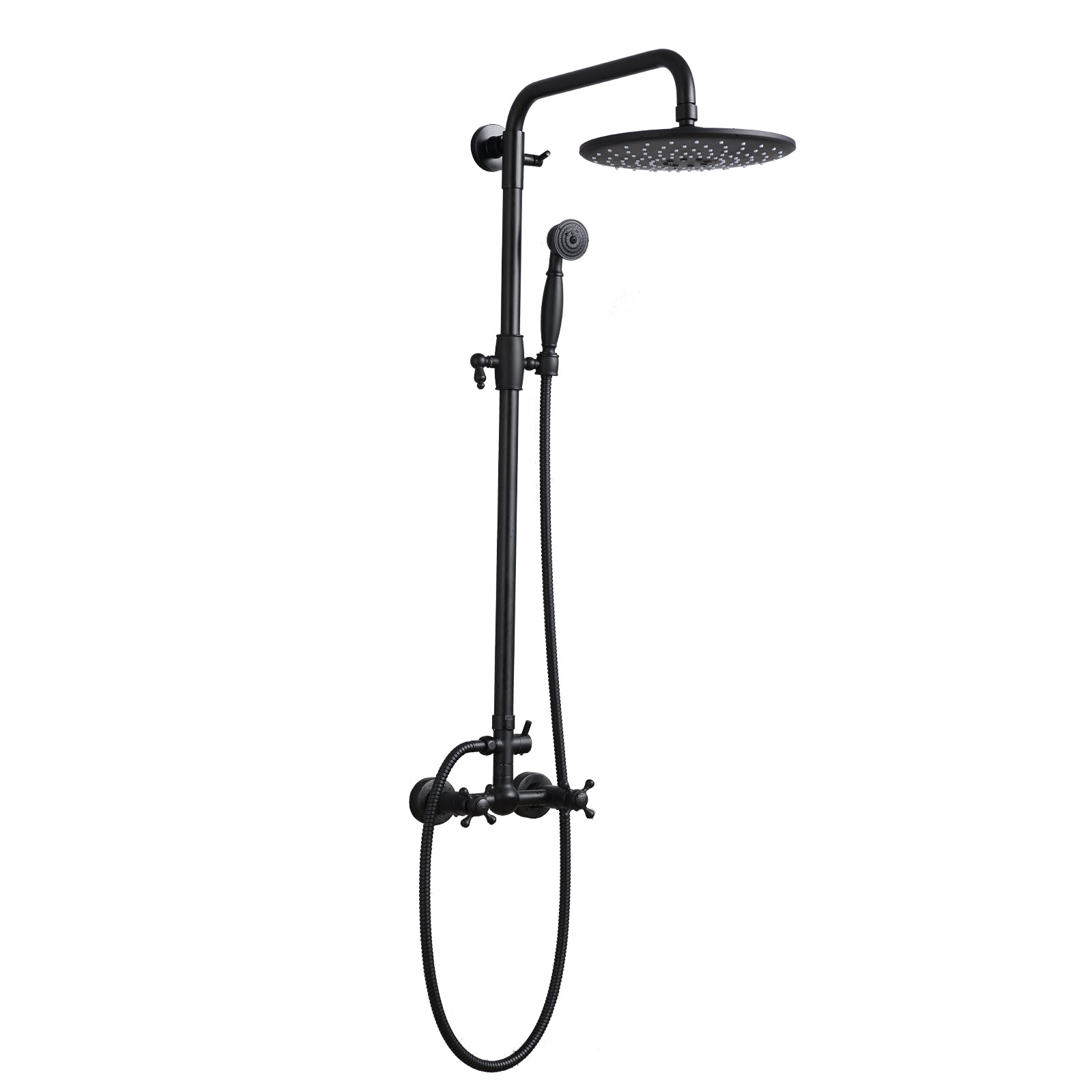
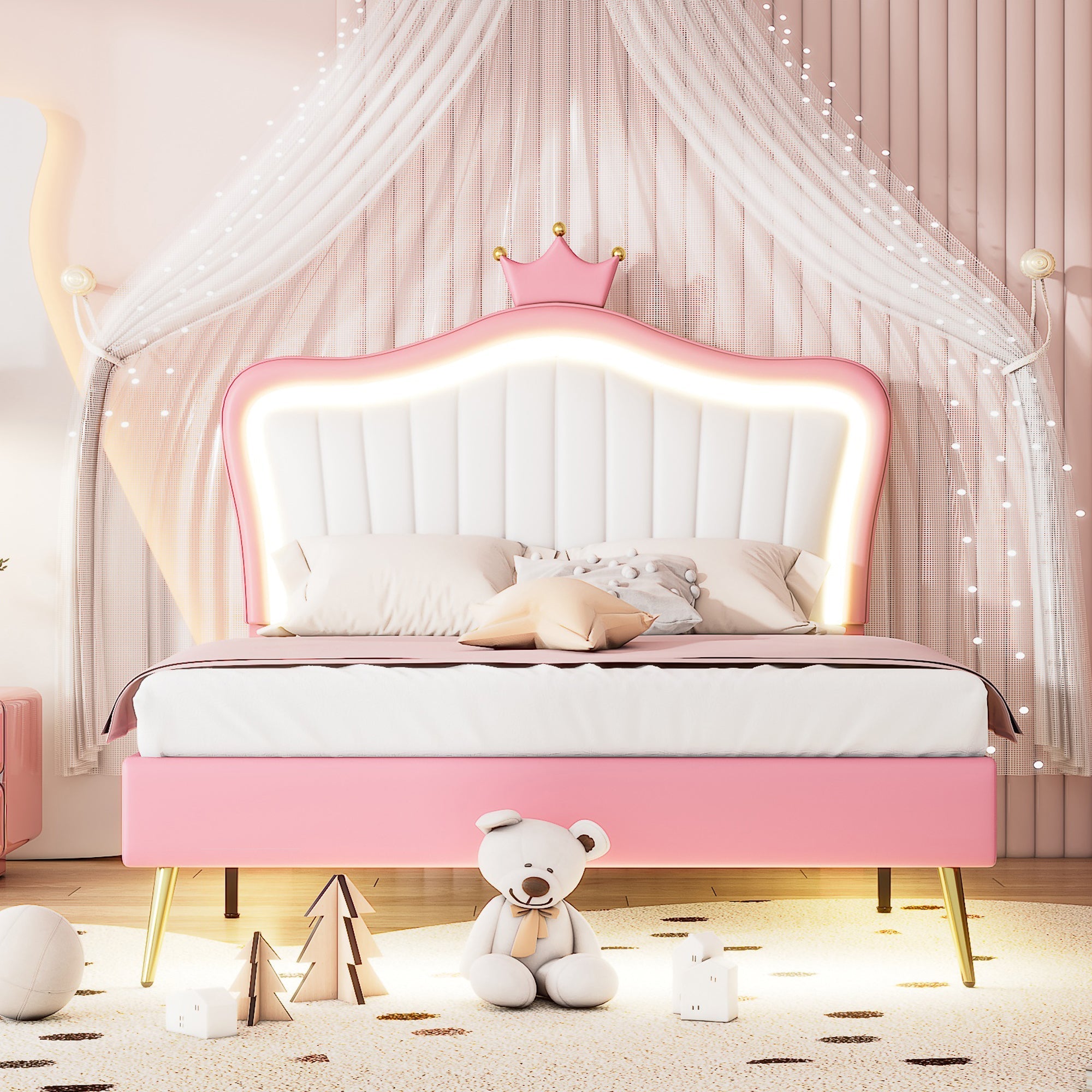
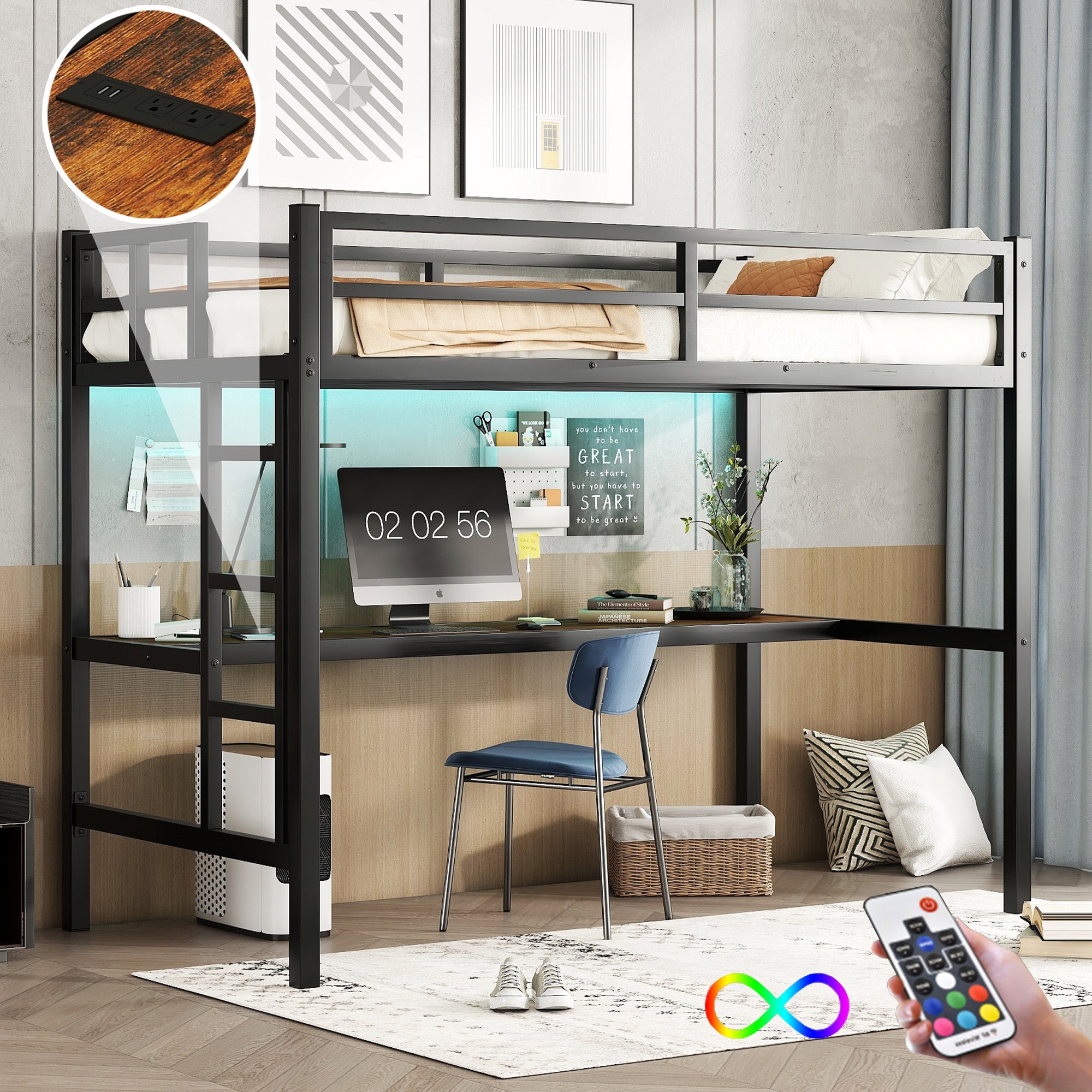

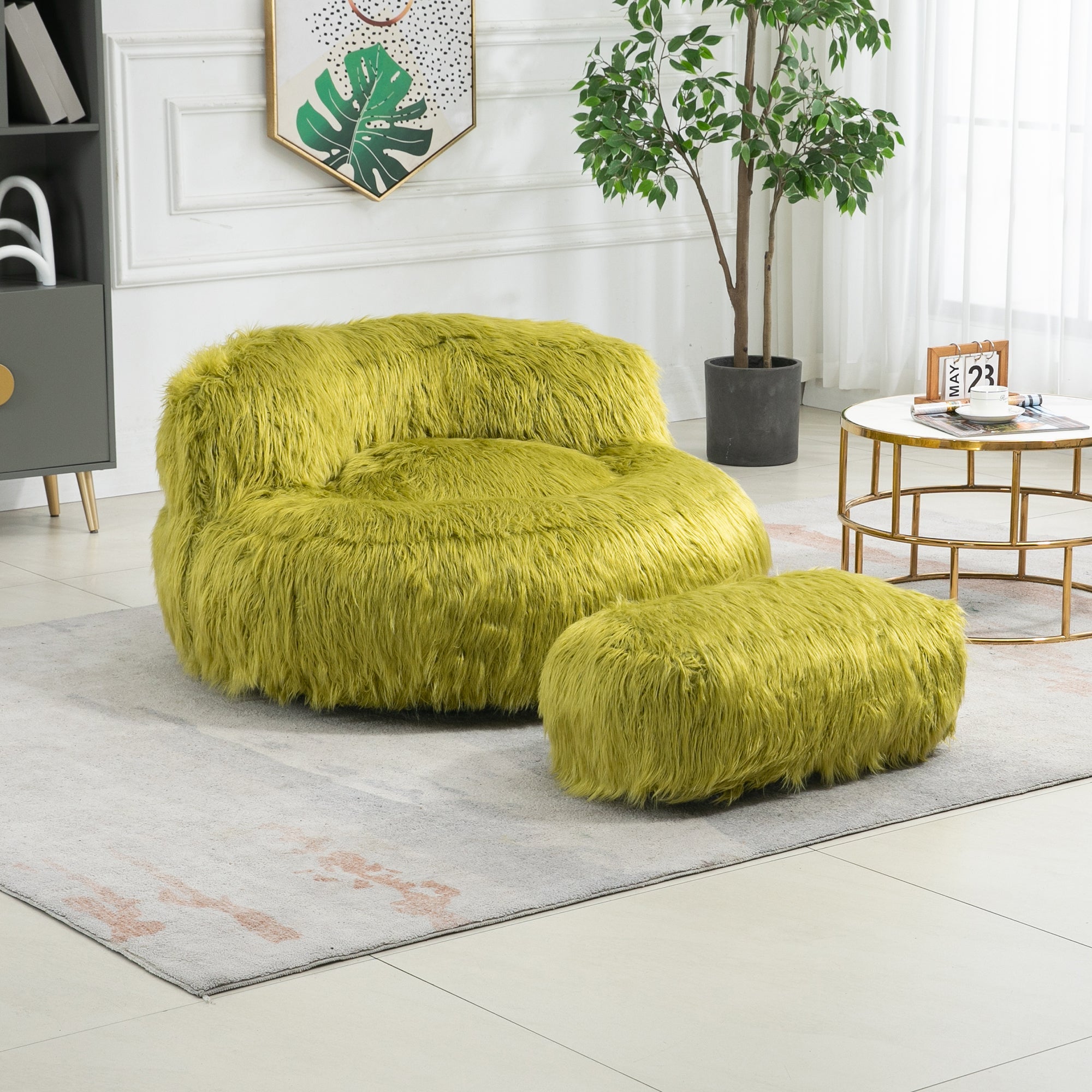
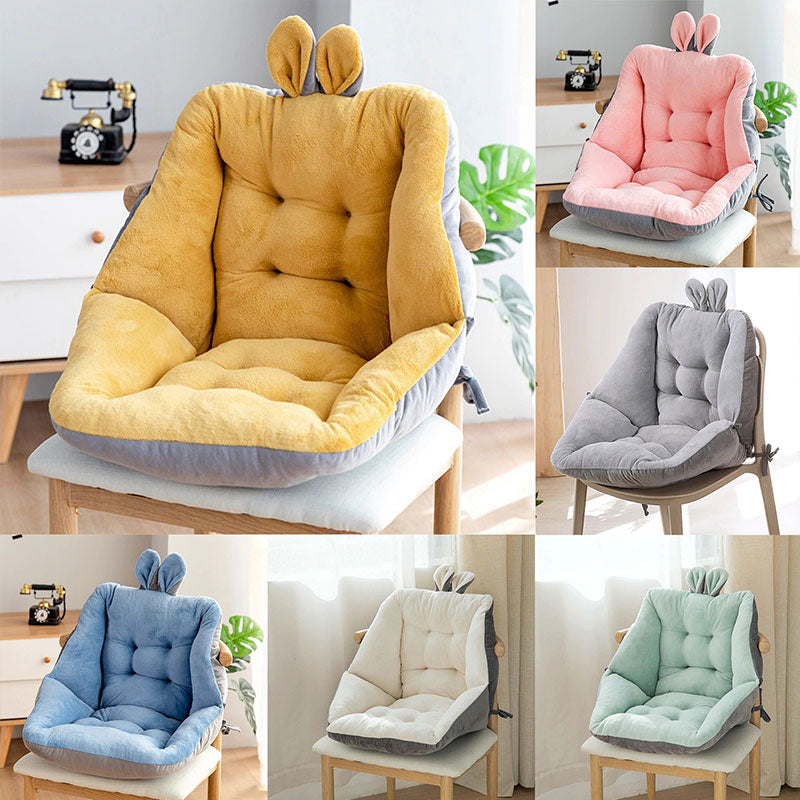

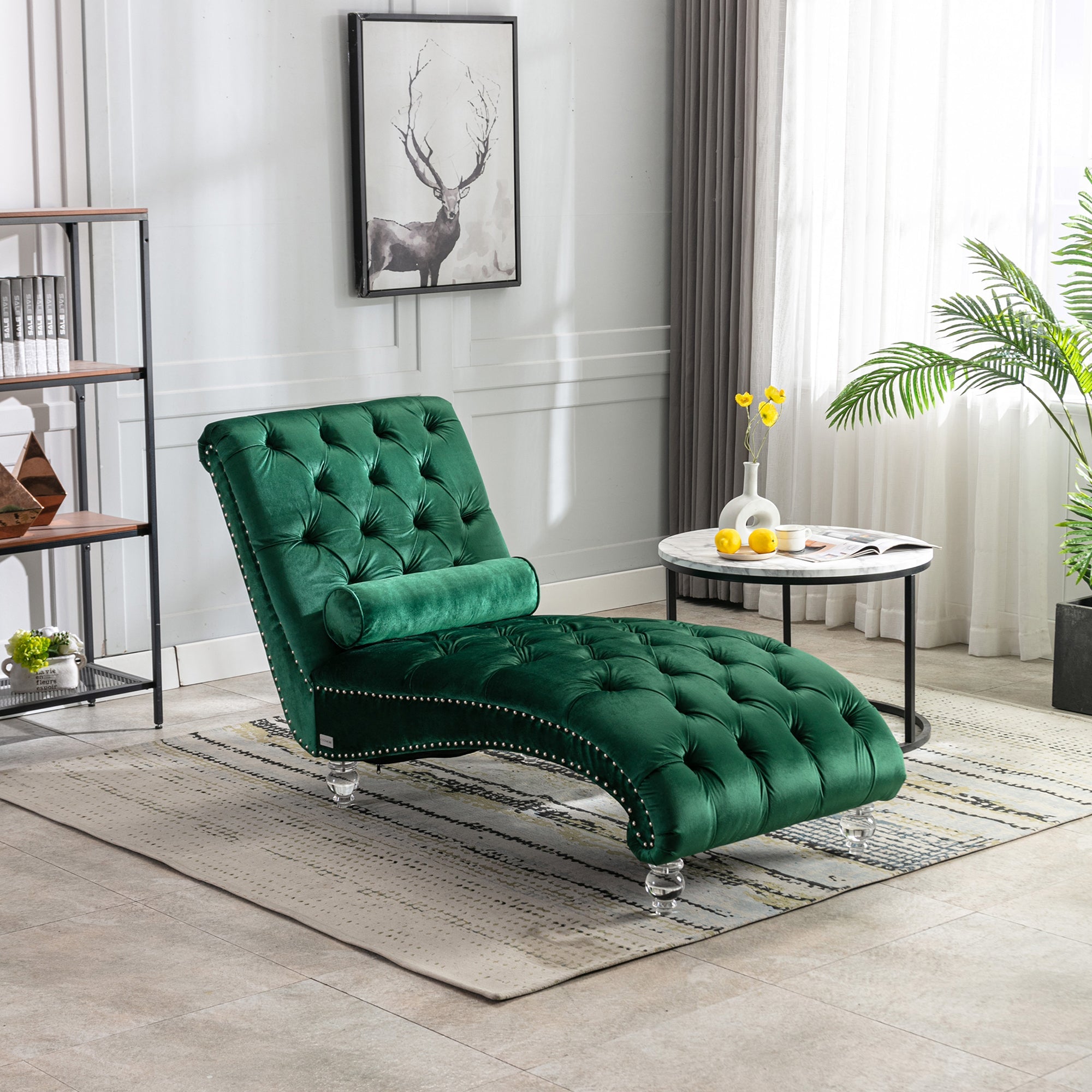

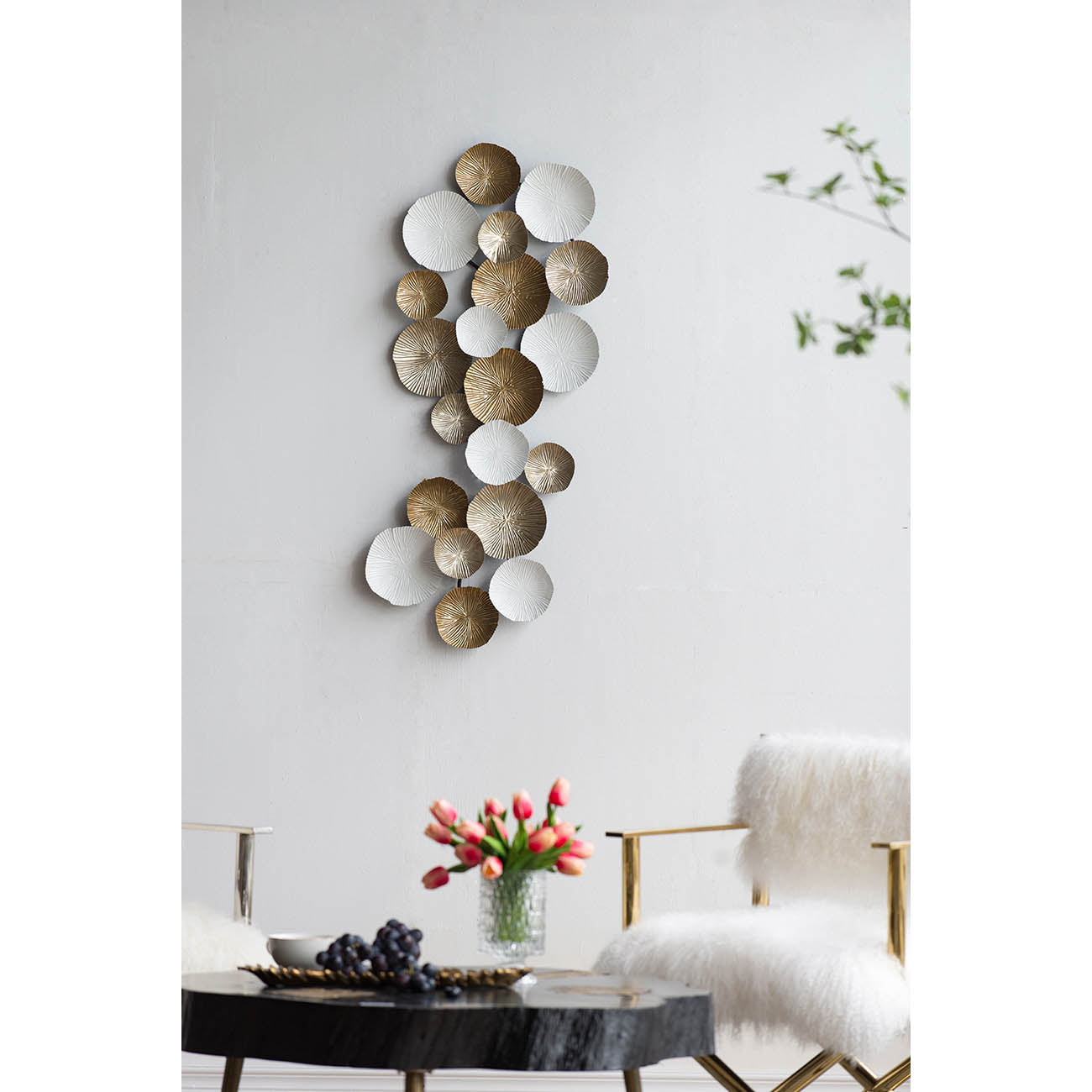
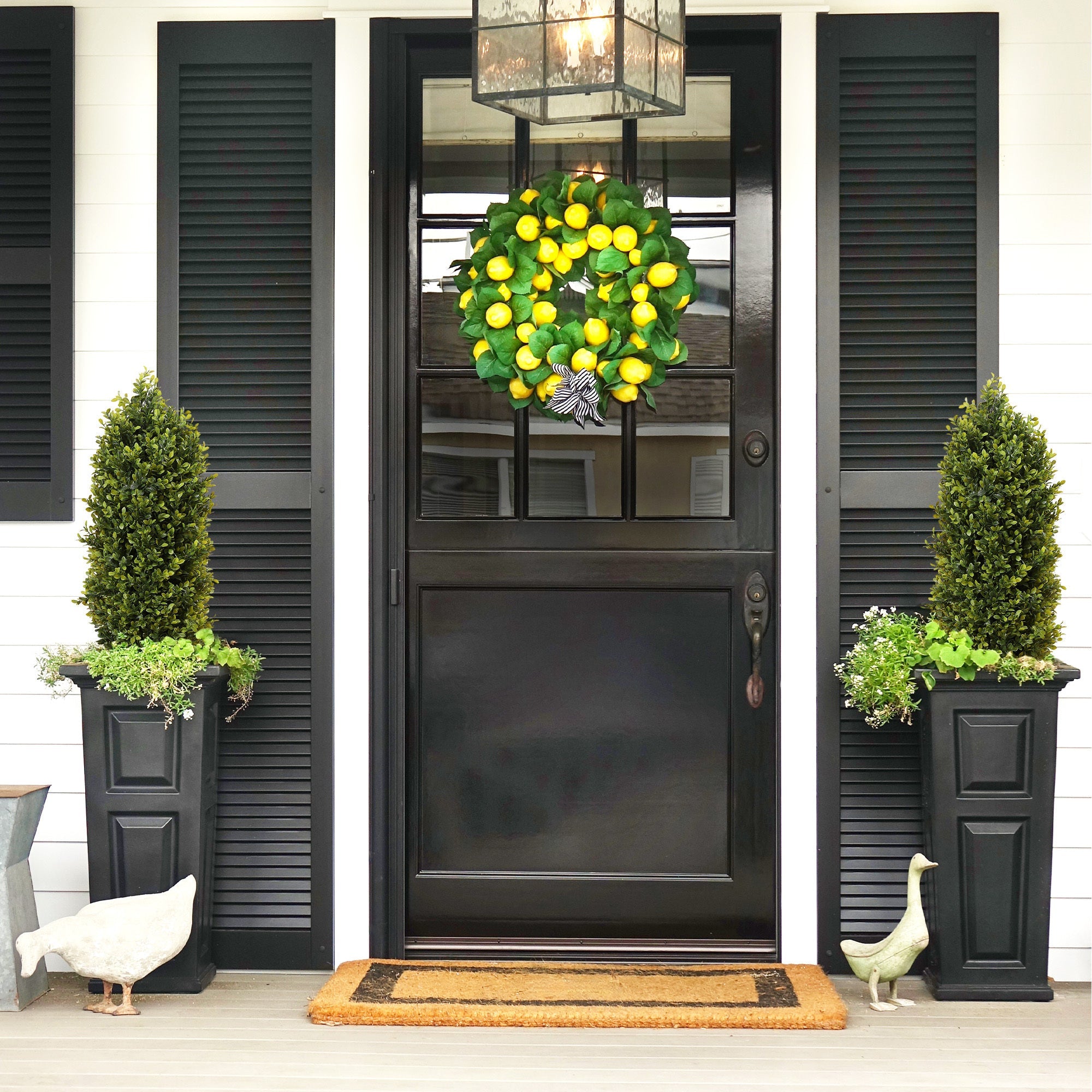
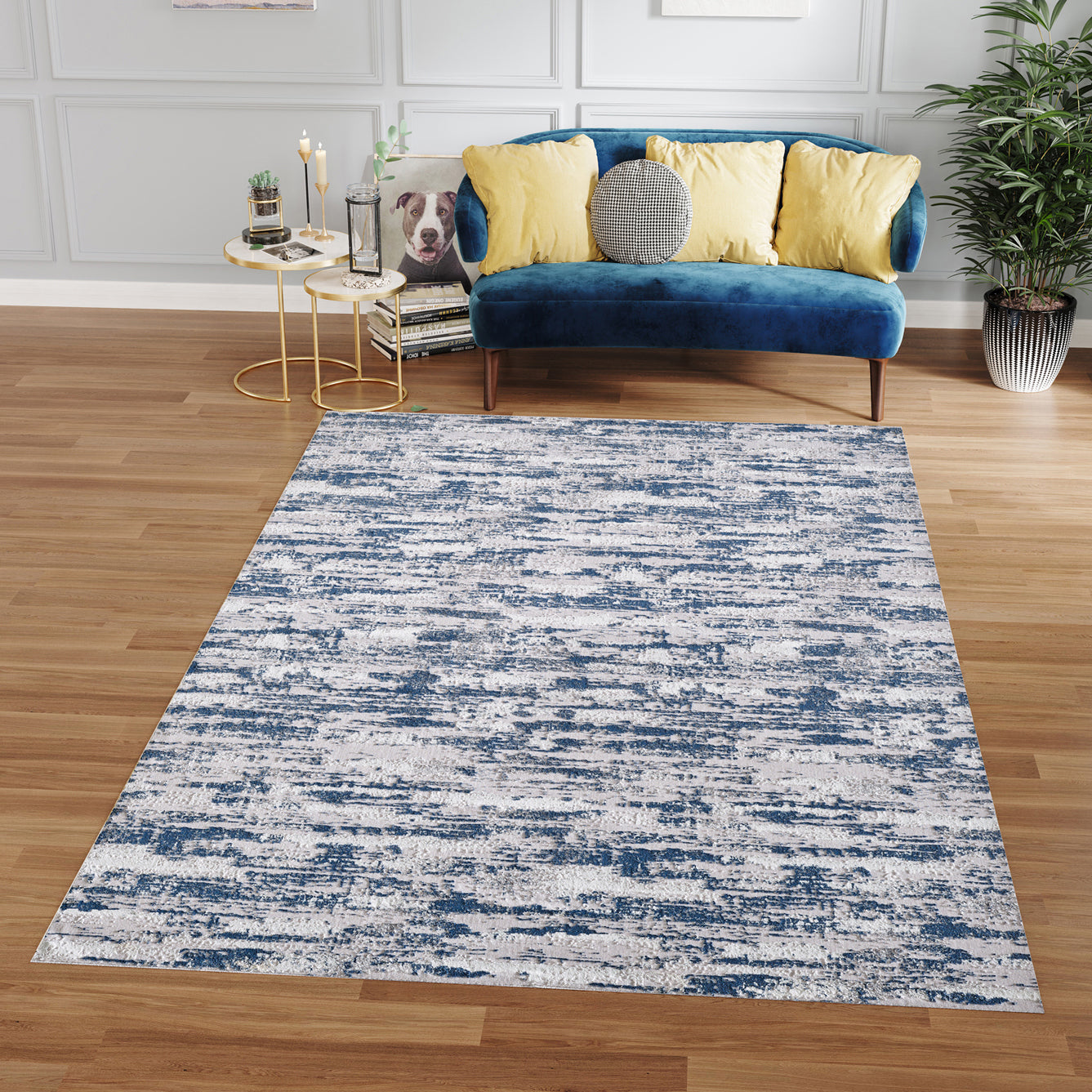
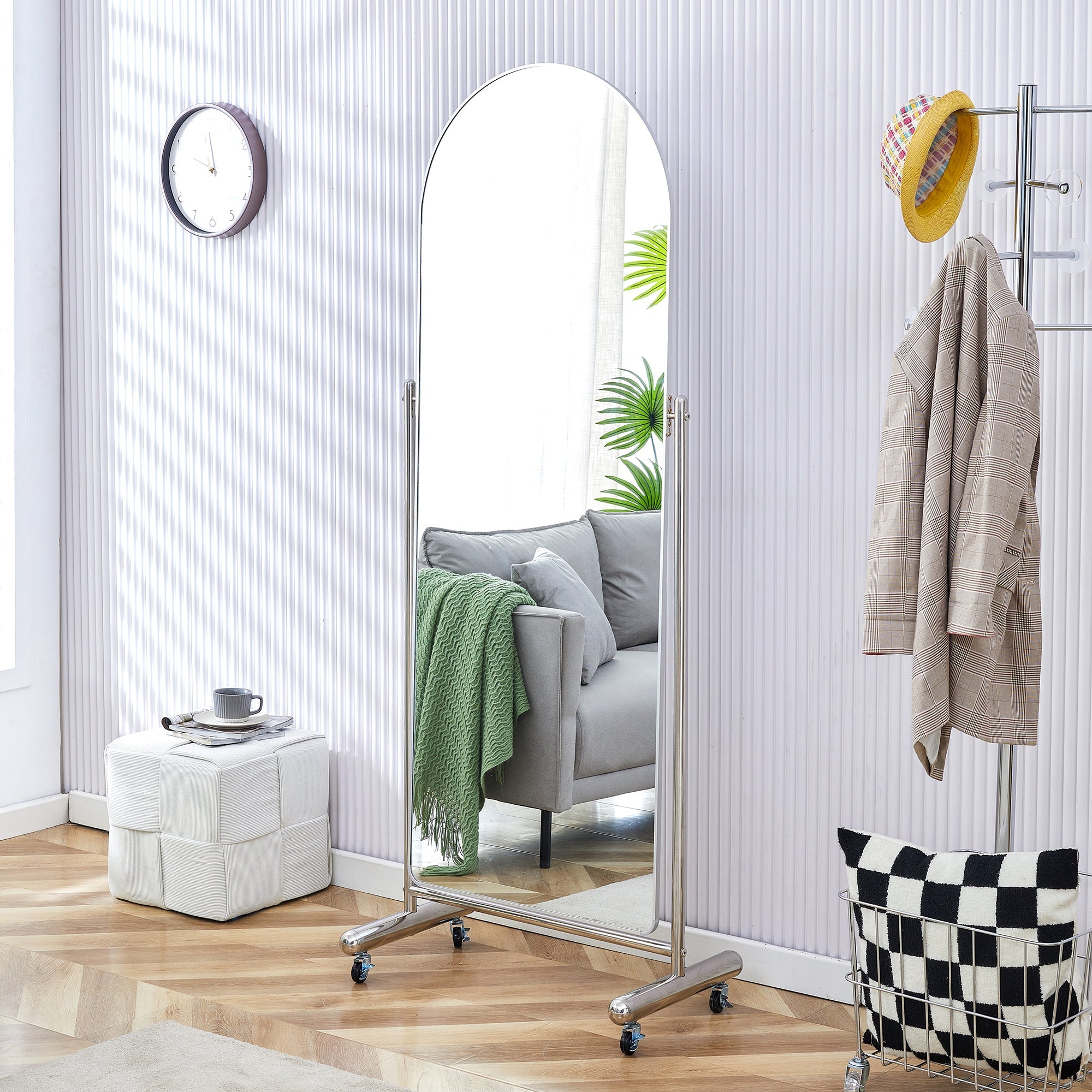
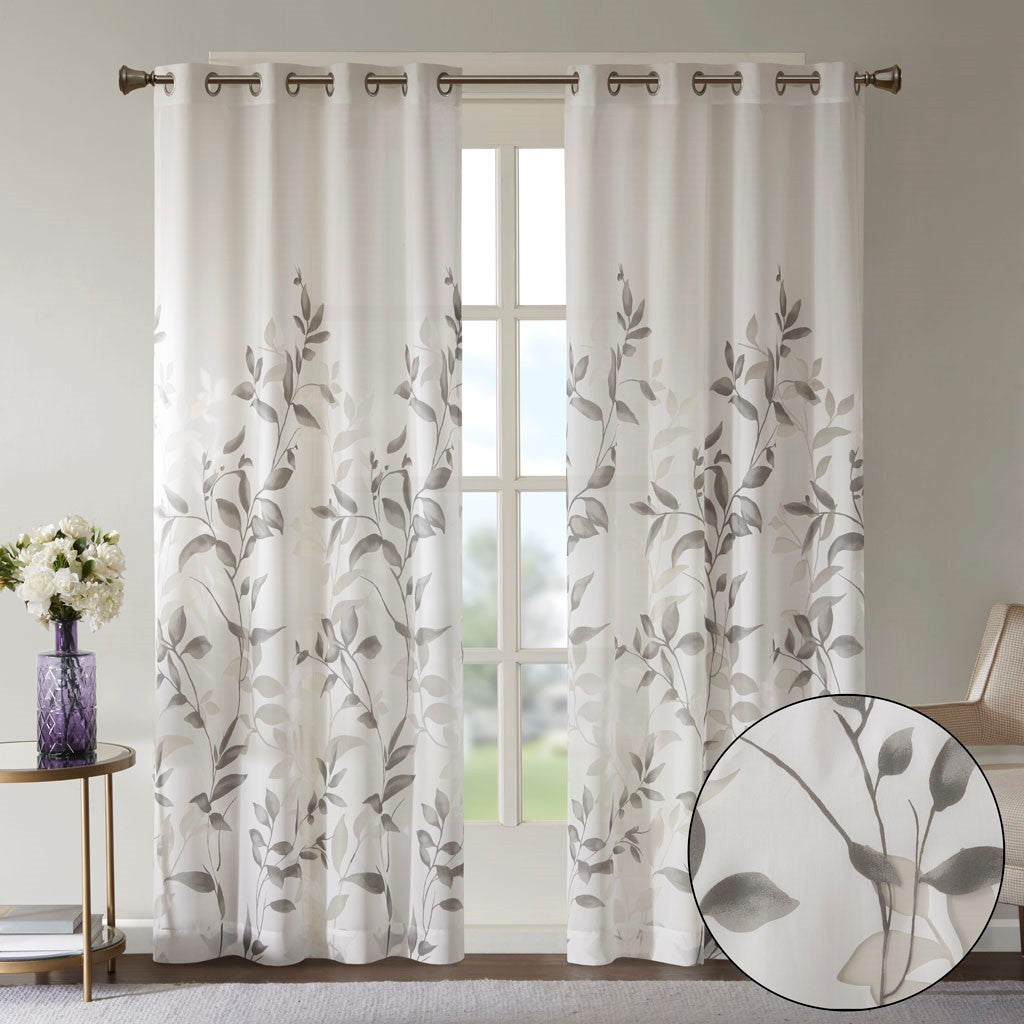

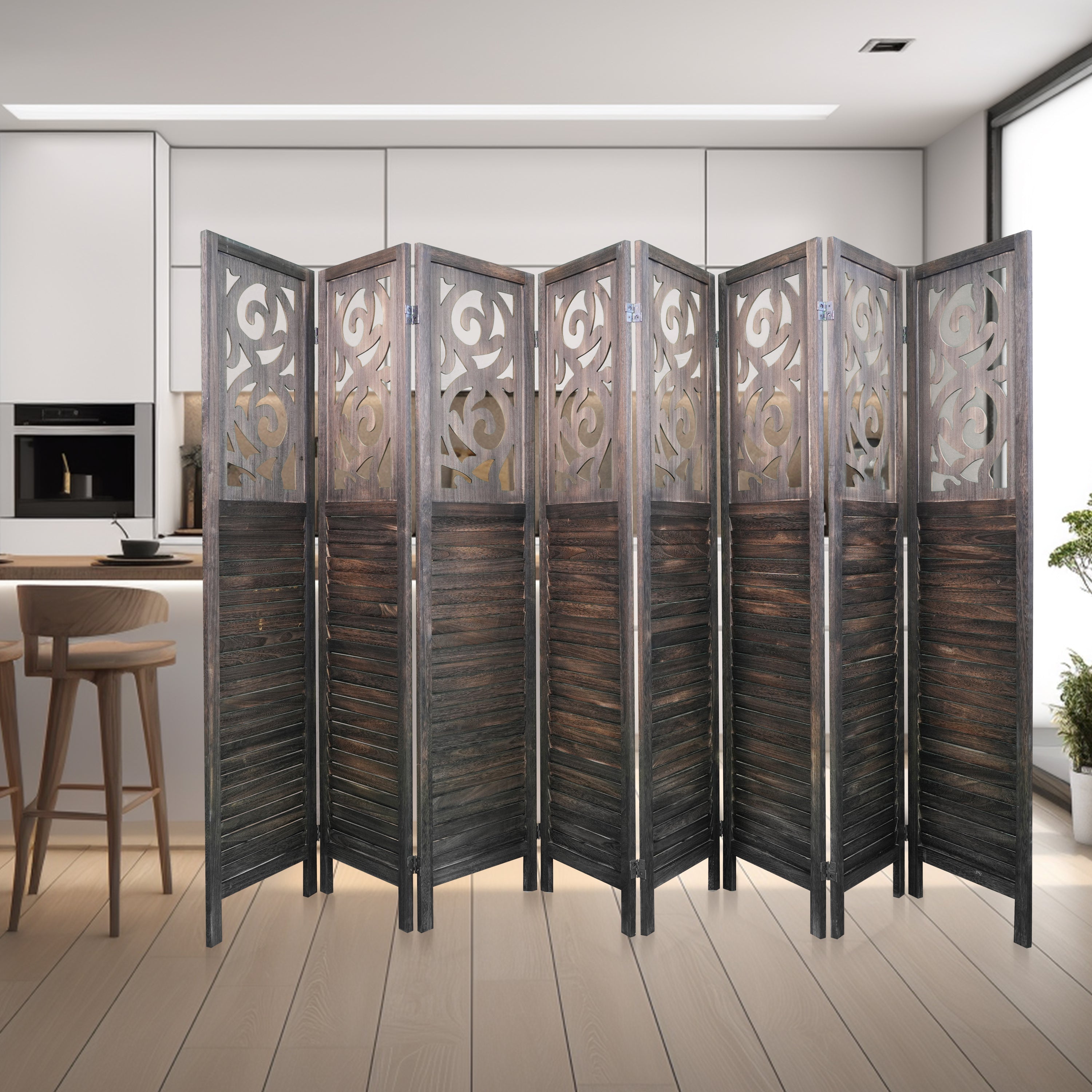
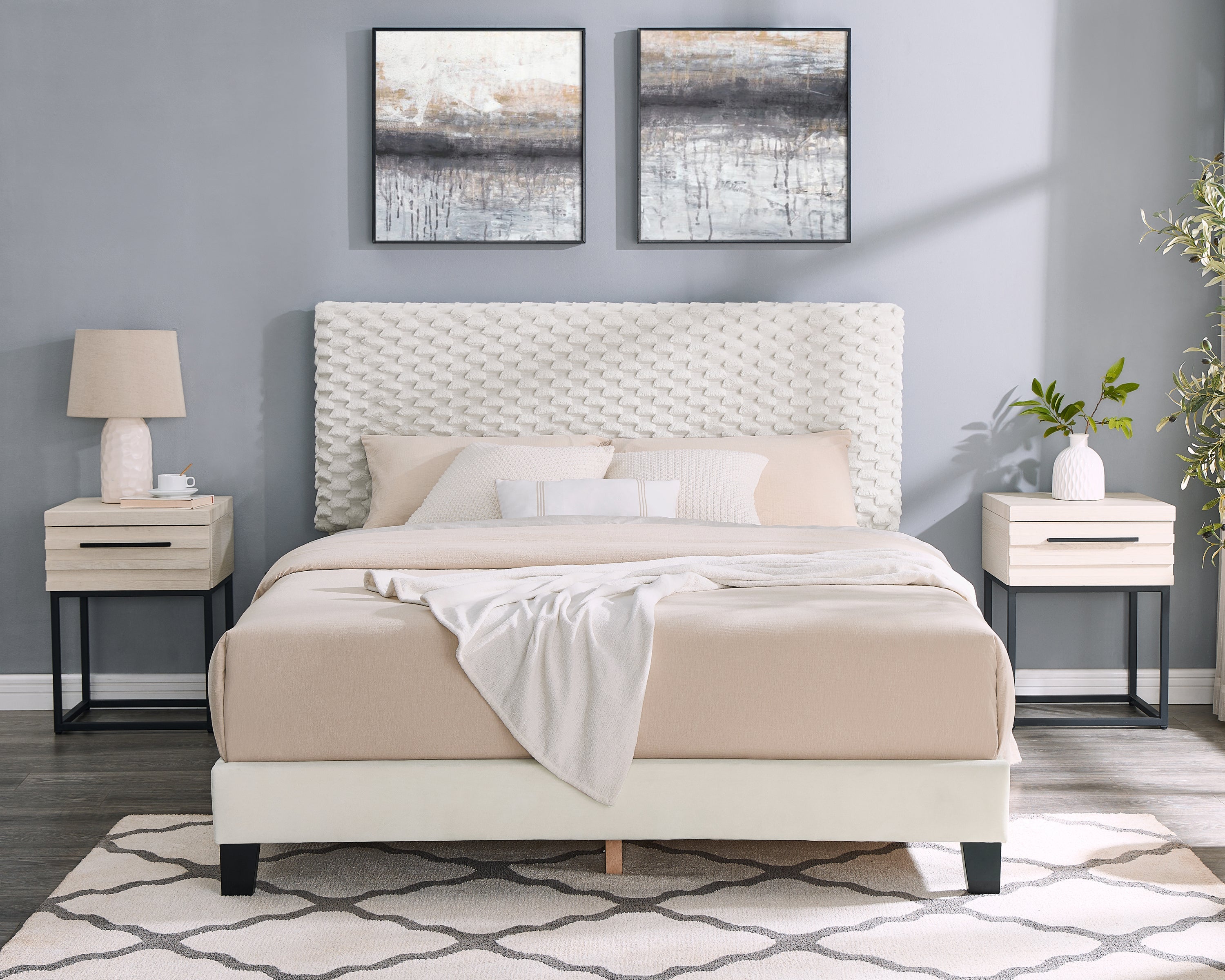

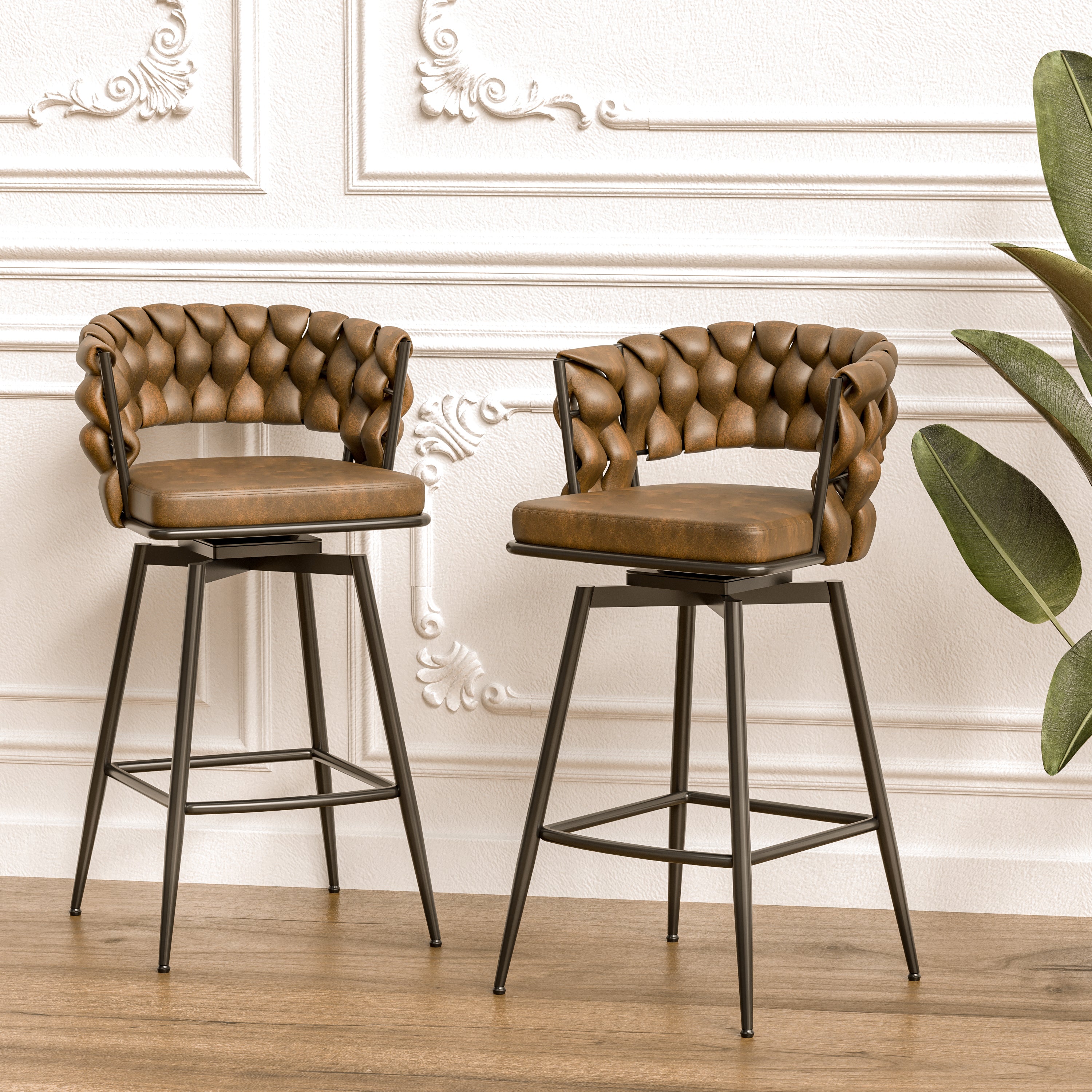

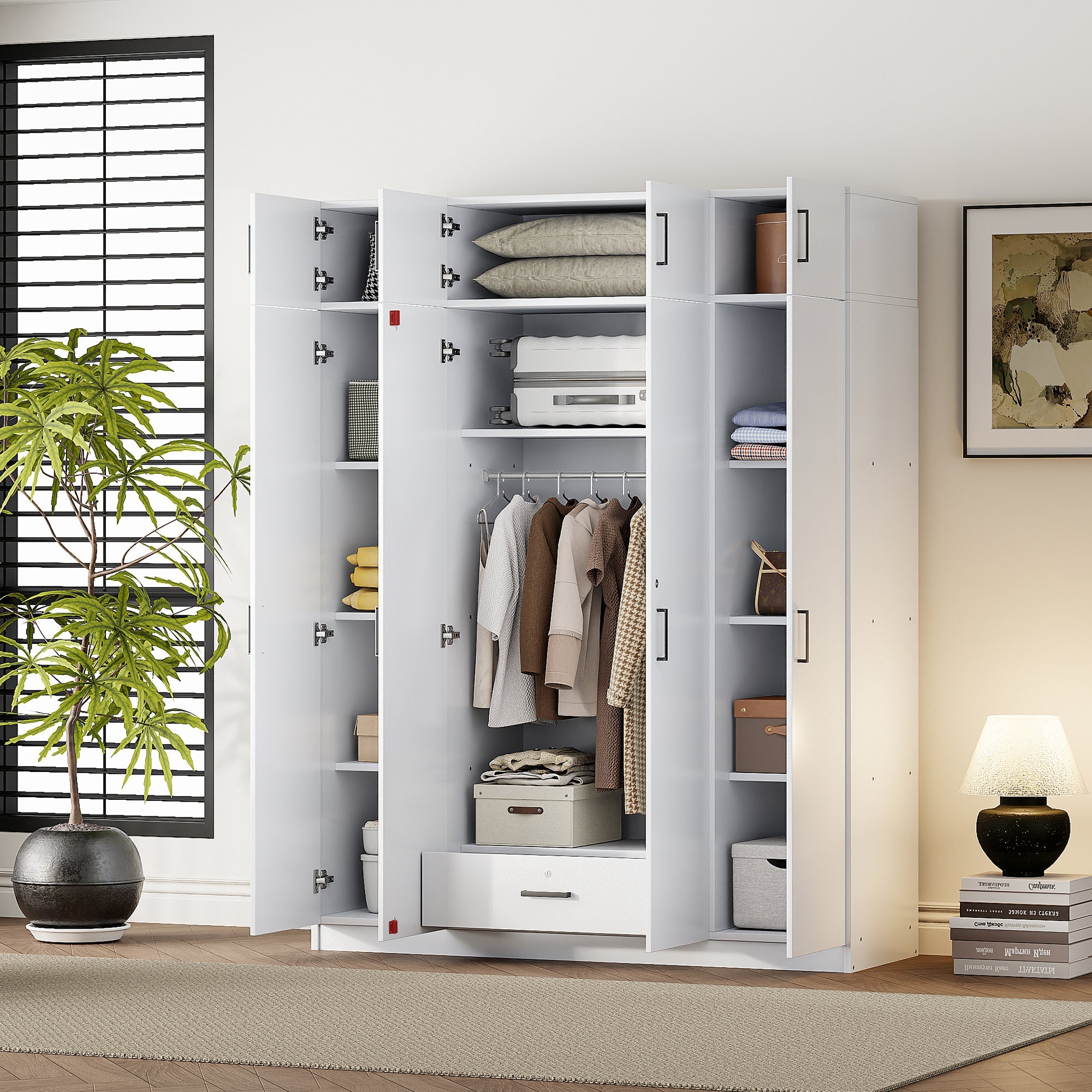
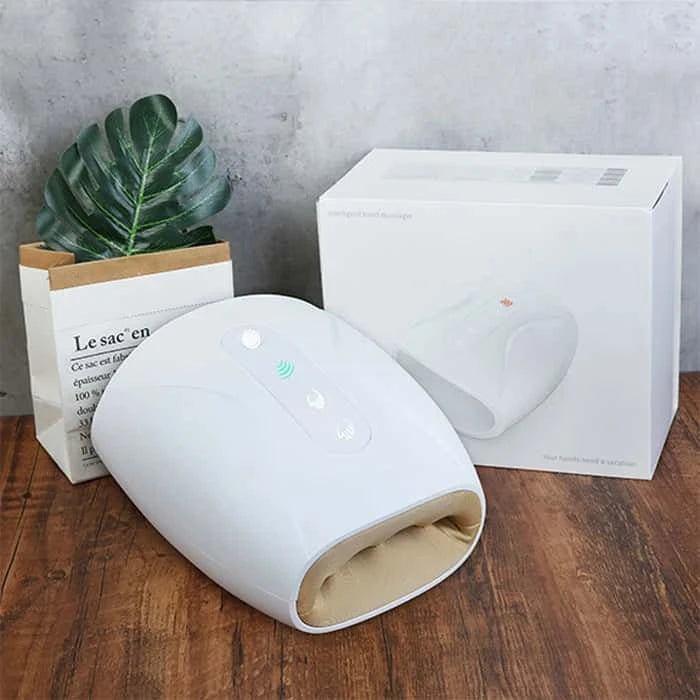
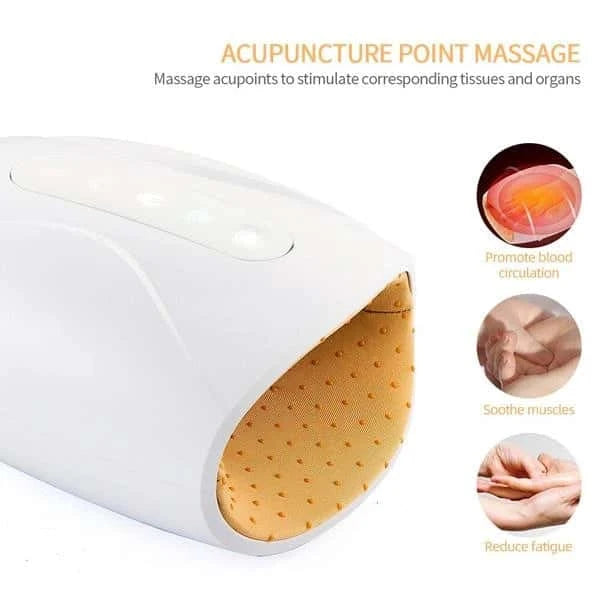
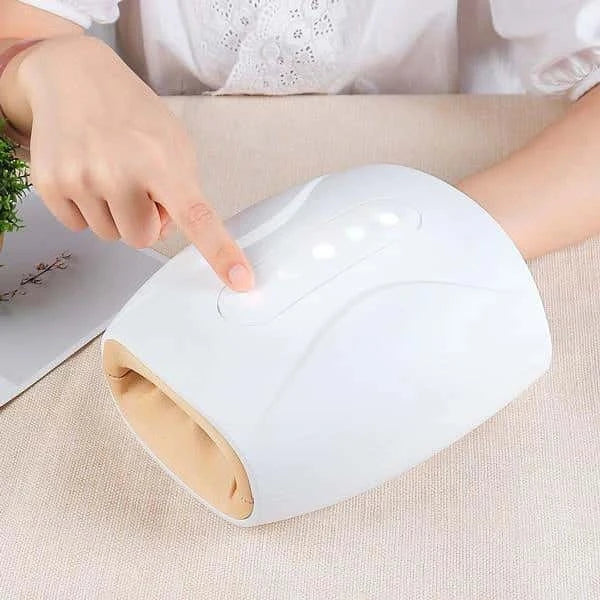
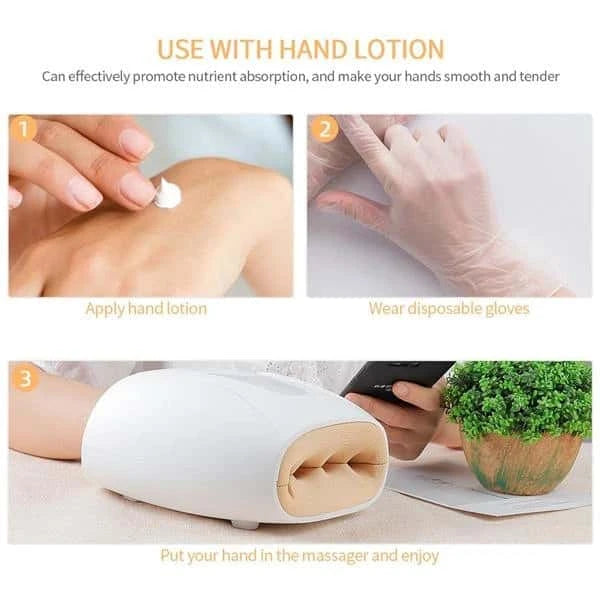
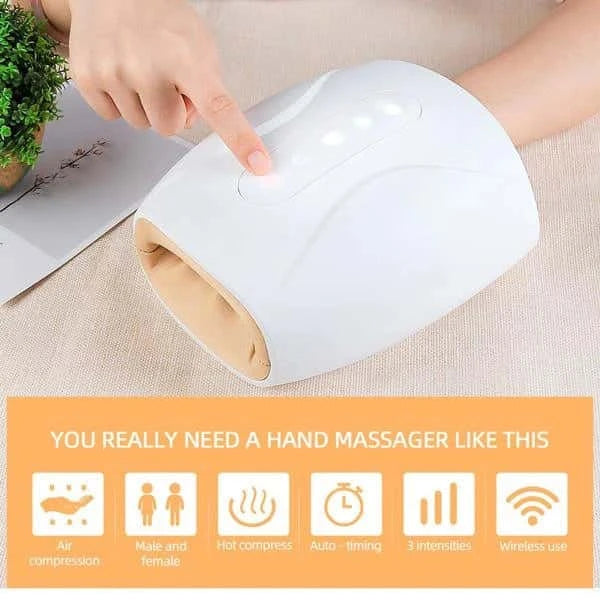
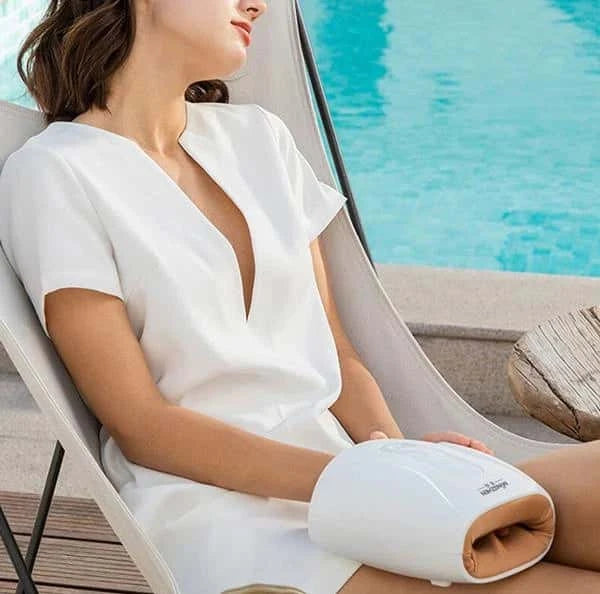
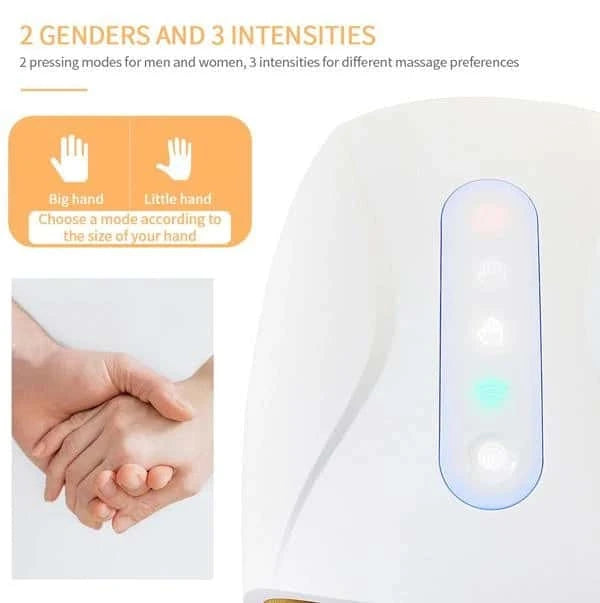
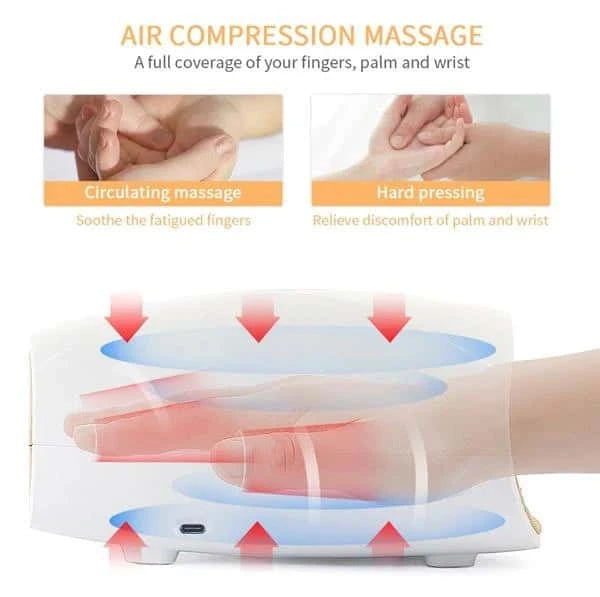
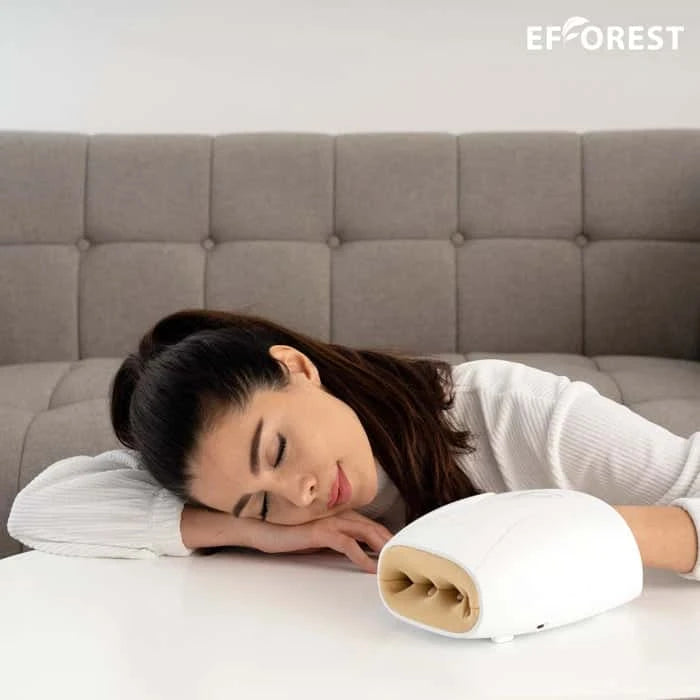
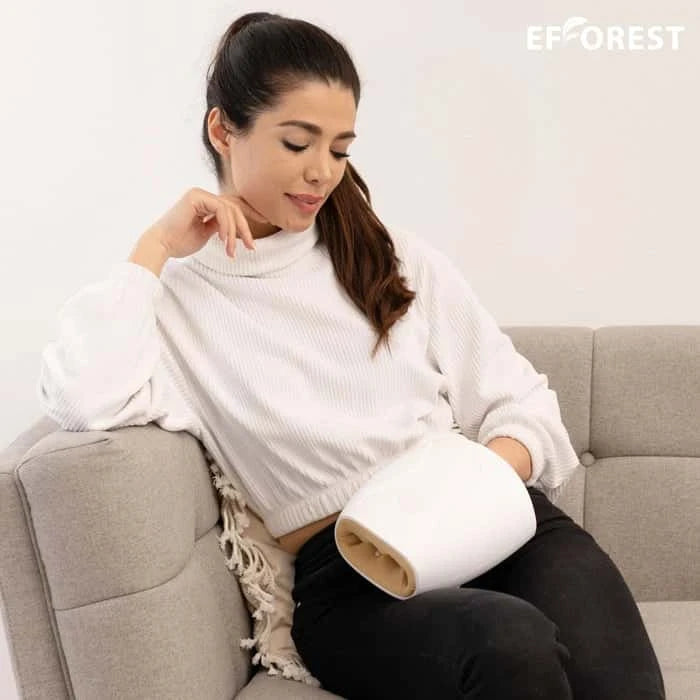
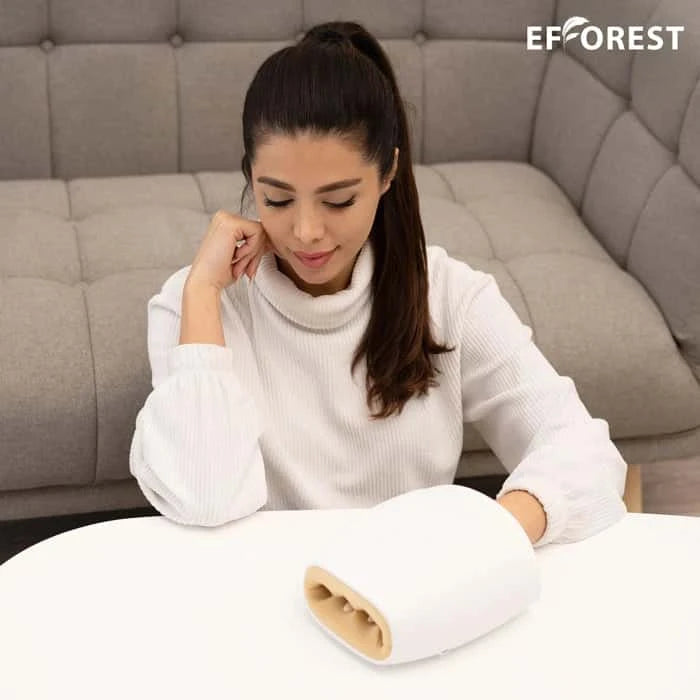
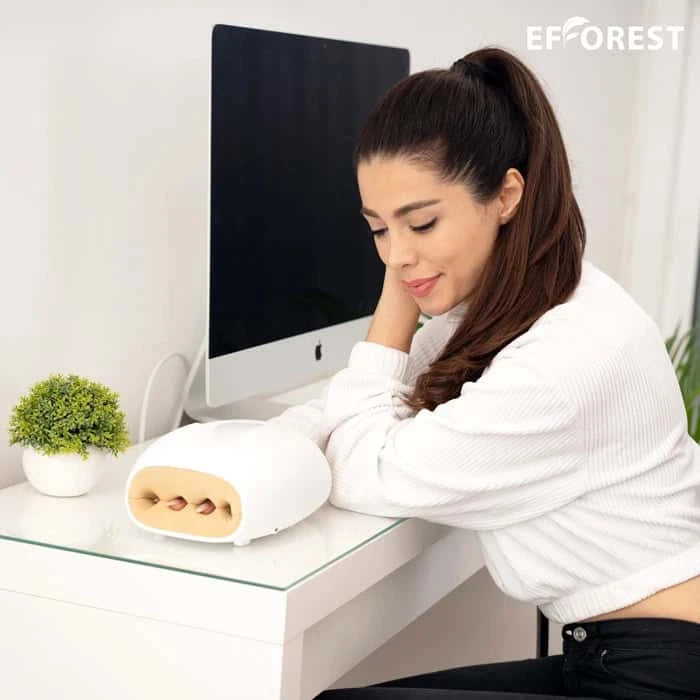

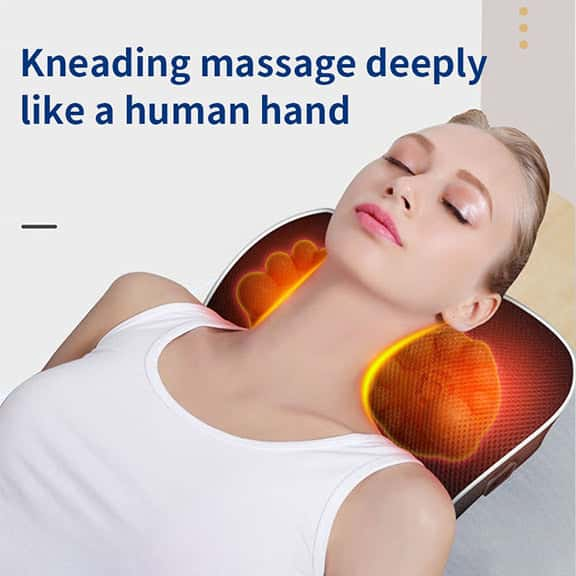
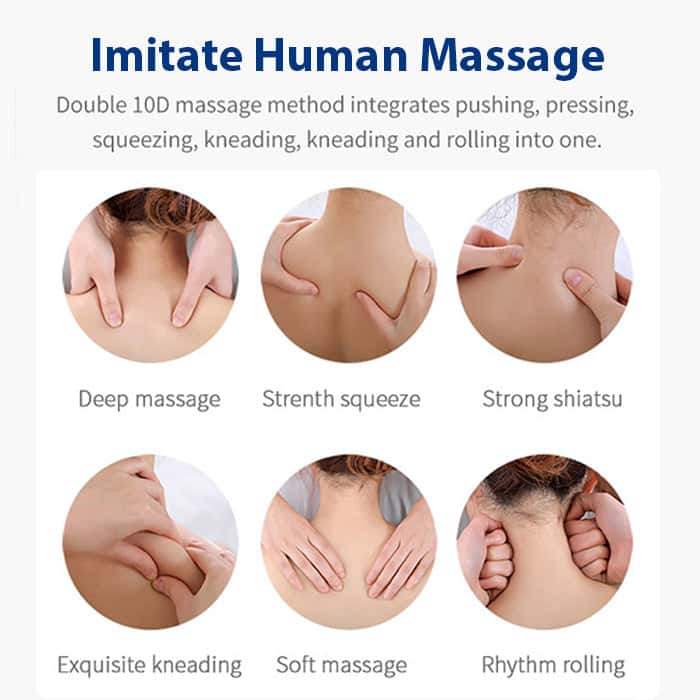
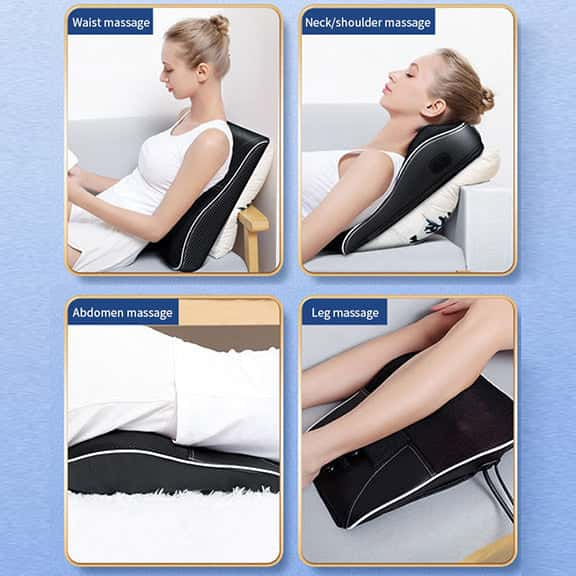

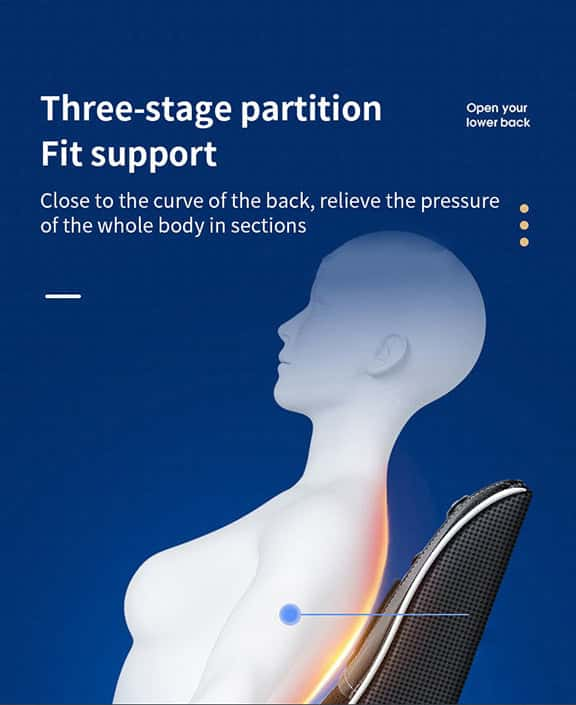
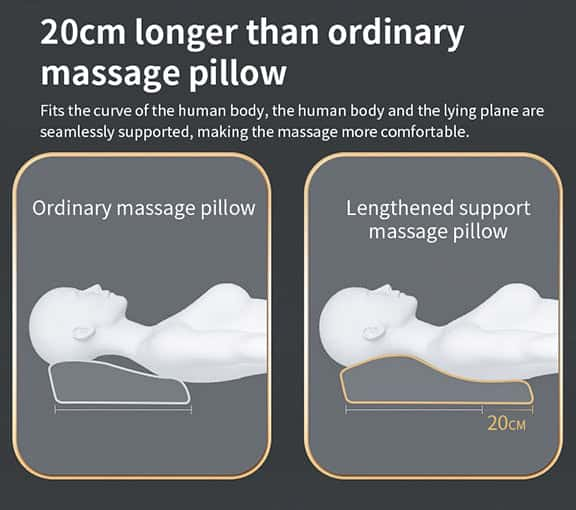
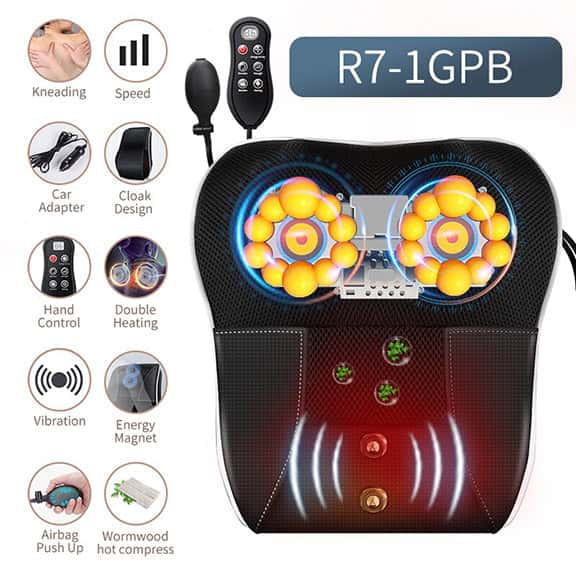

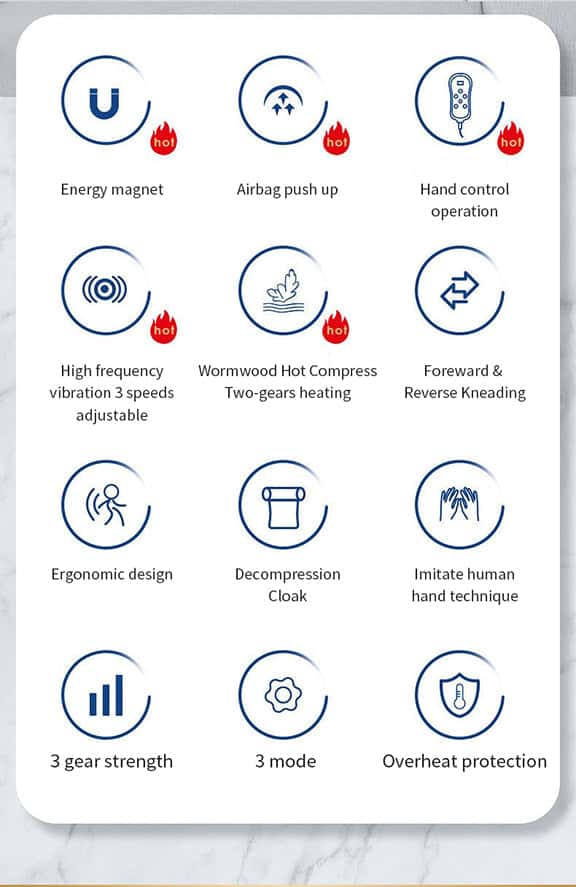
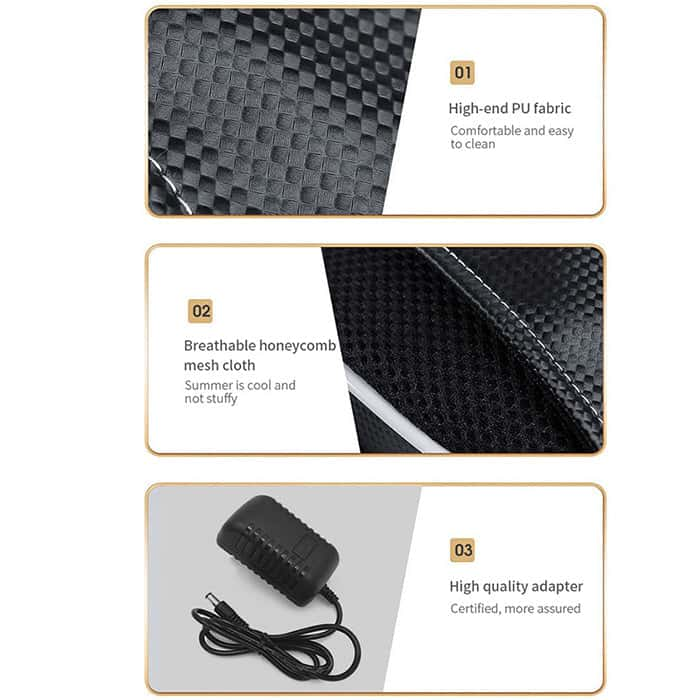
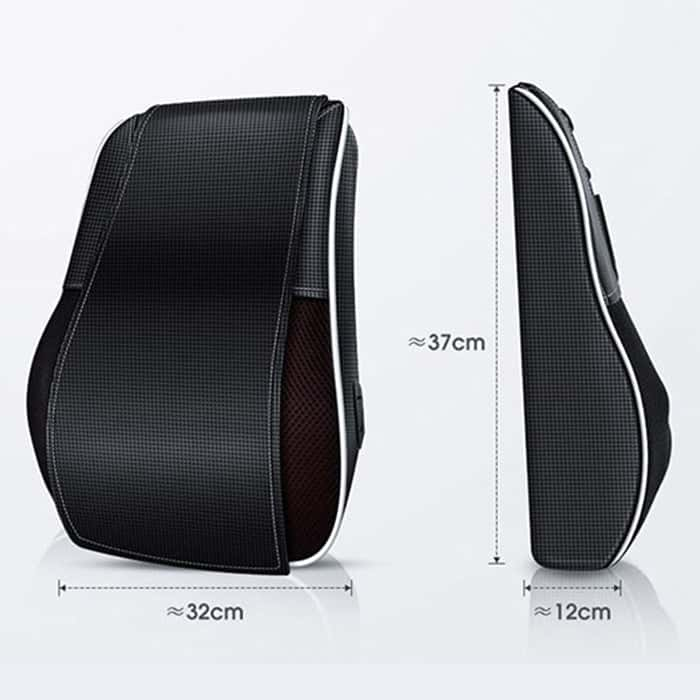

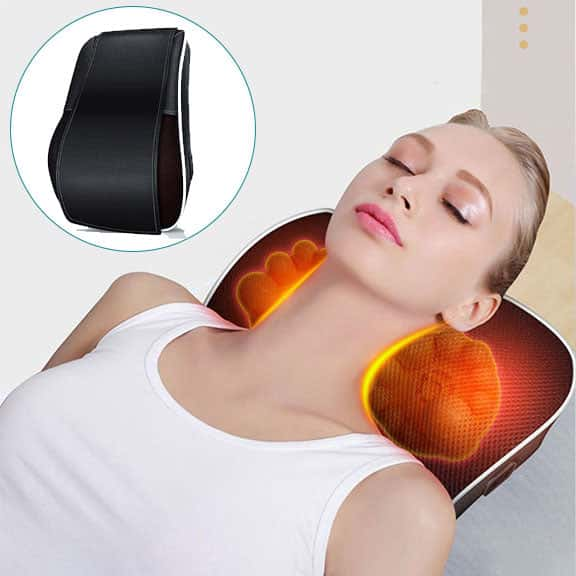
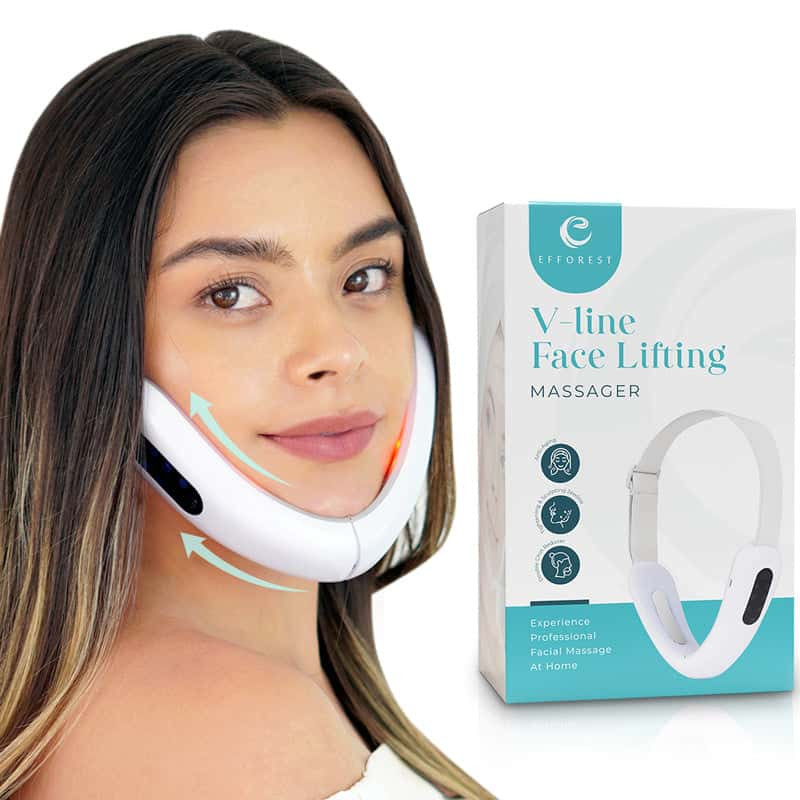
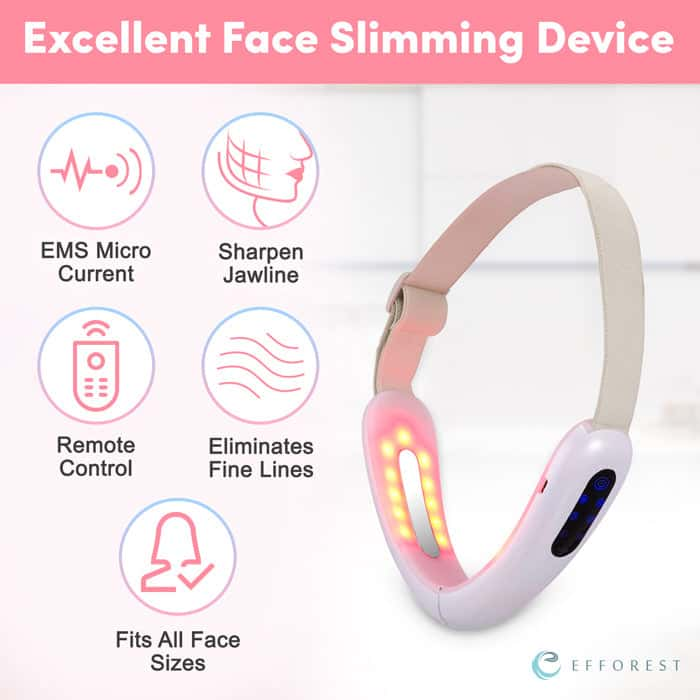
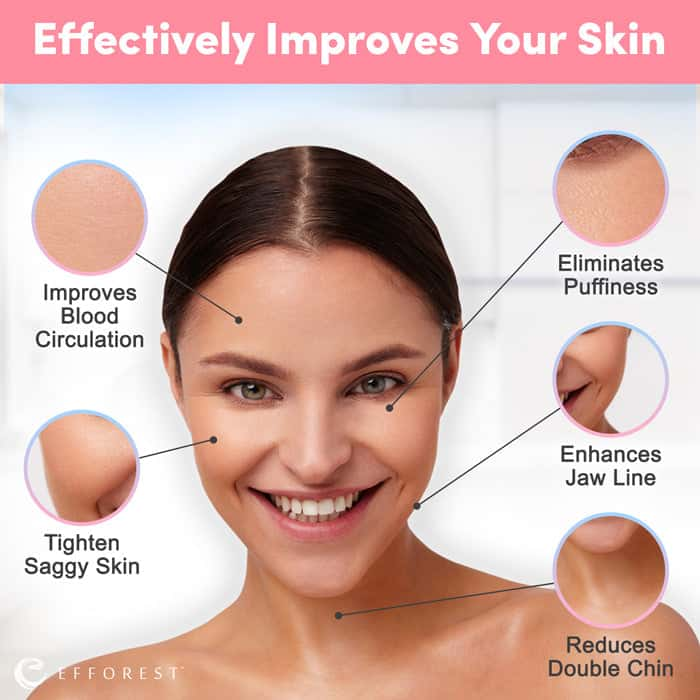
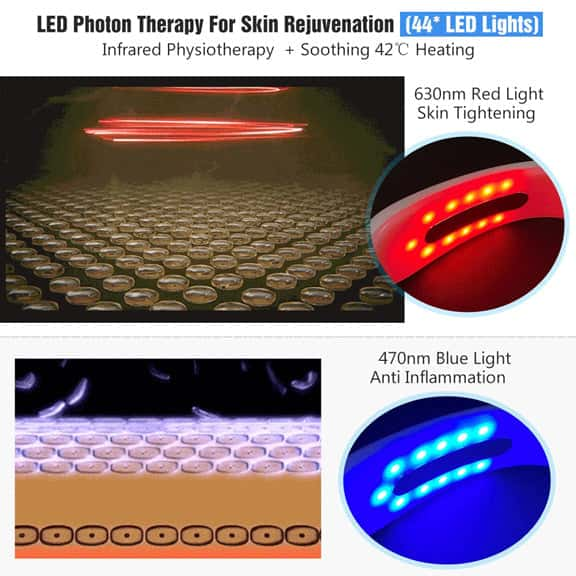
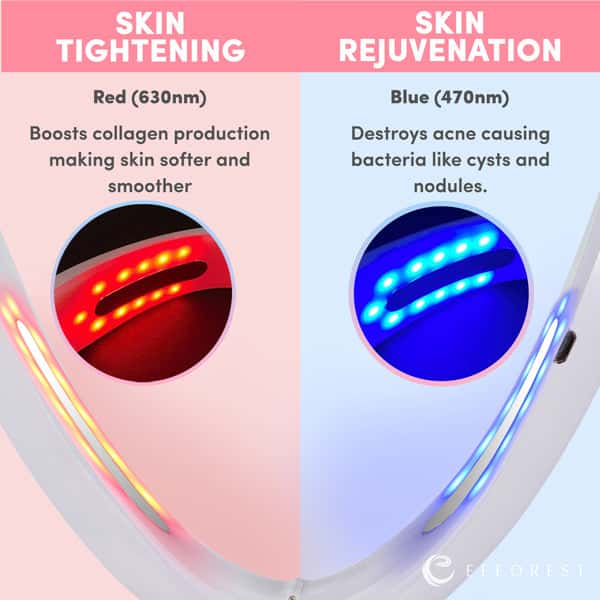
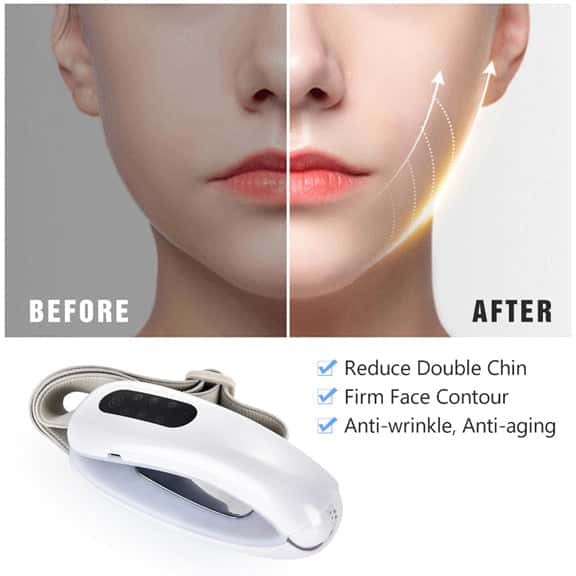
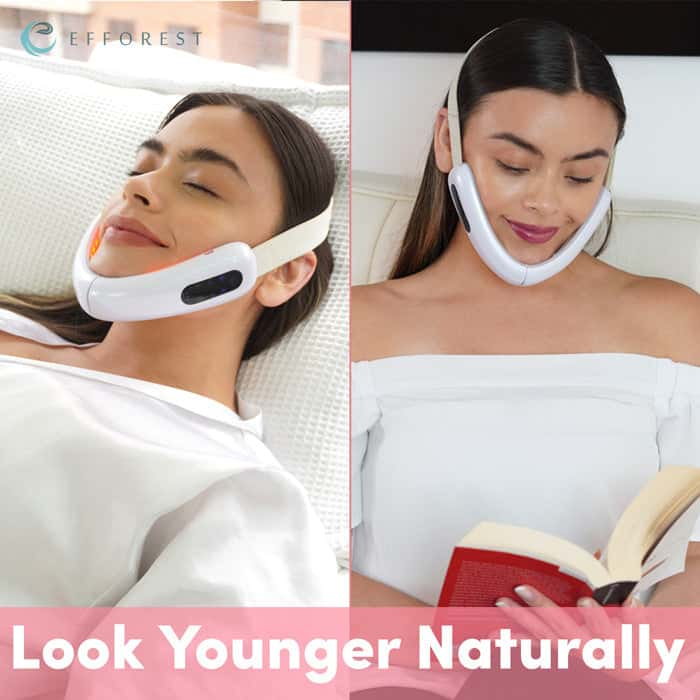
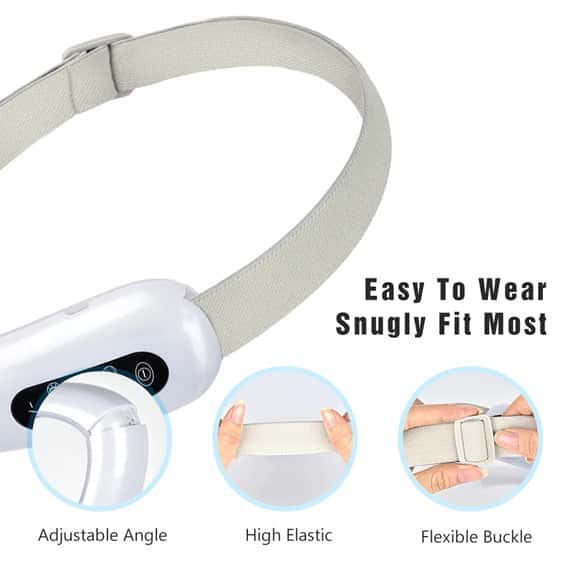
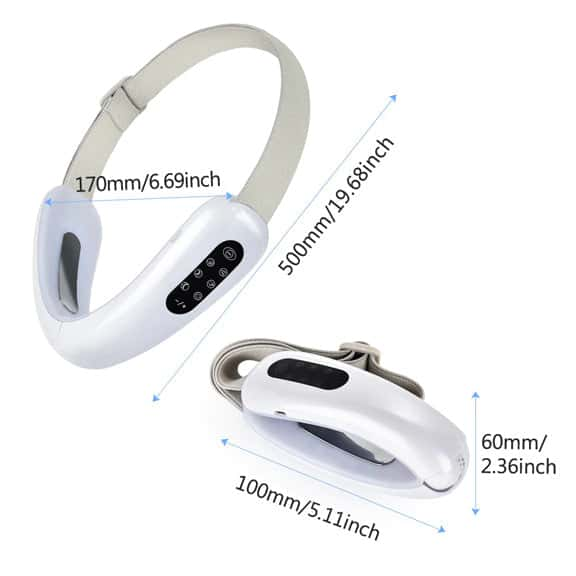
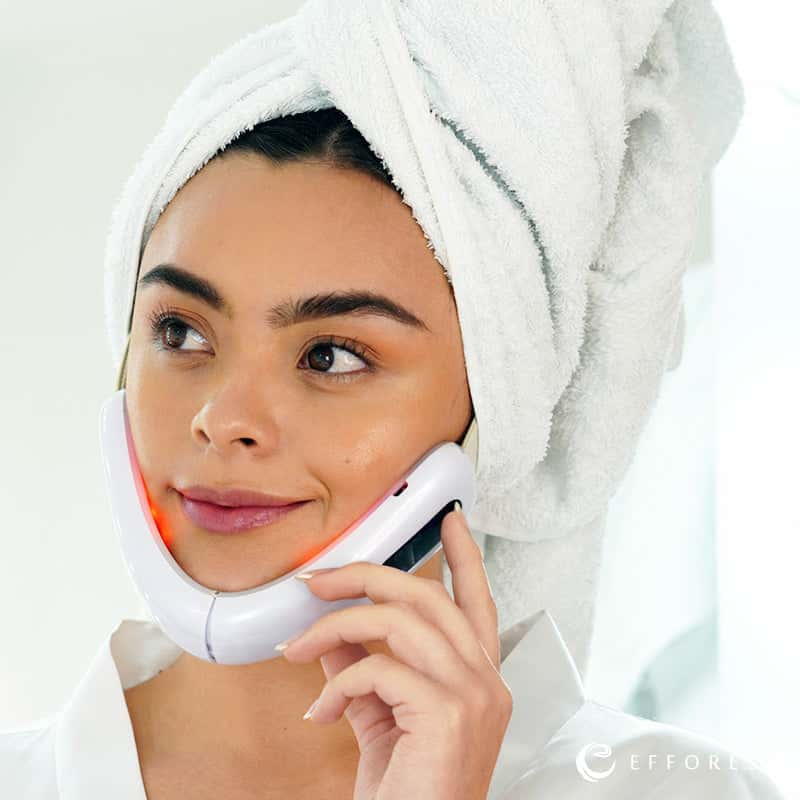
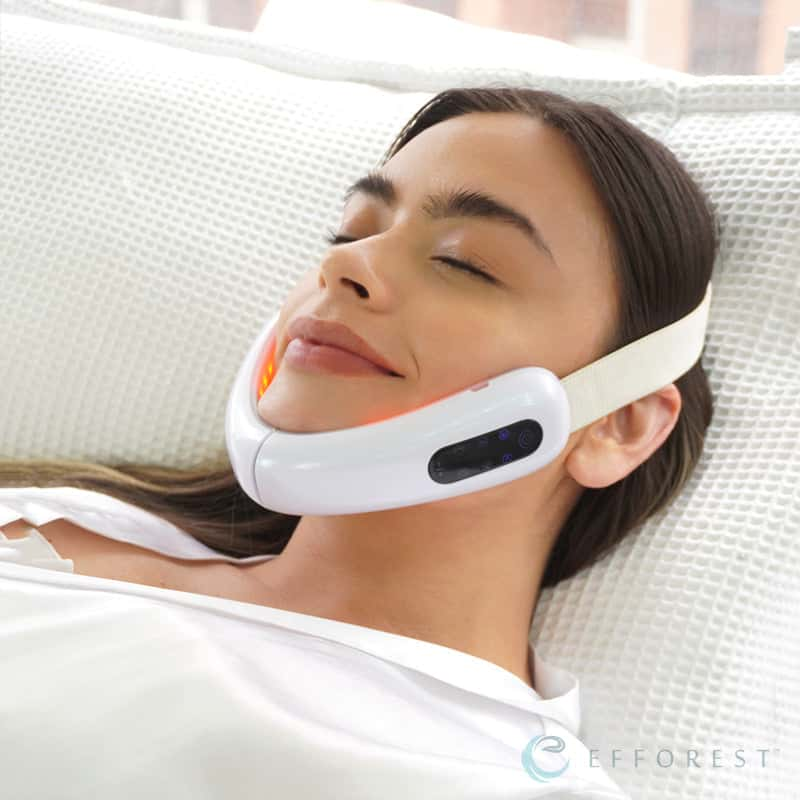
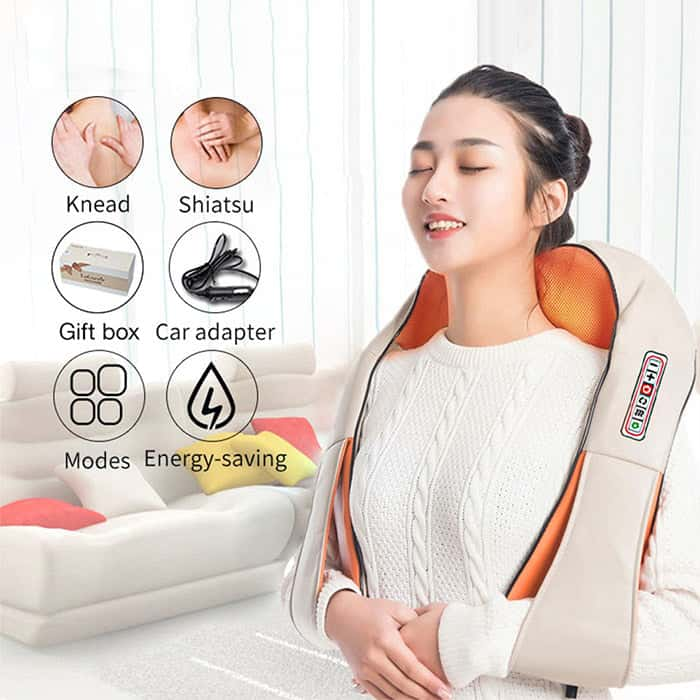
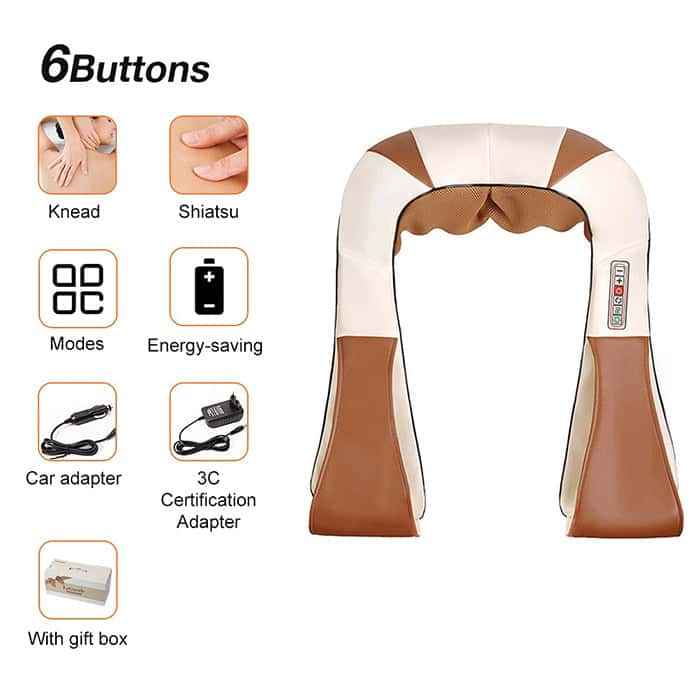
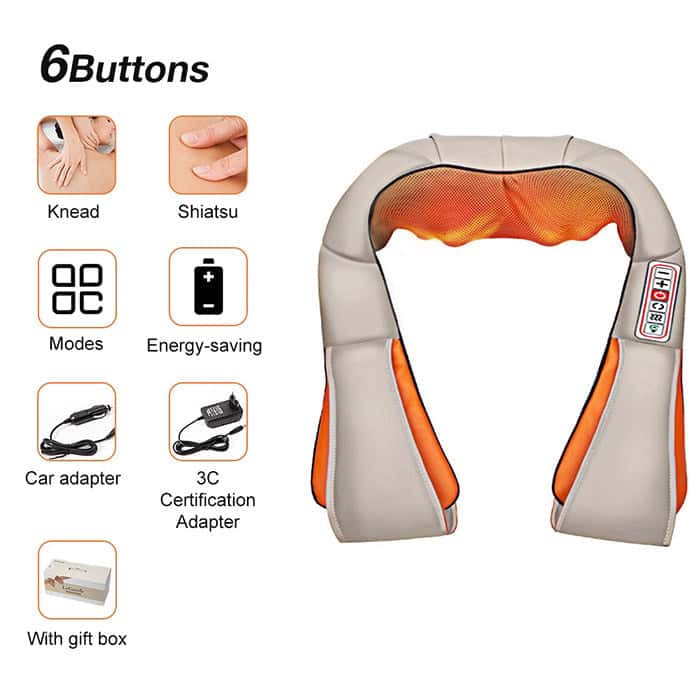
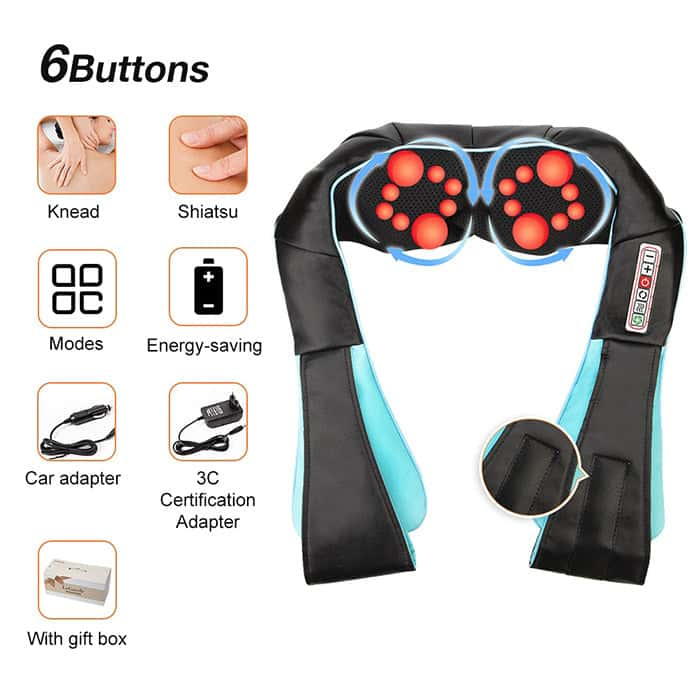
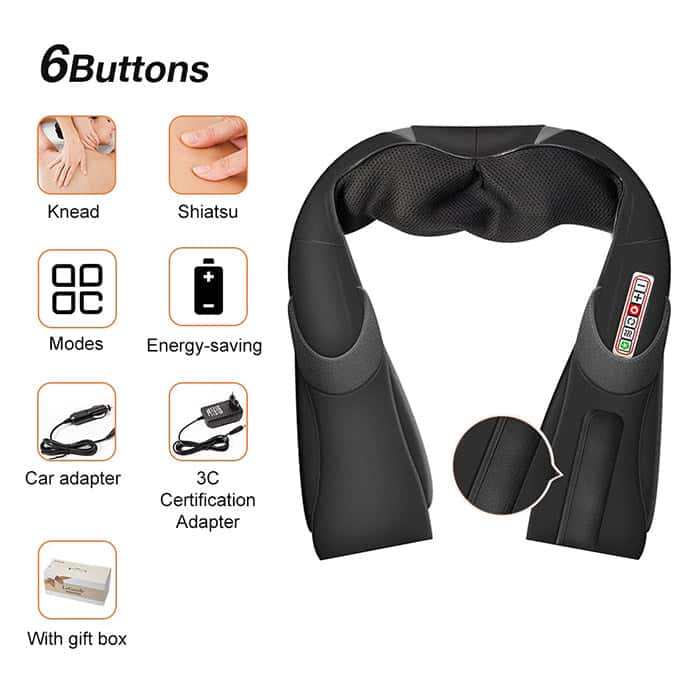
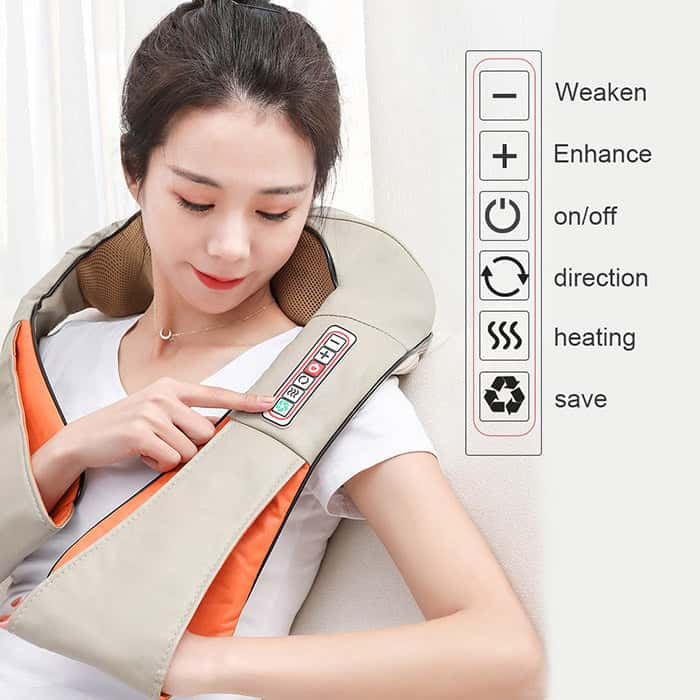
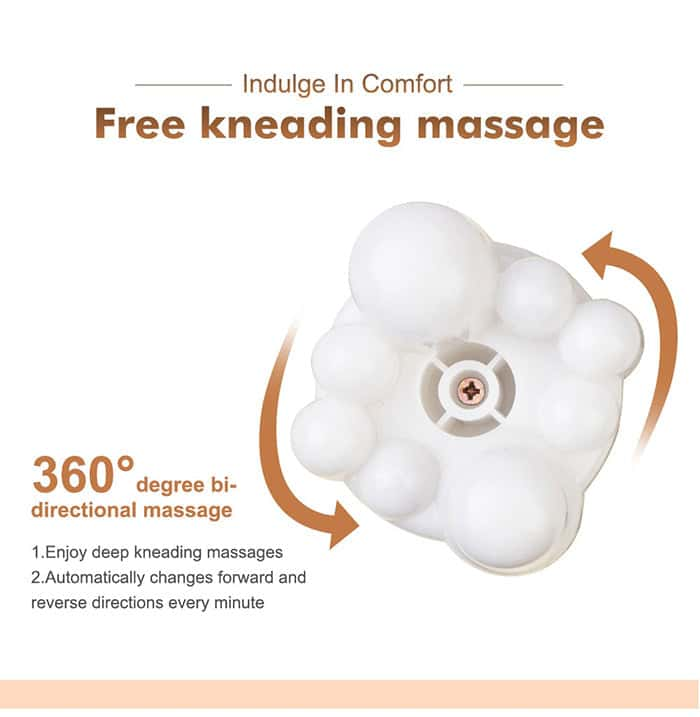
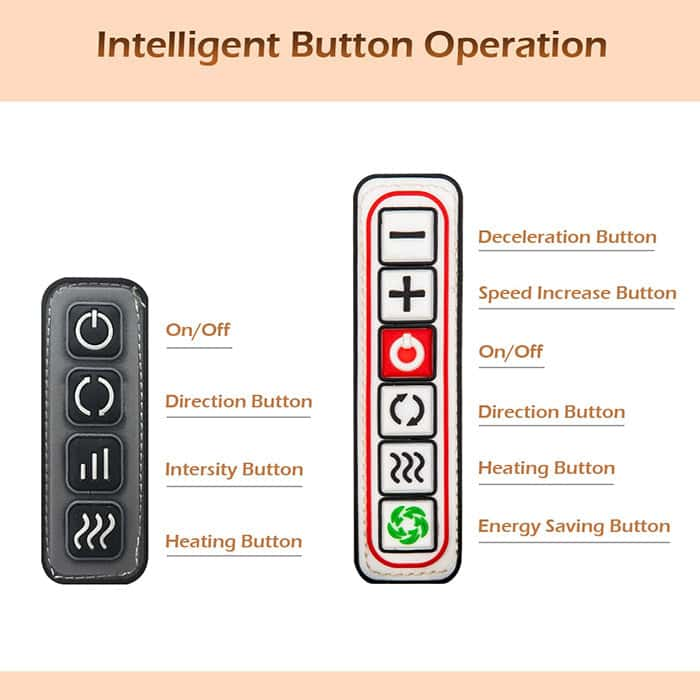
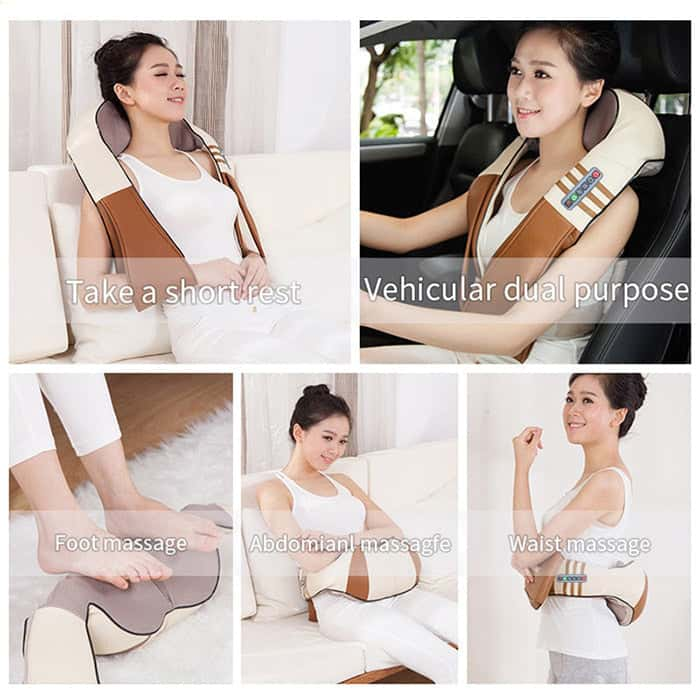
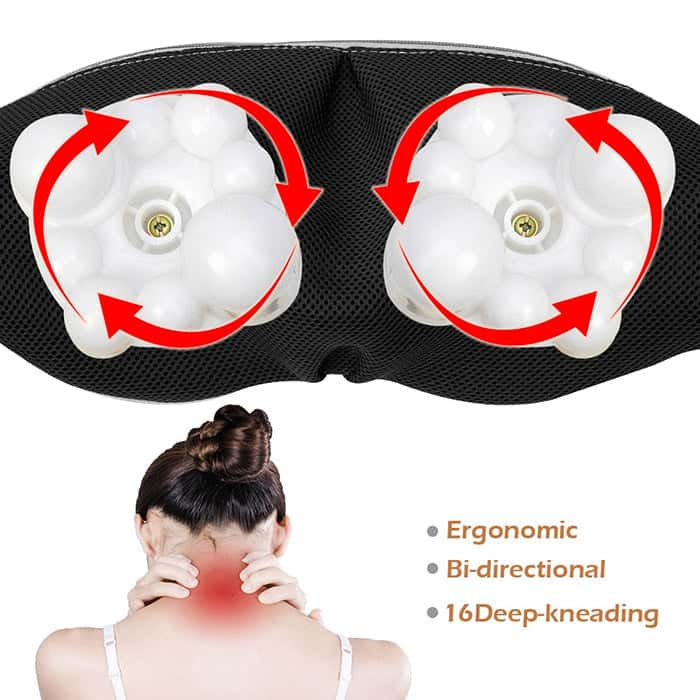

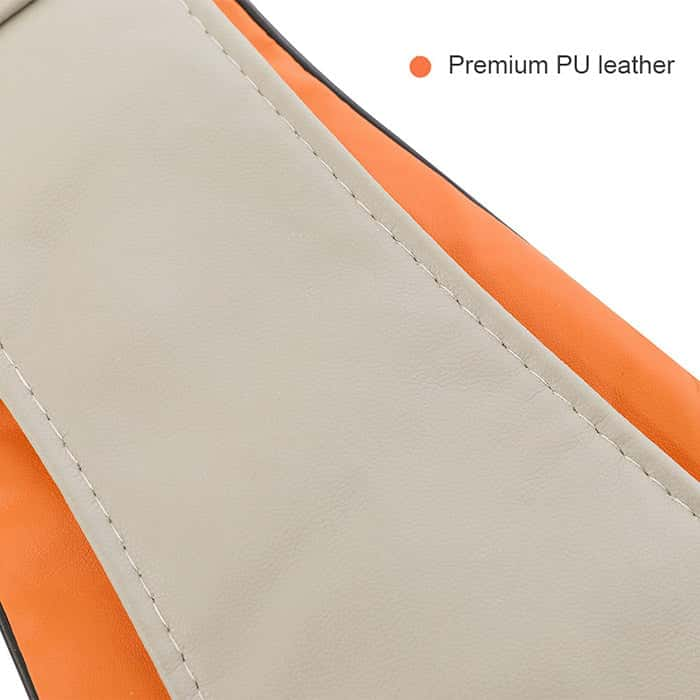
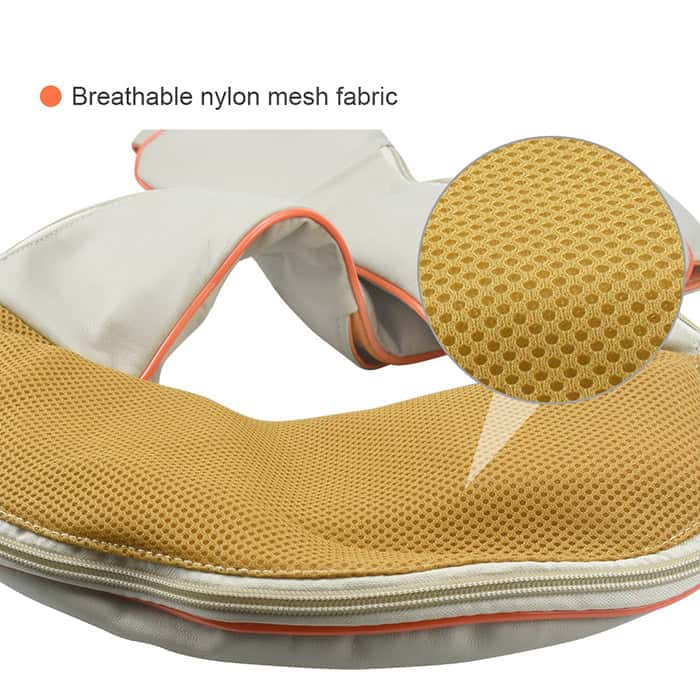
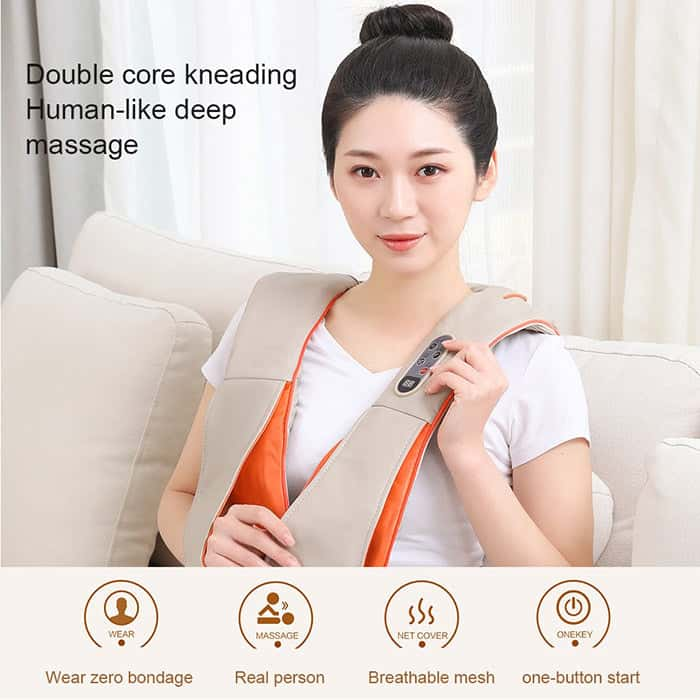
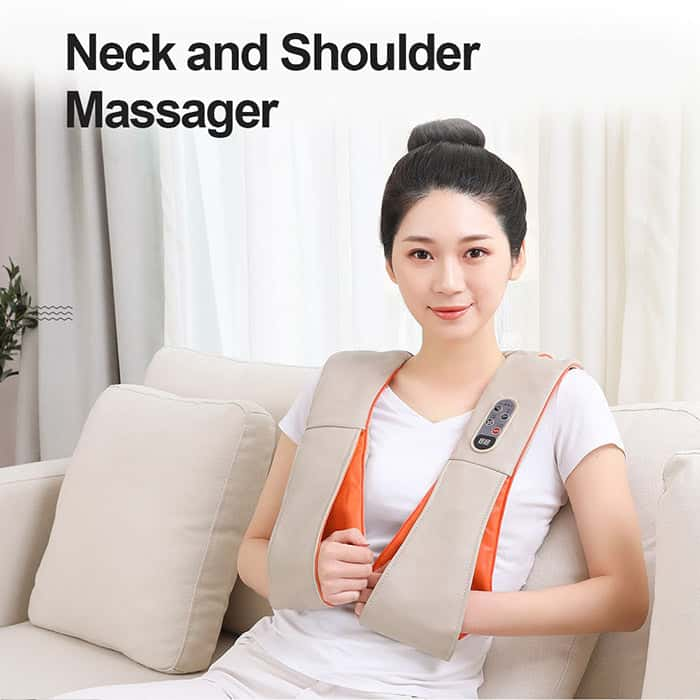
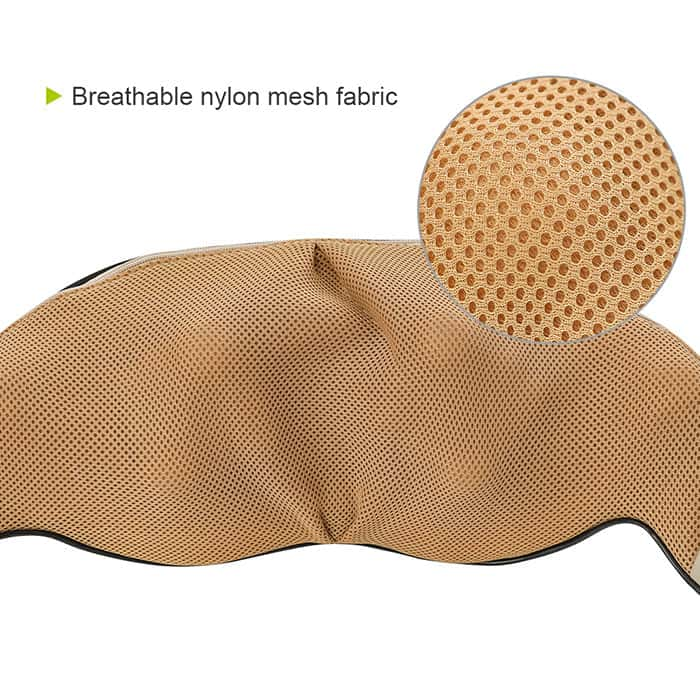
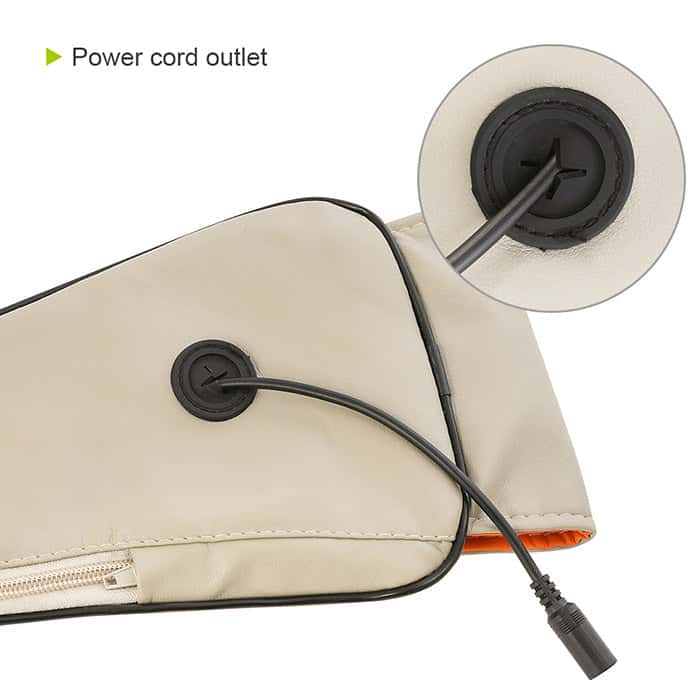
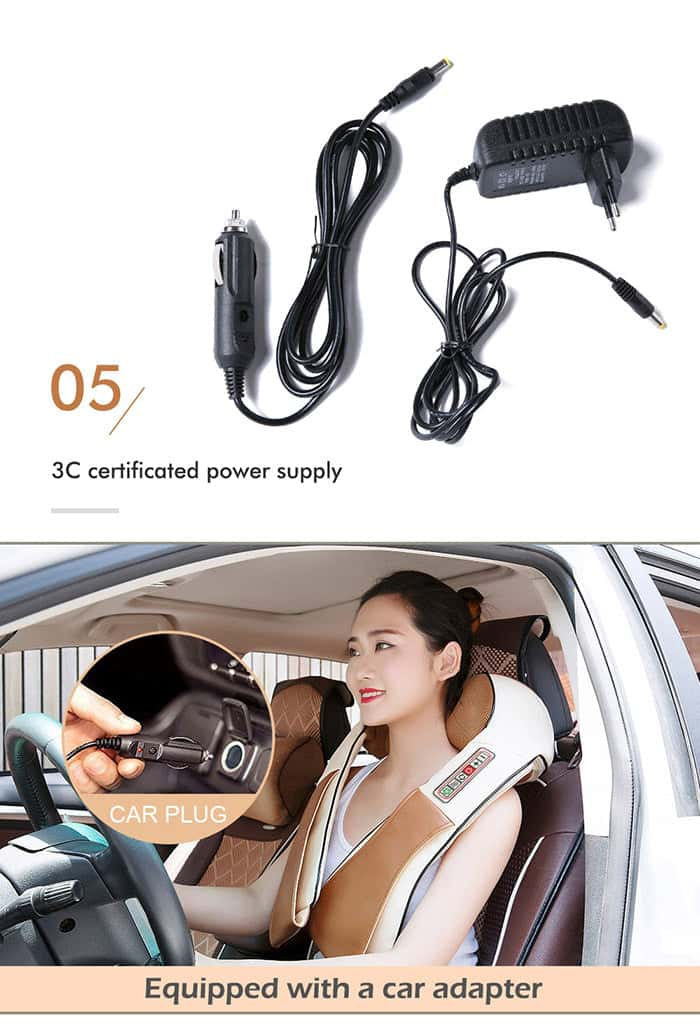
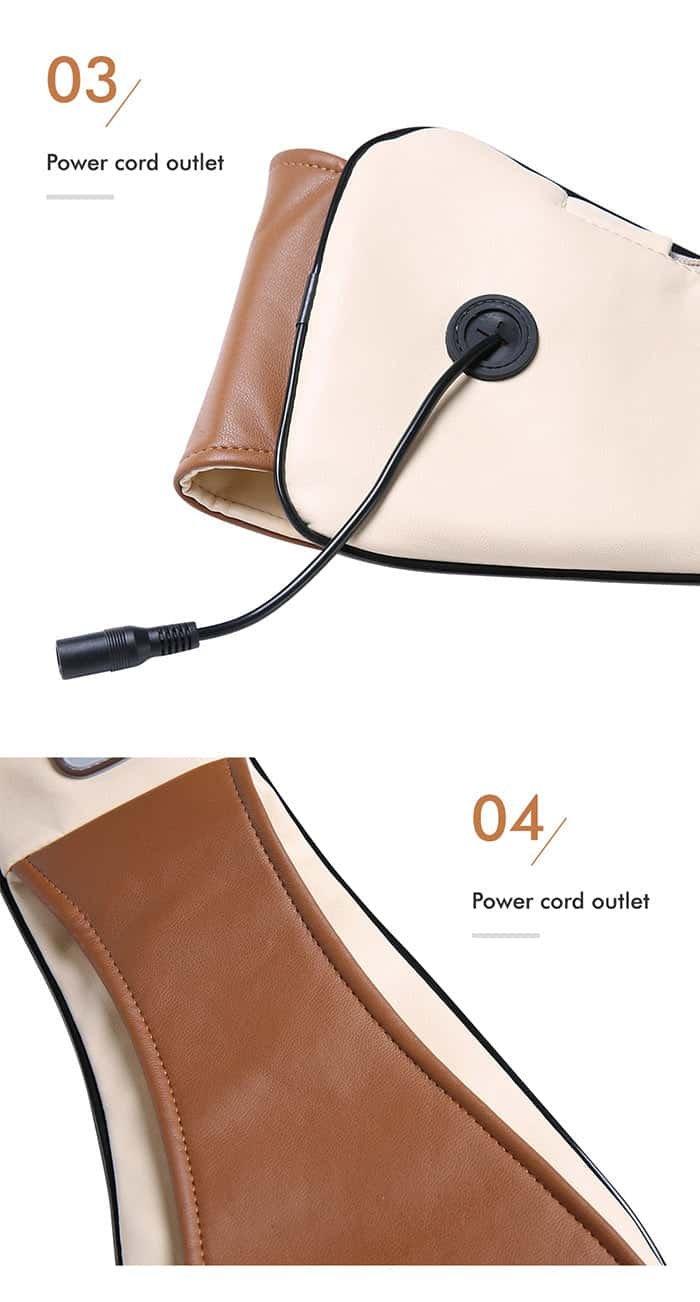
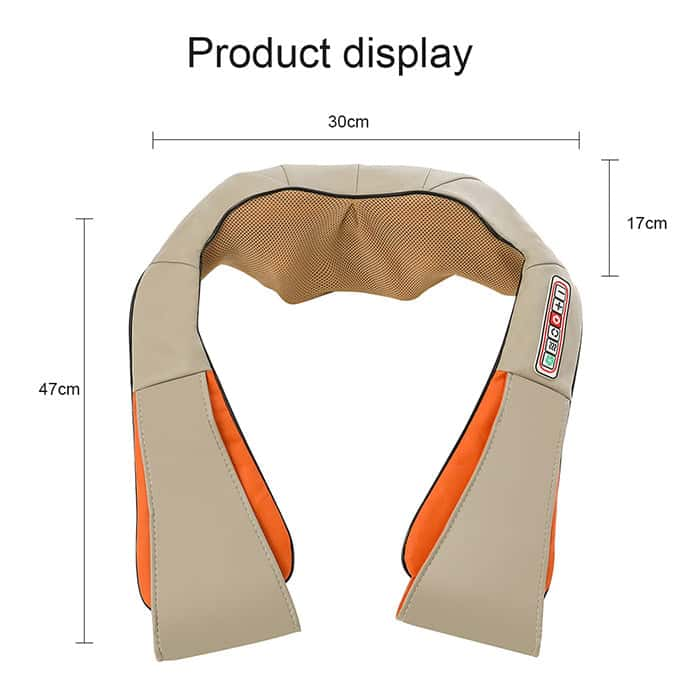
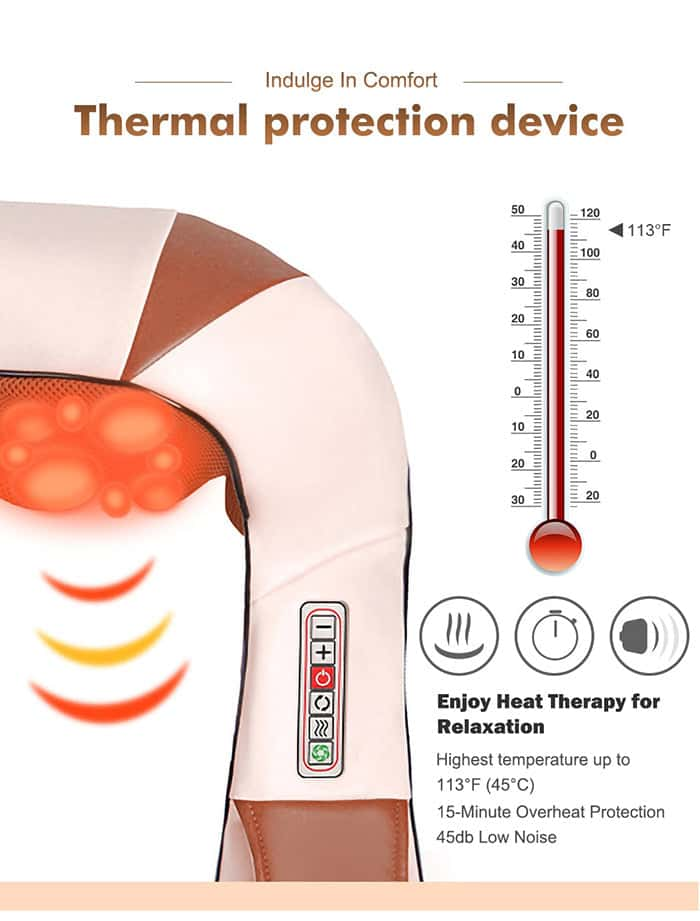
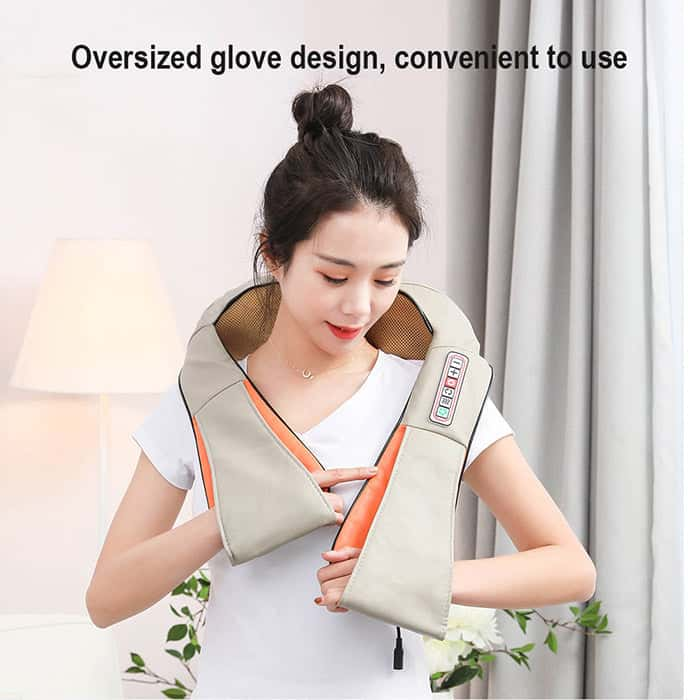
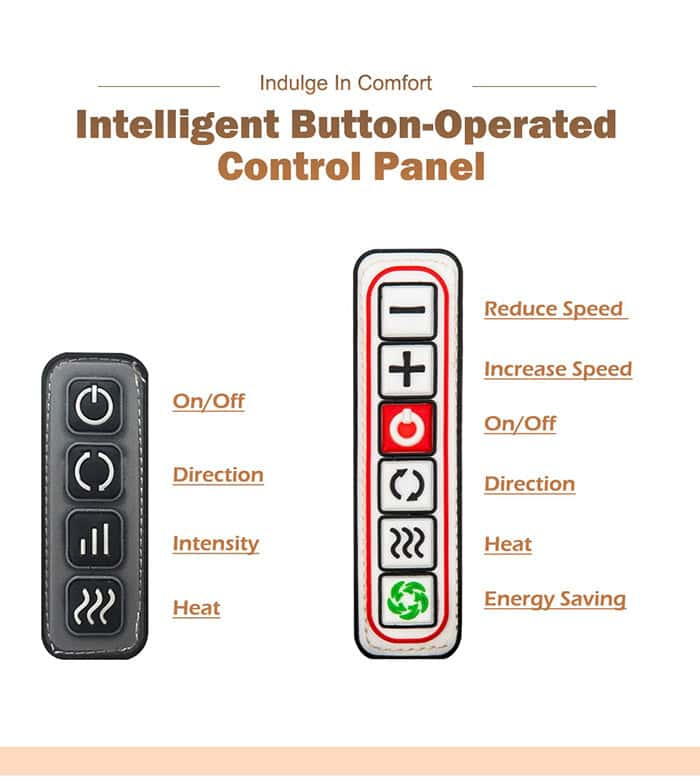
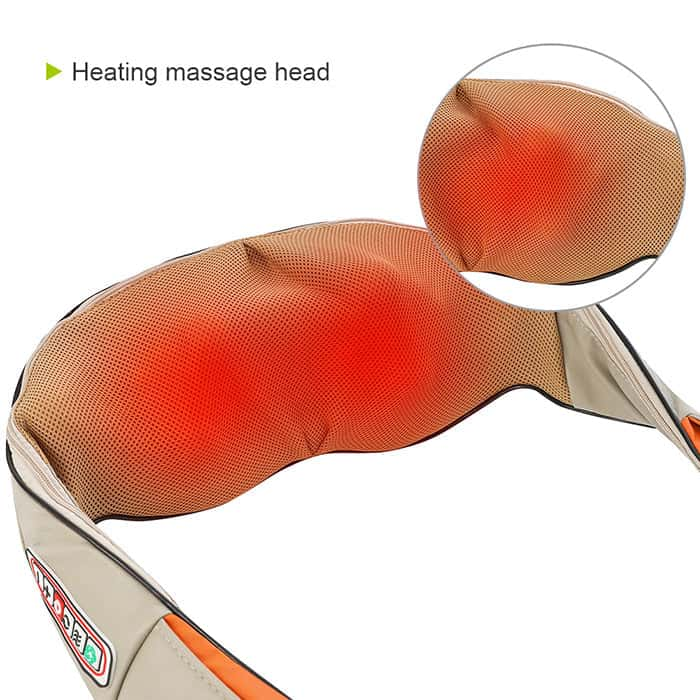
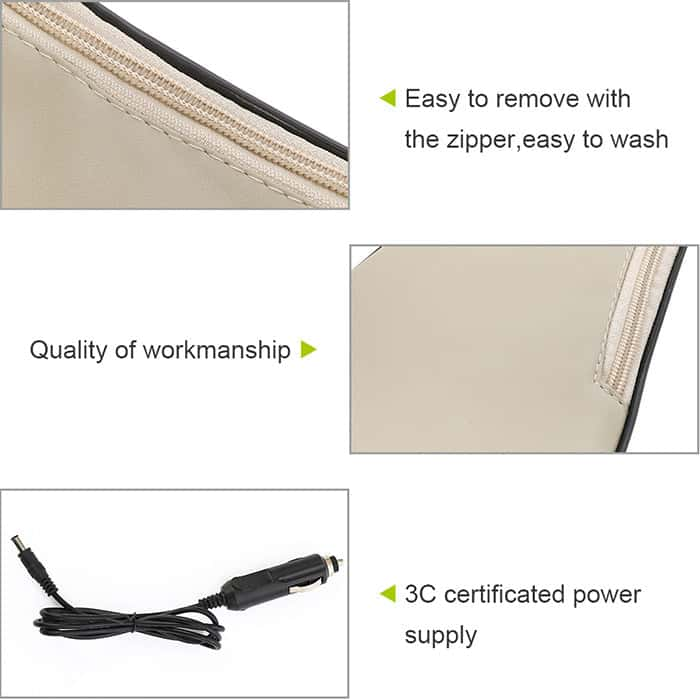
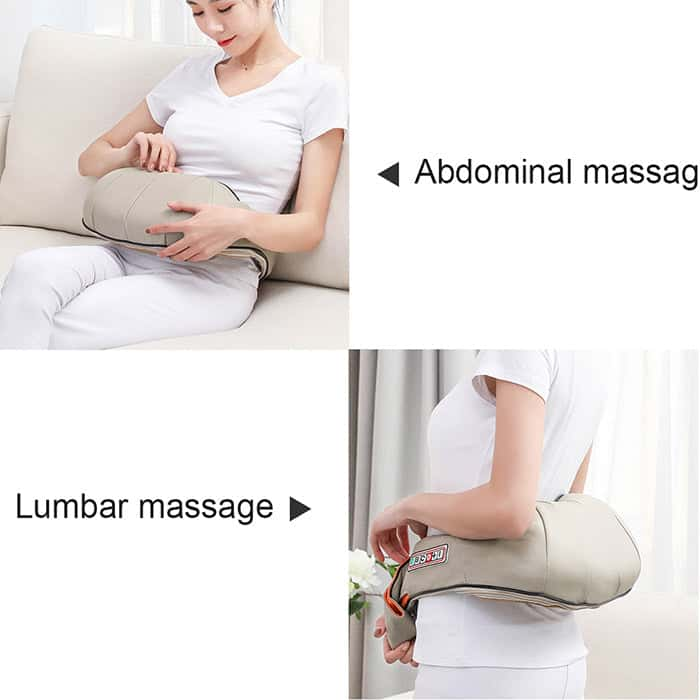
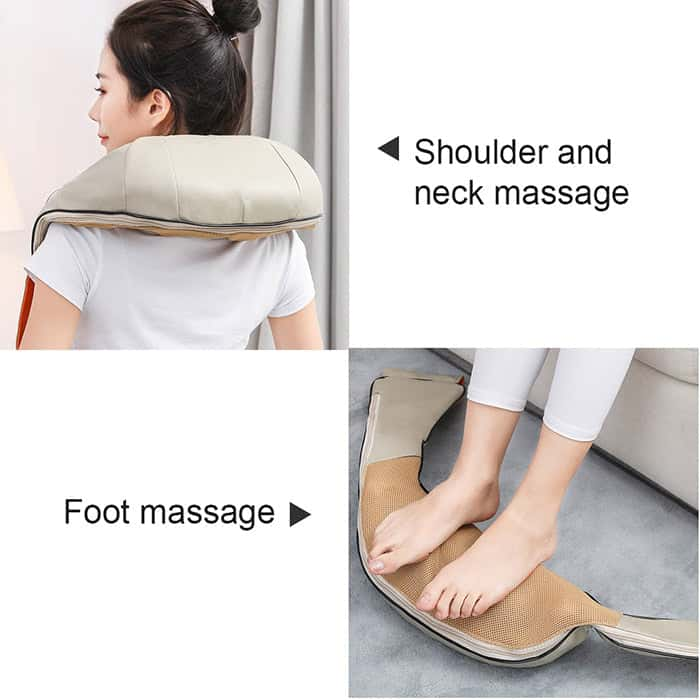
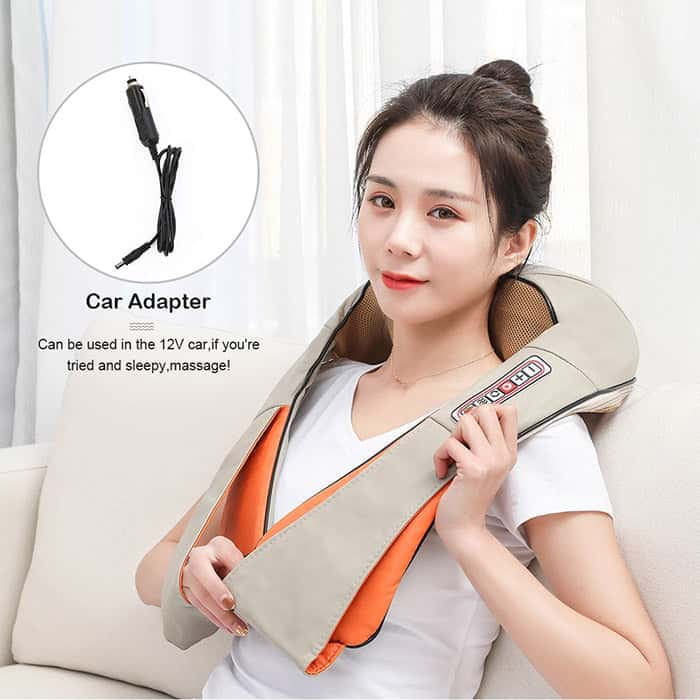
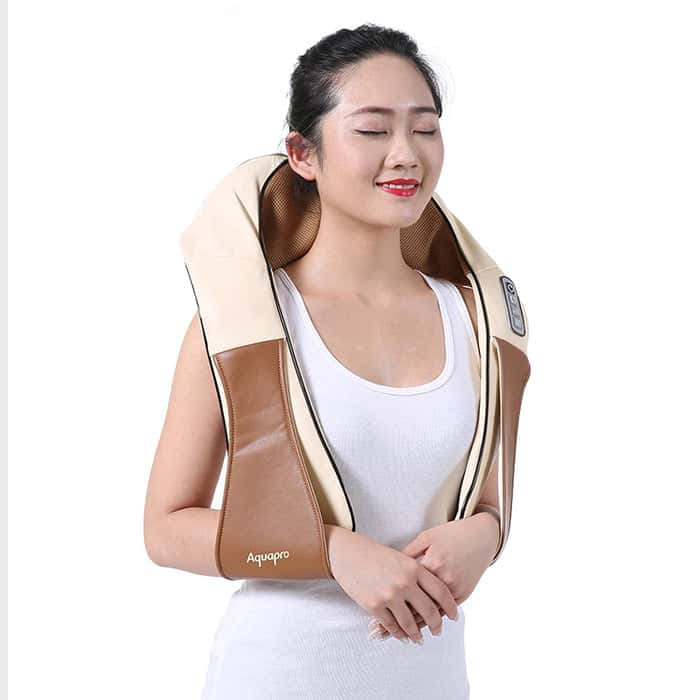
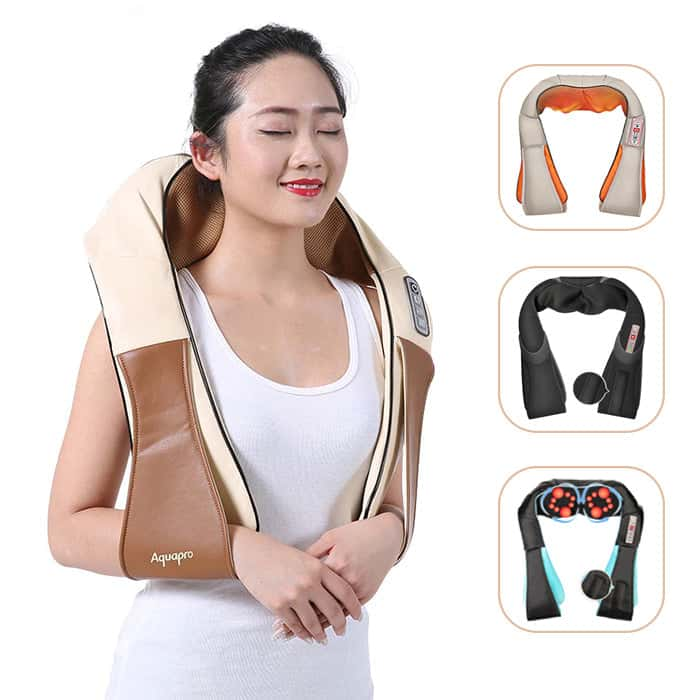
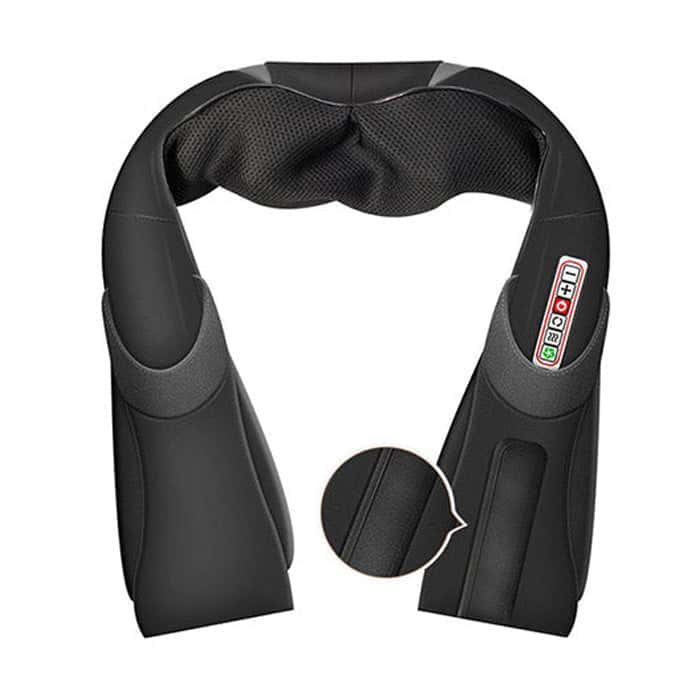
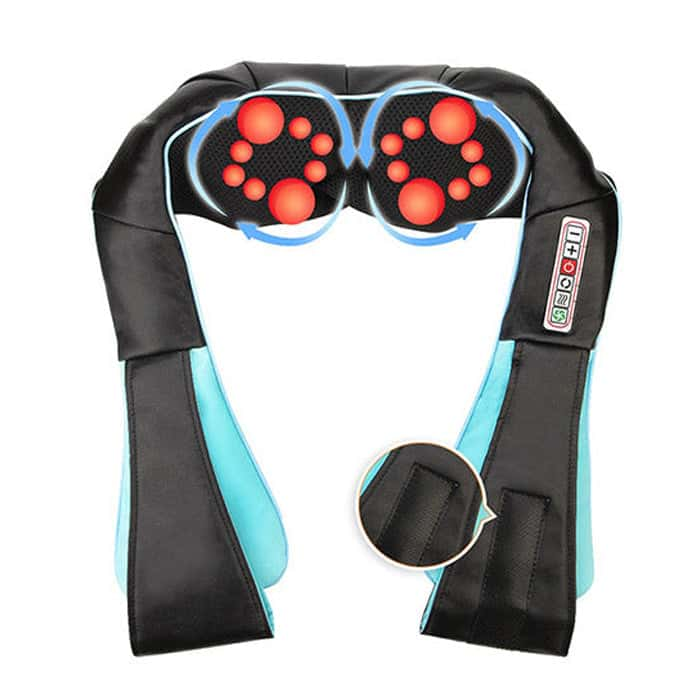
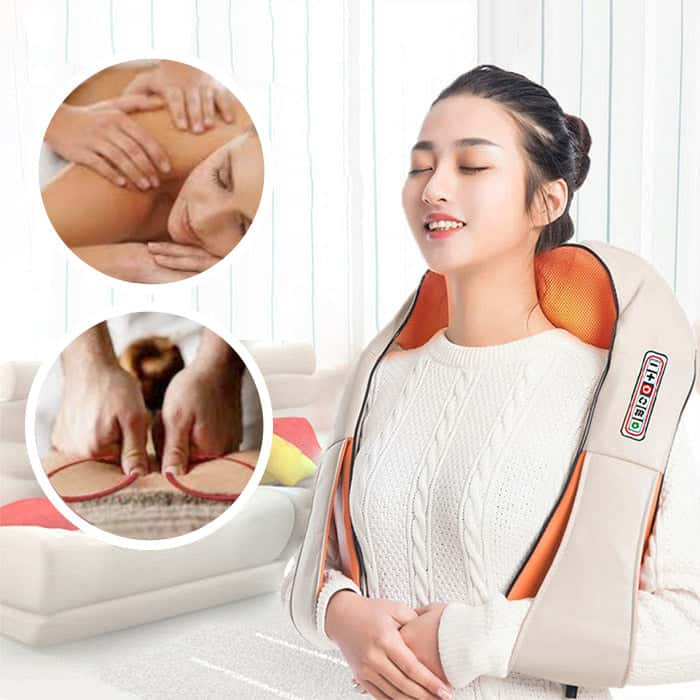
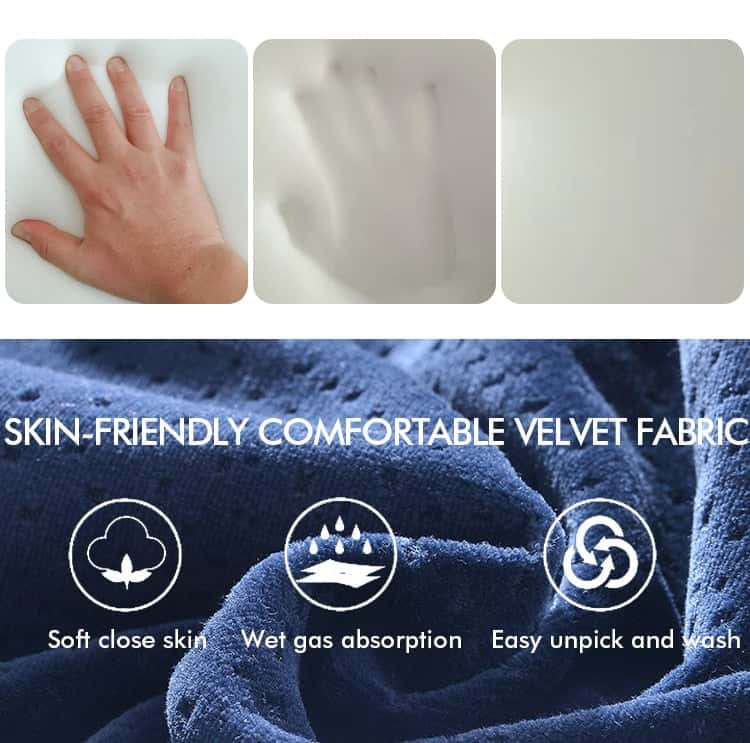
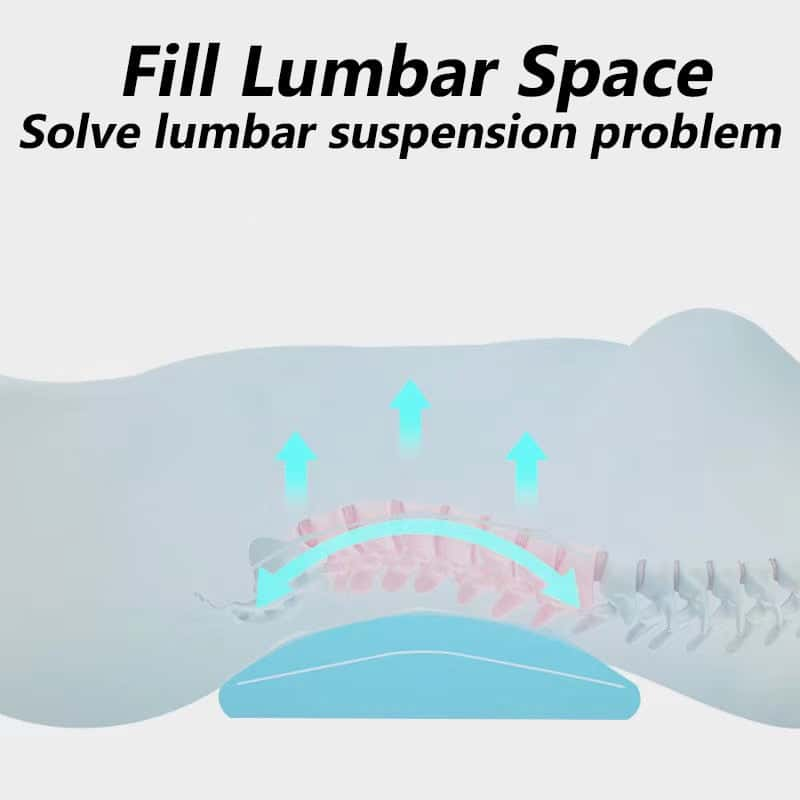
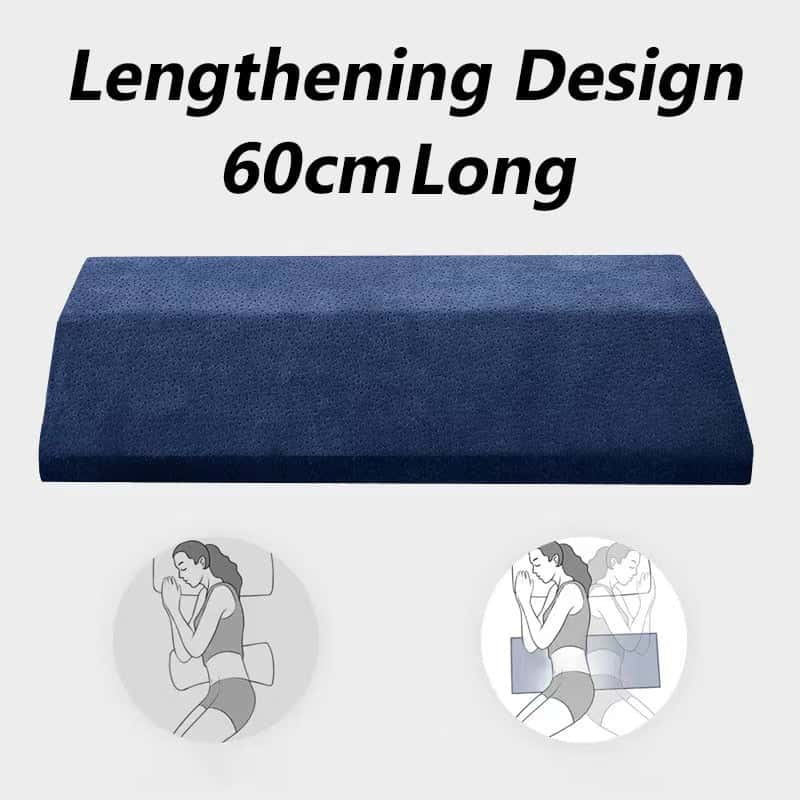
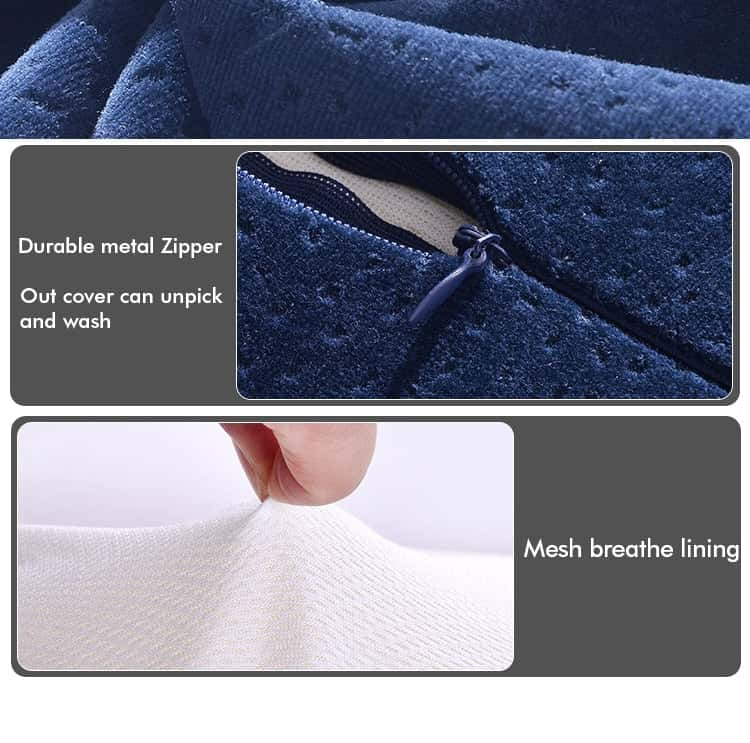
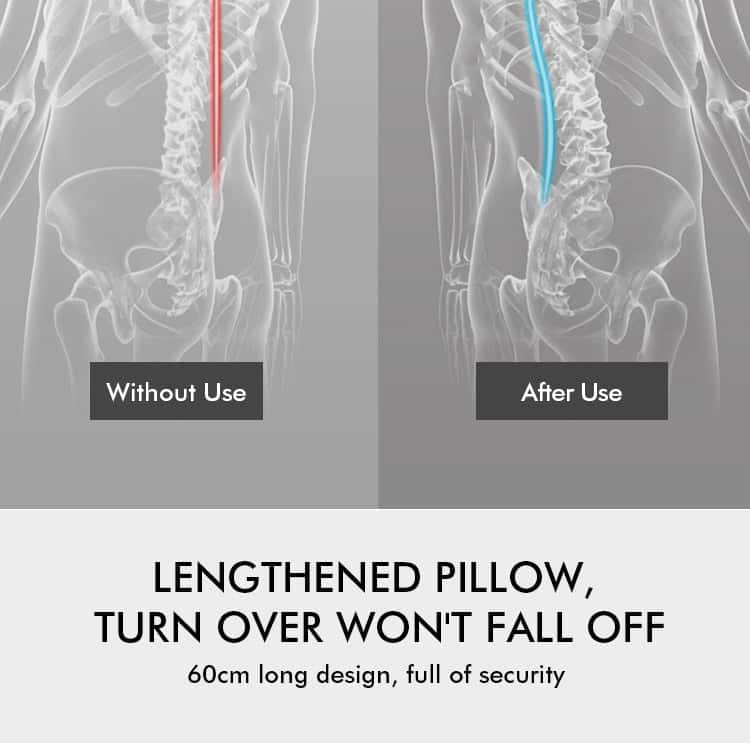
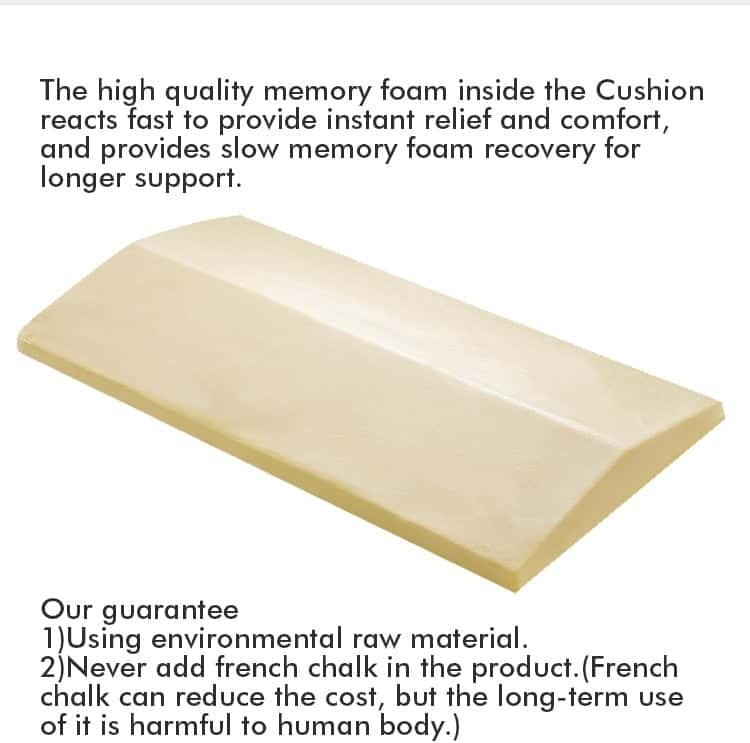
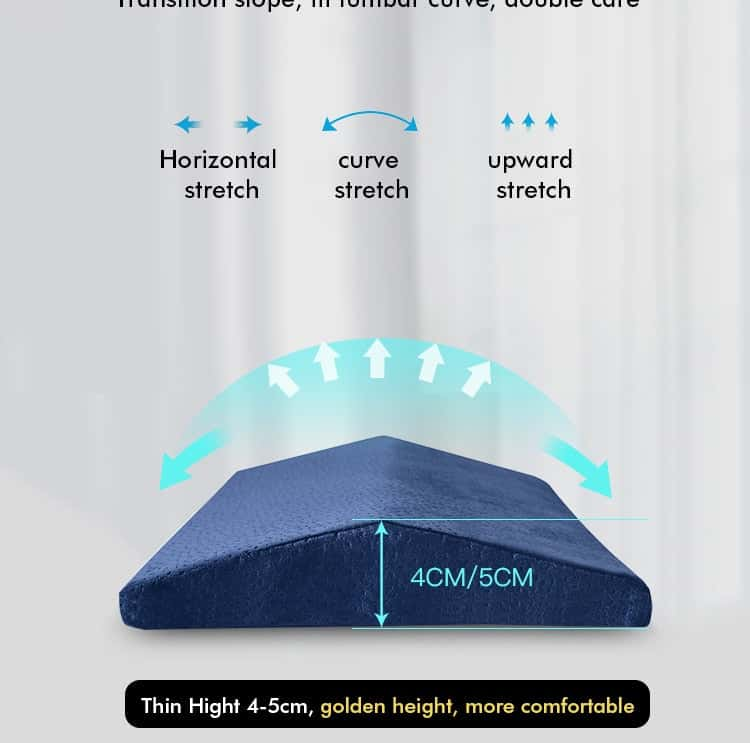
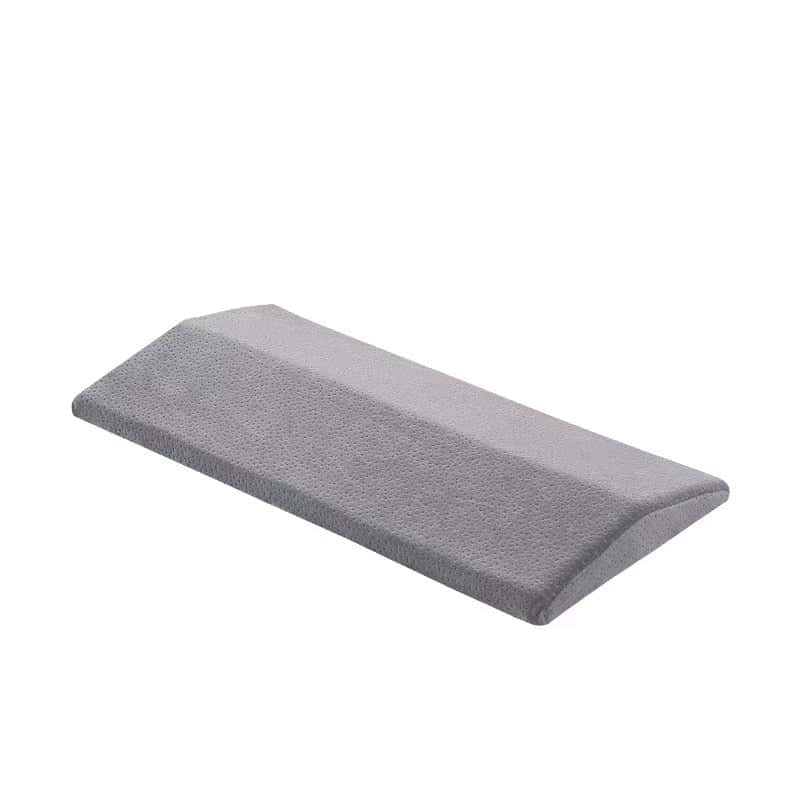
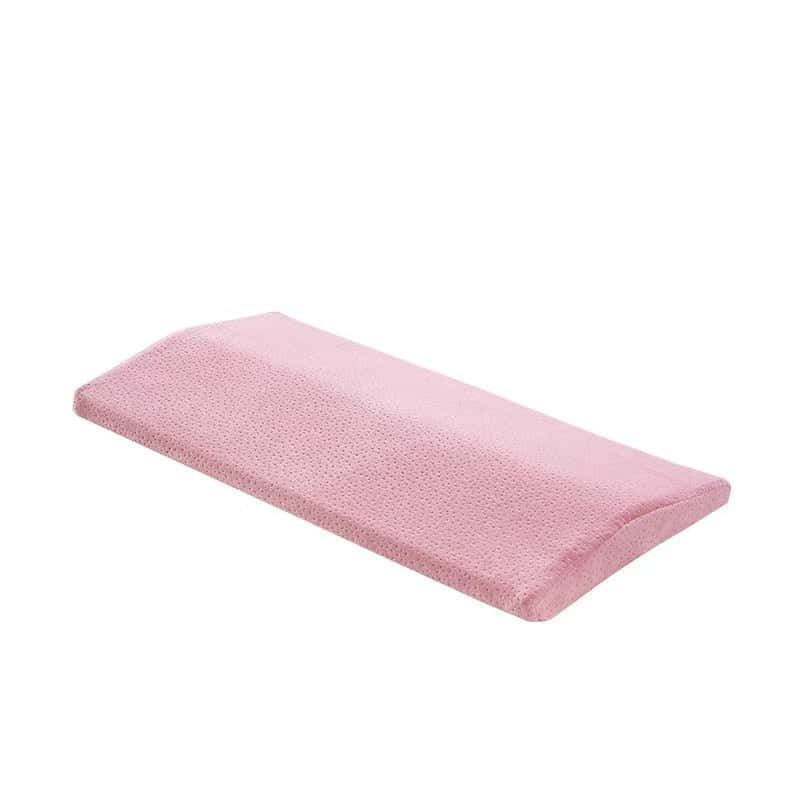

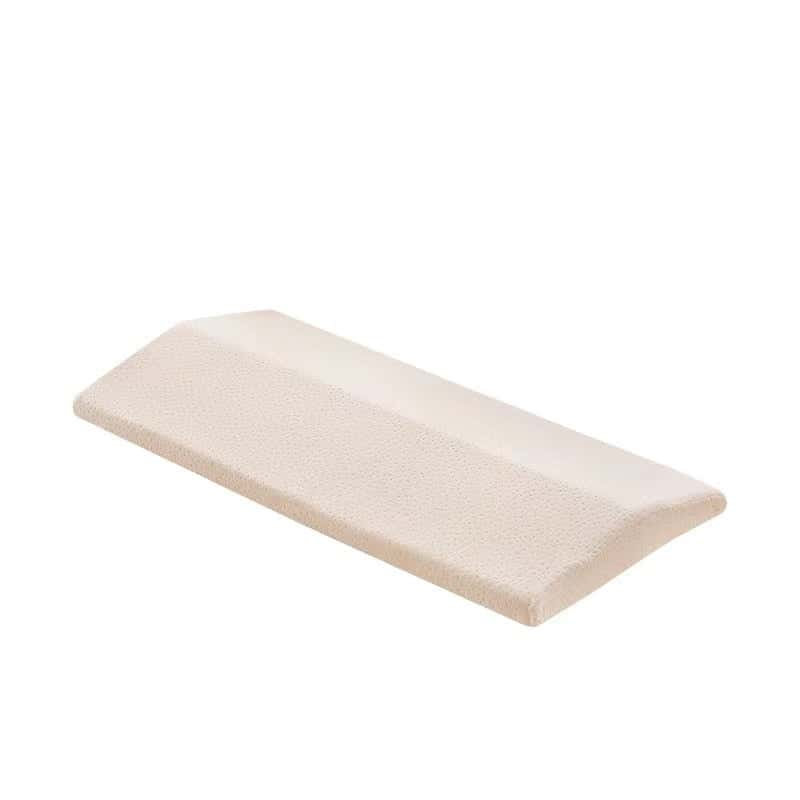
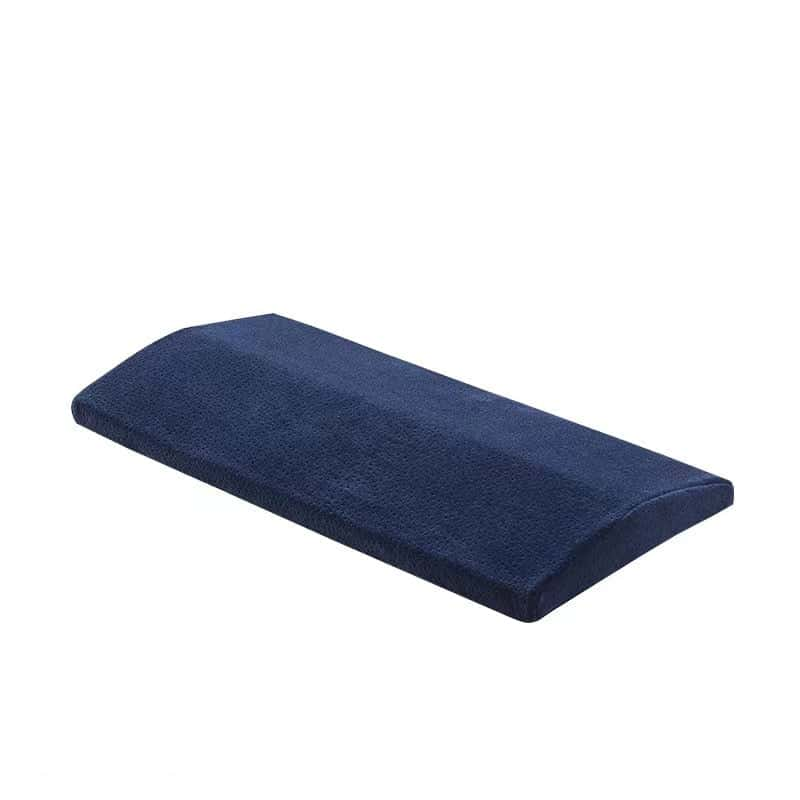
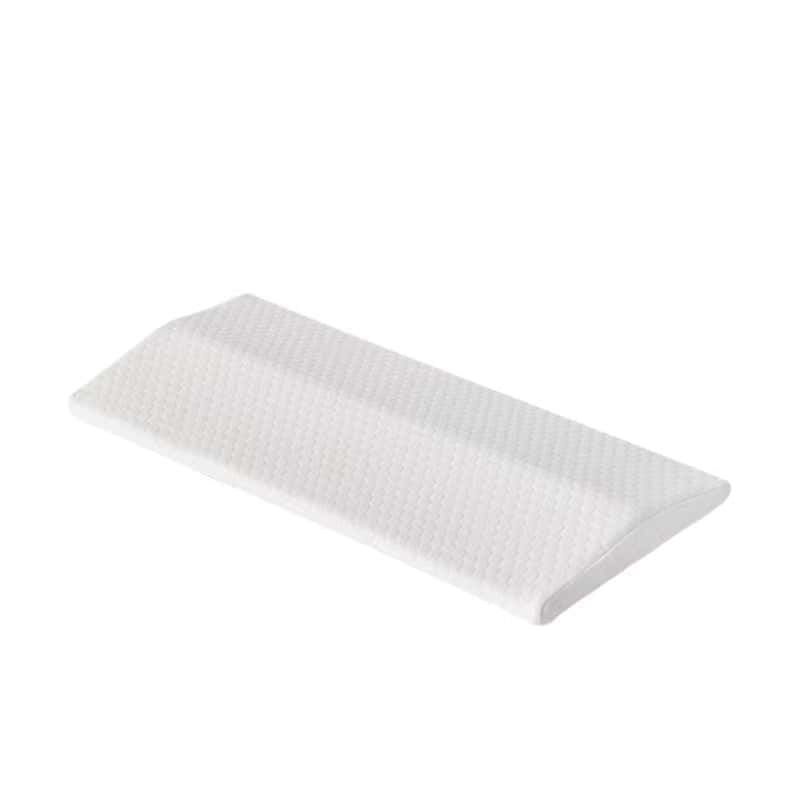
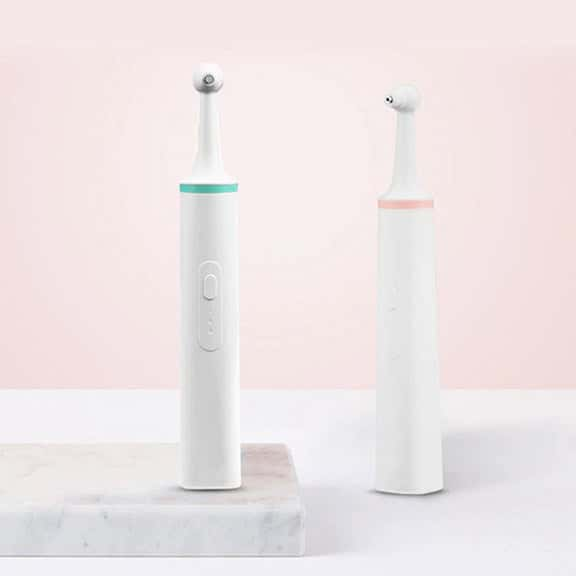
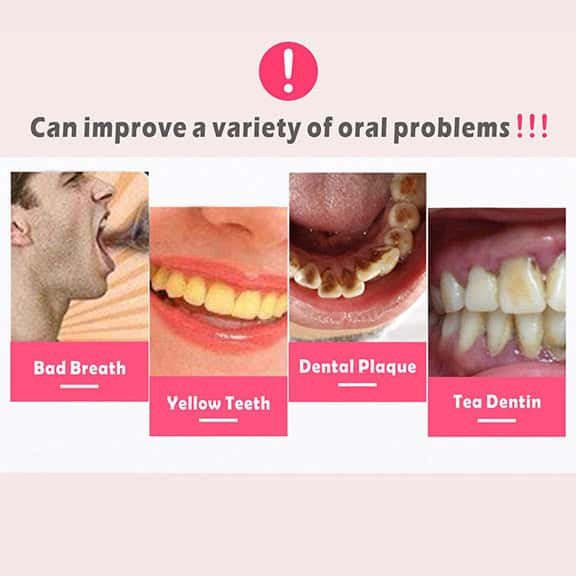
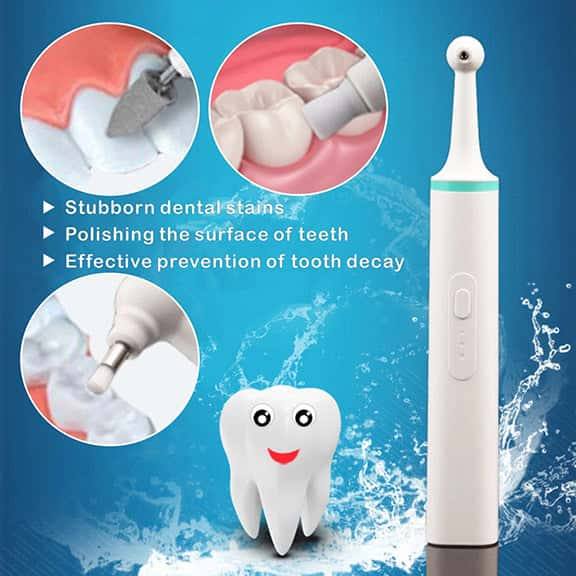
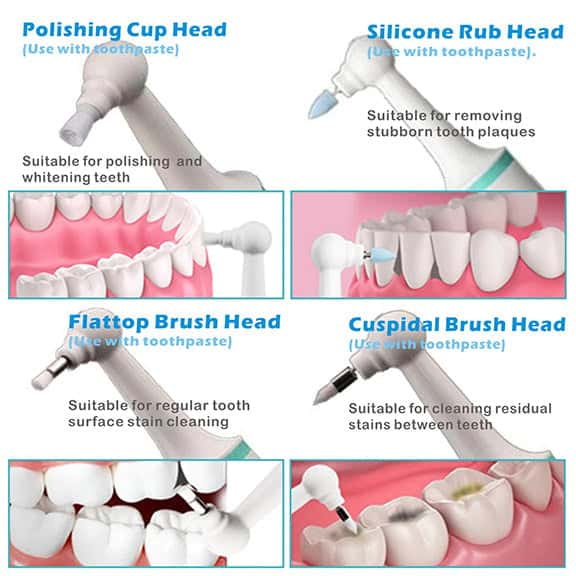


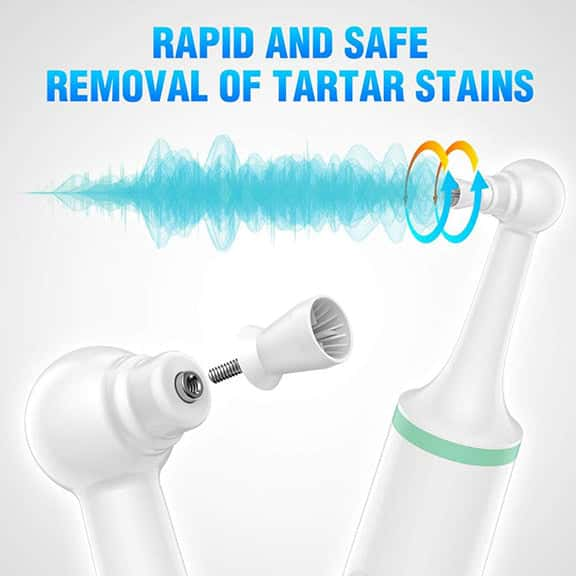
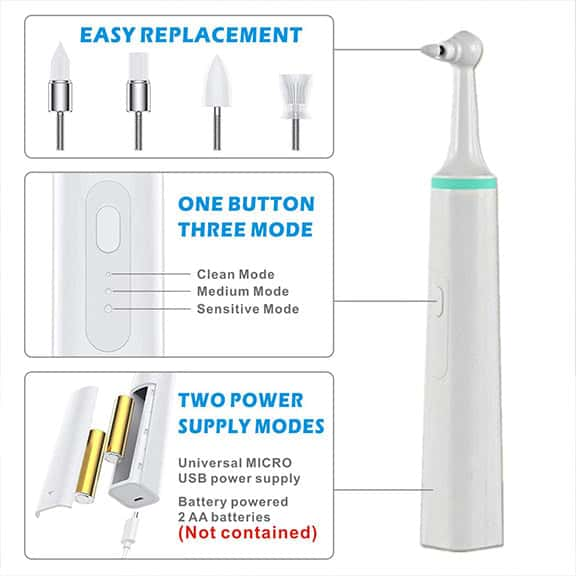
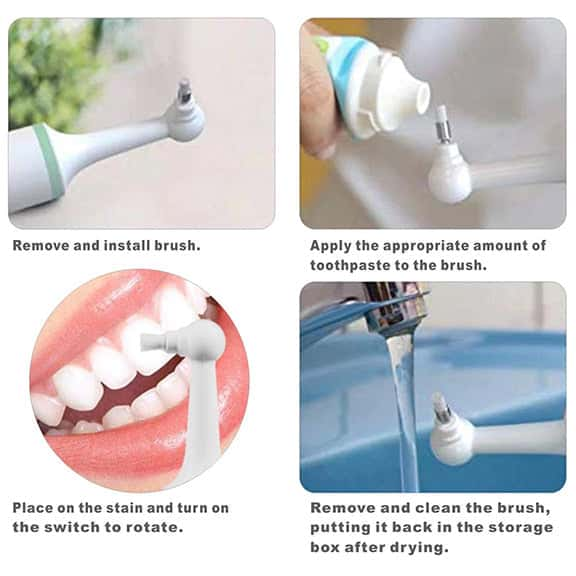
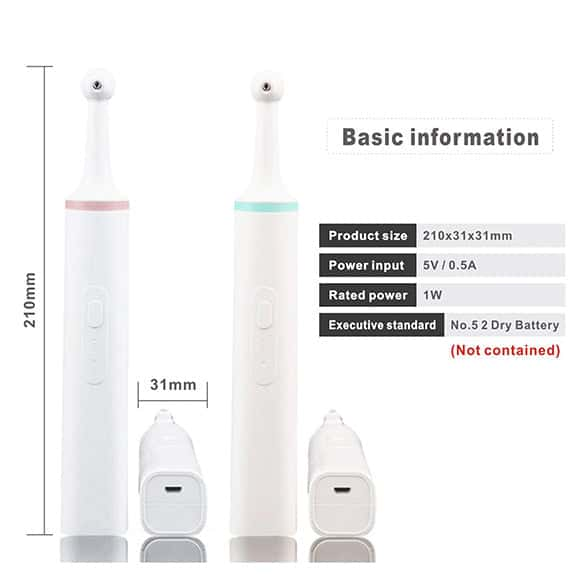
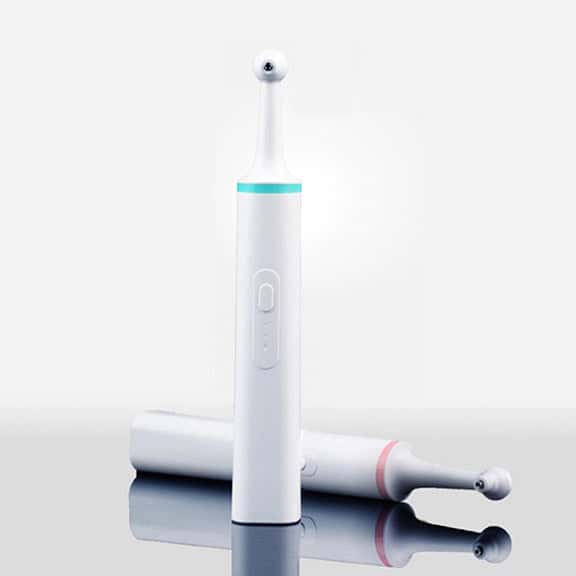
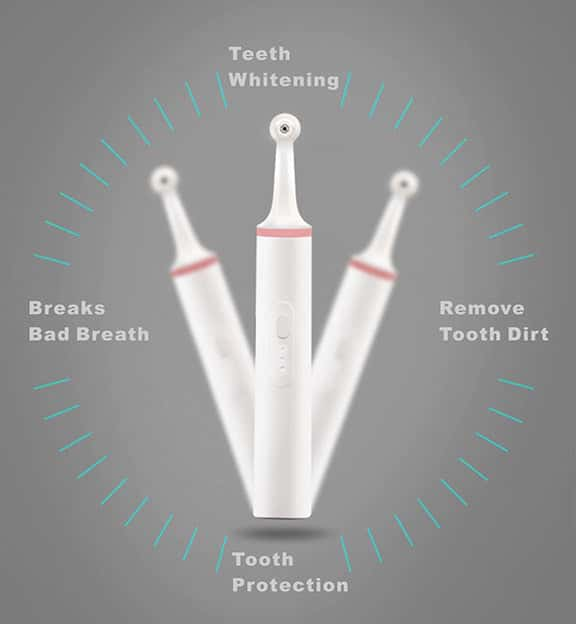

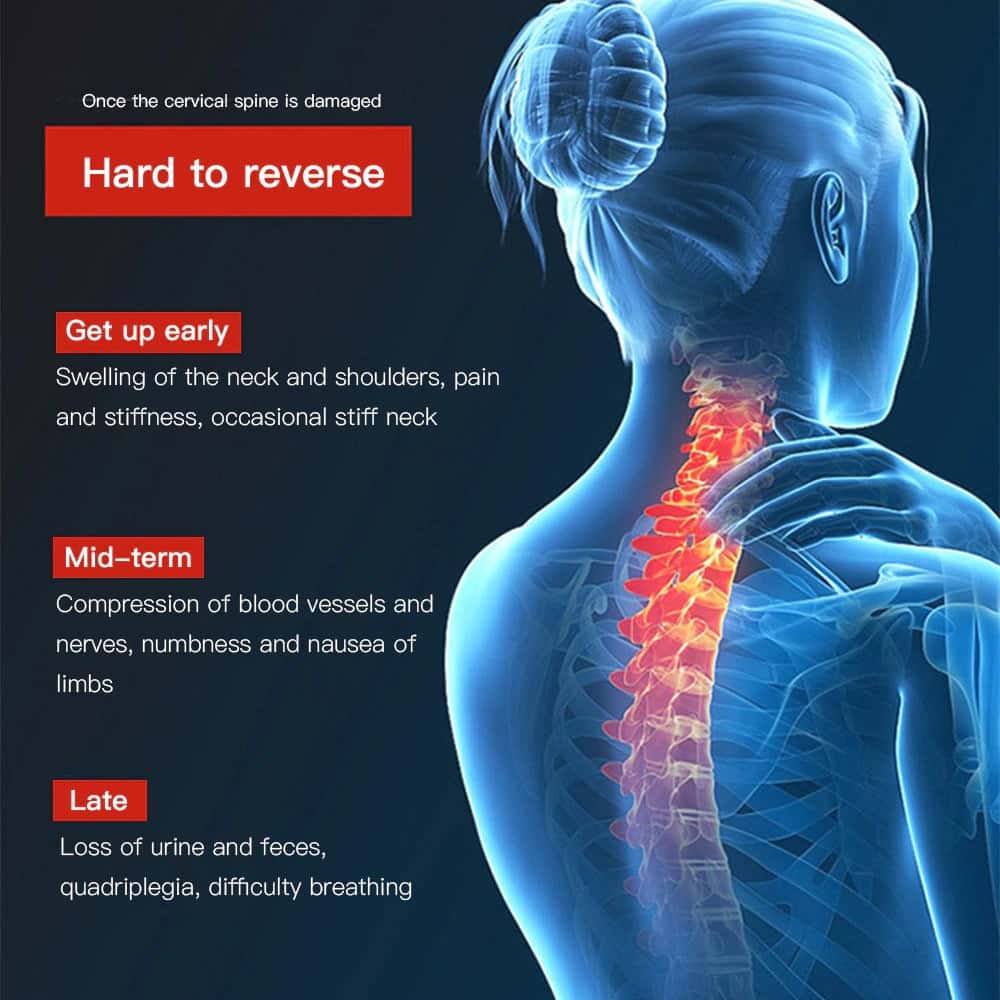
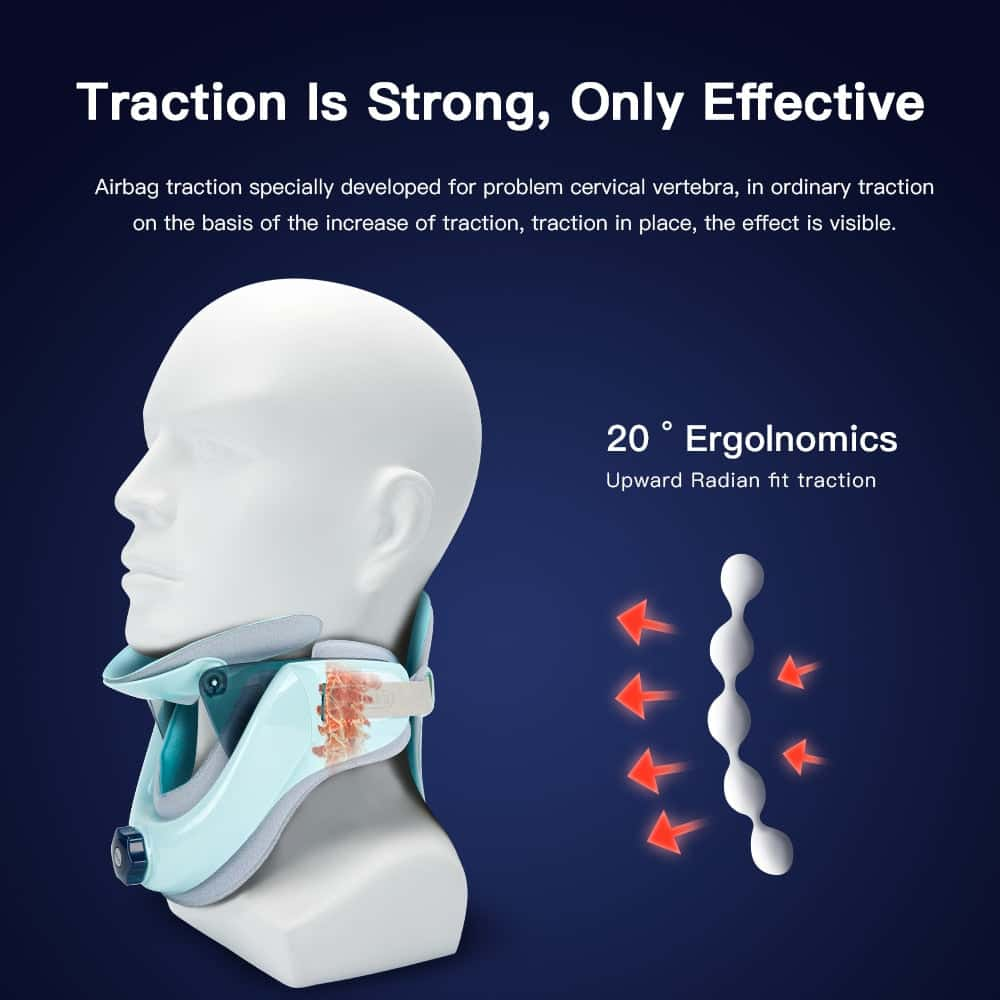
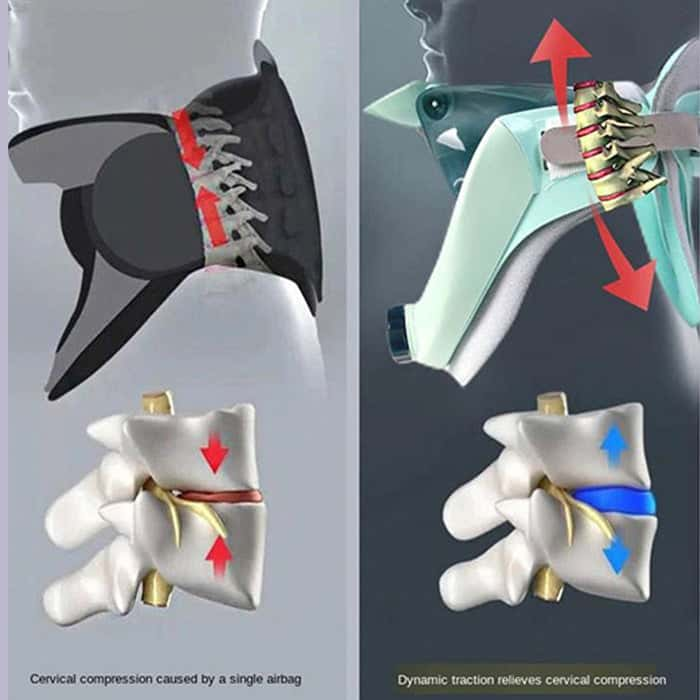
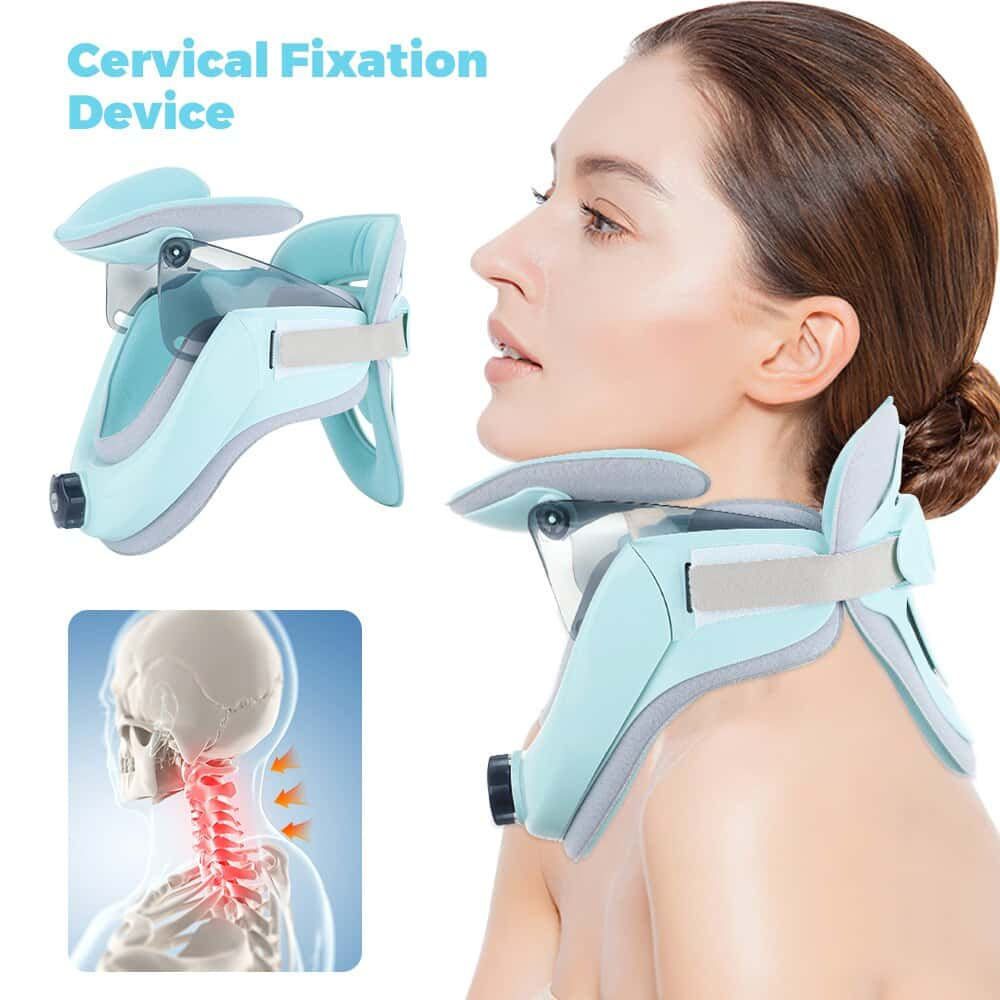
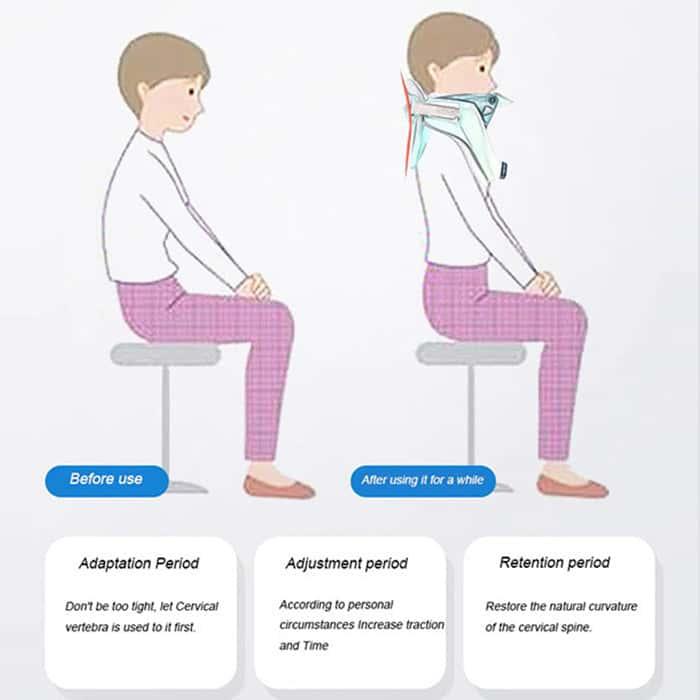
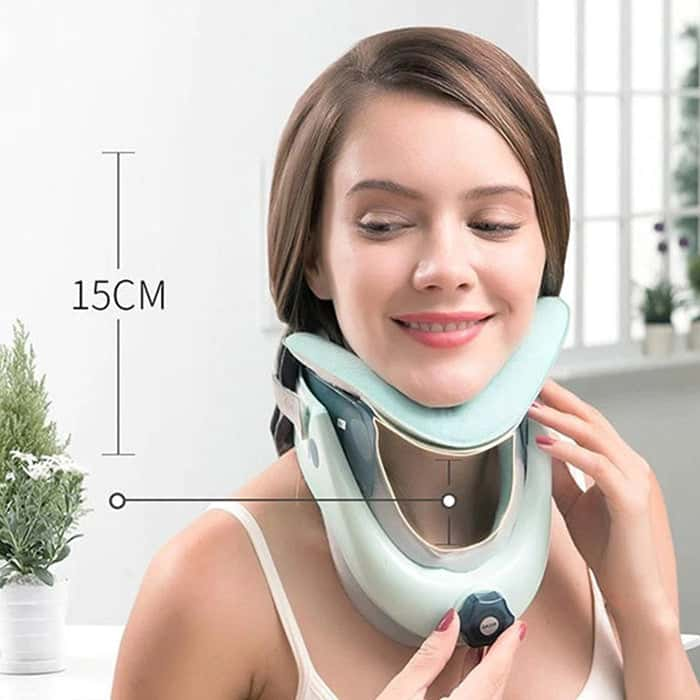
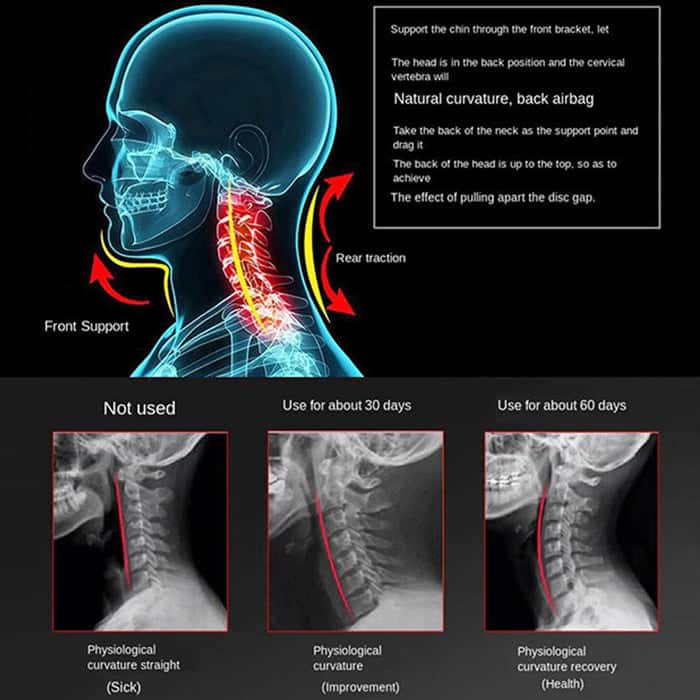

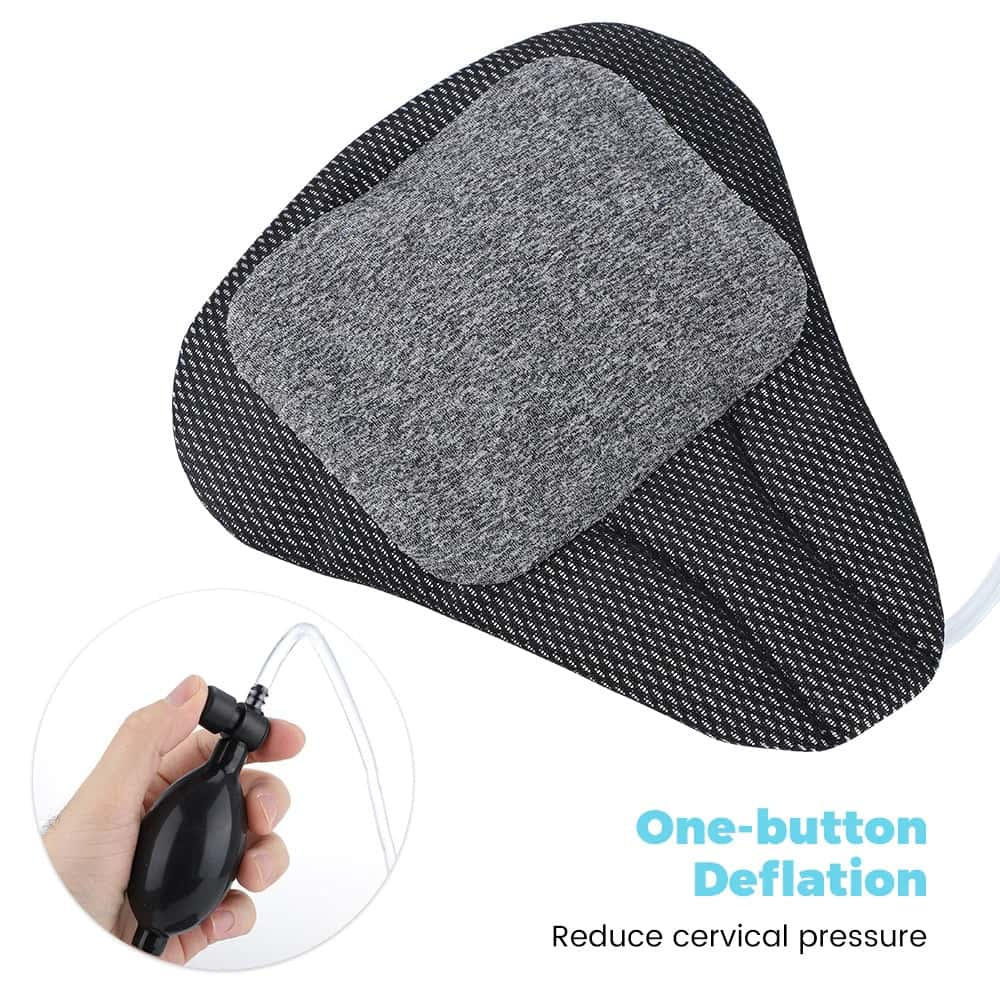
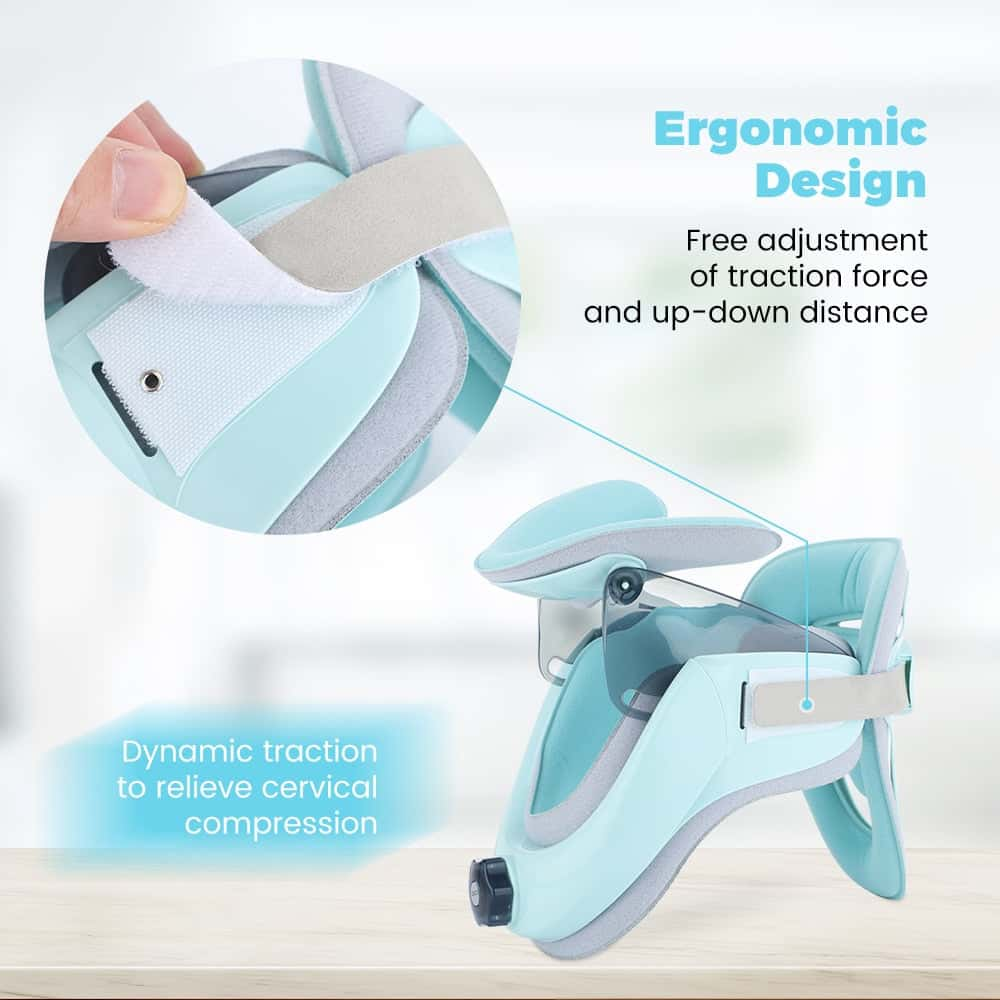
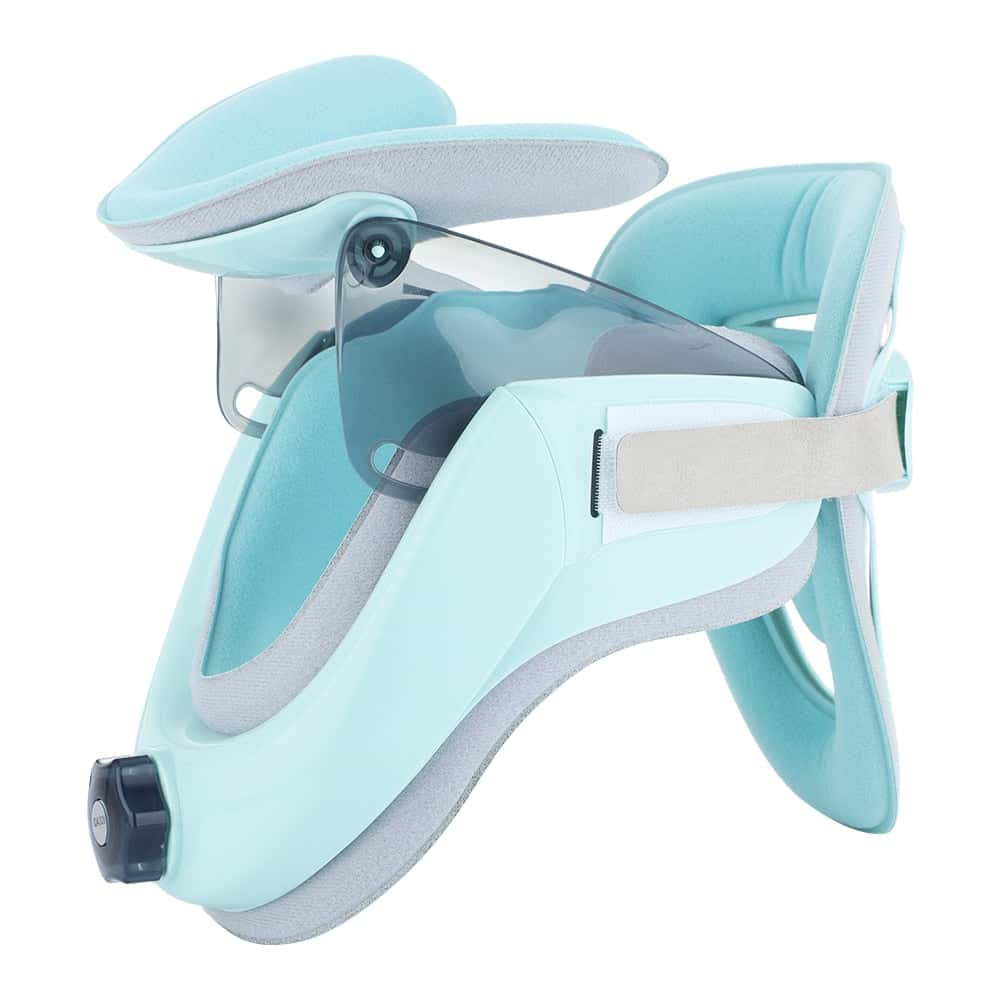
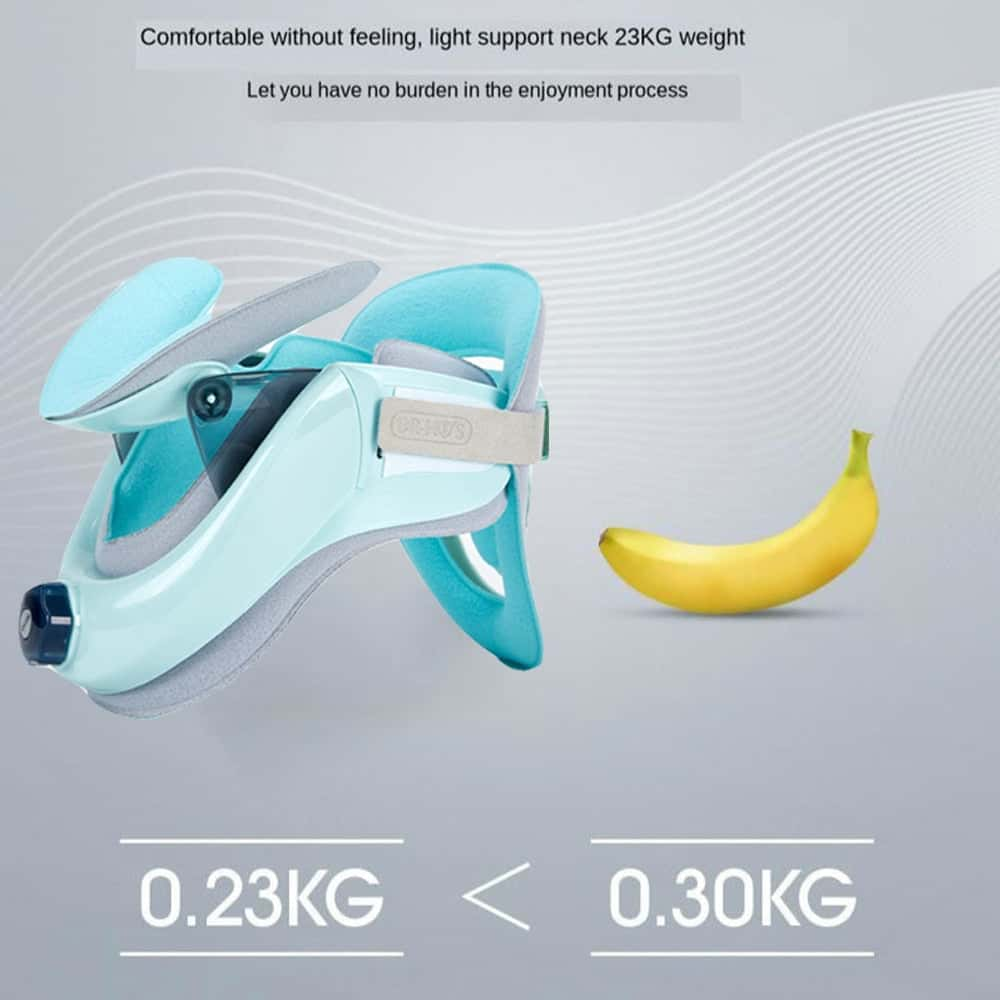

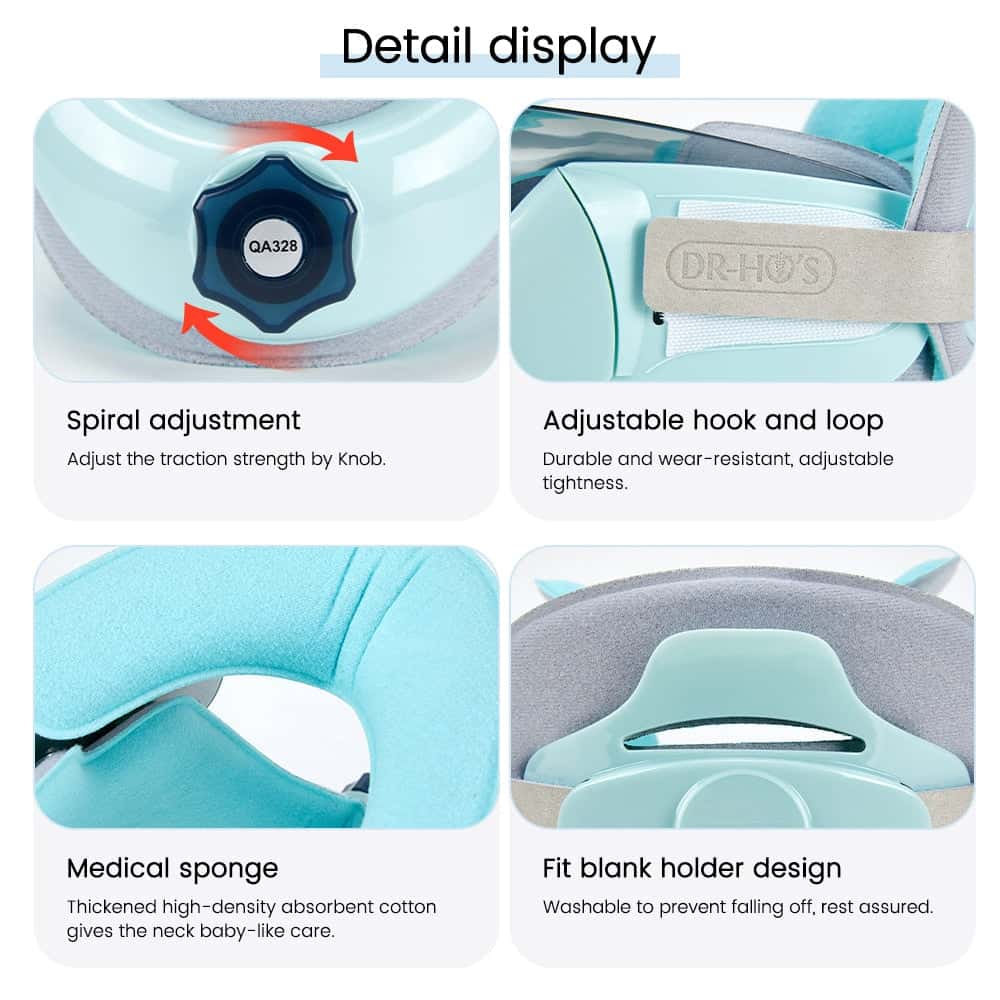
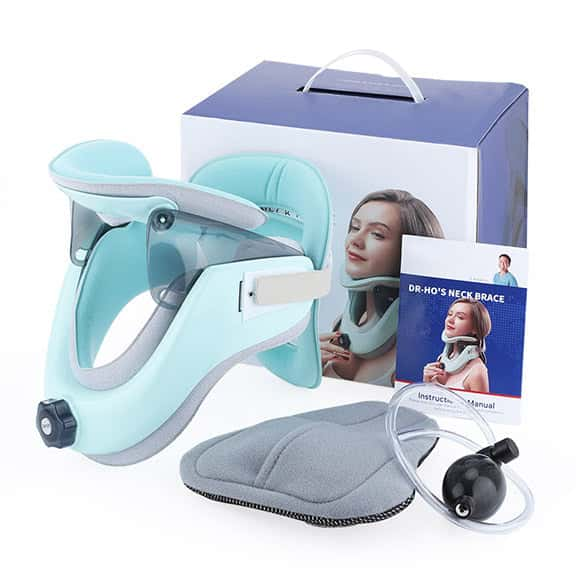
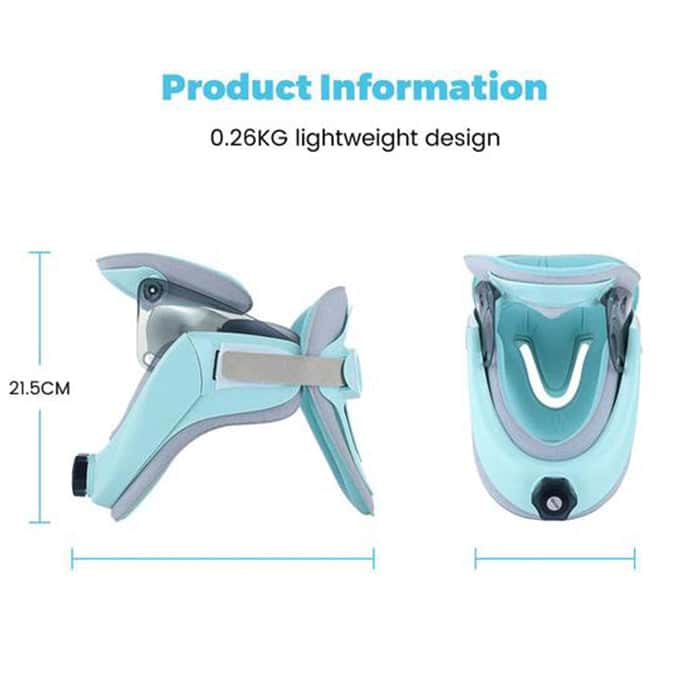
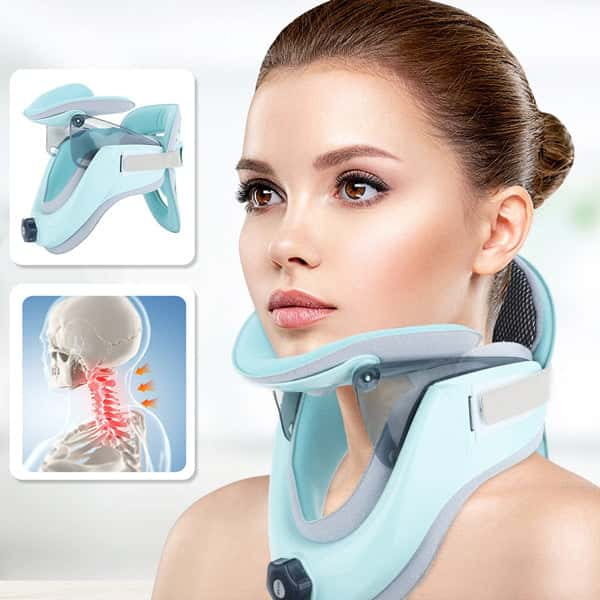




Share and get 15% off!
Simply share this product on one of the following social networks and you will unlock 15% off!